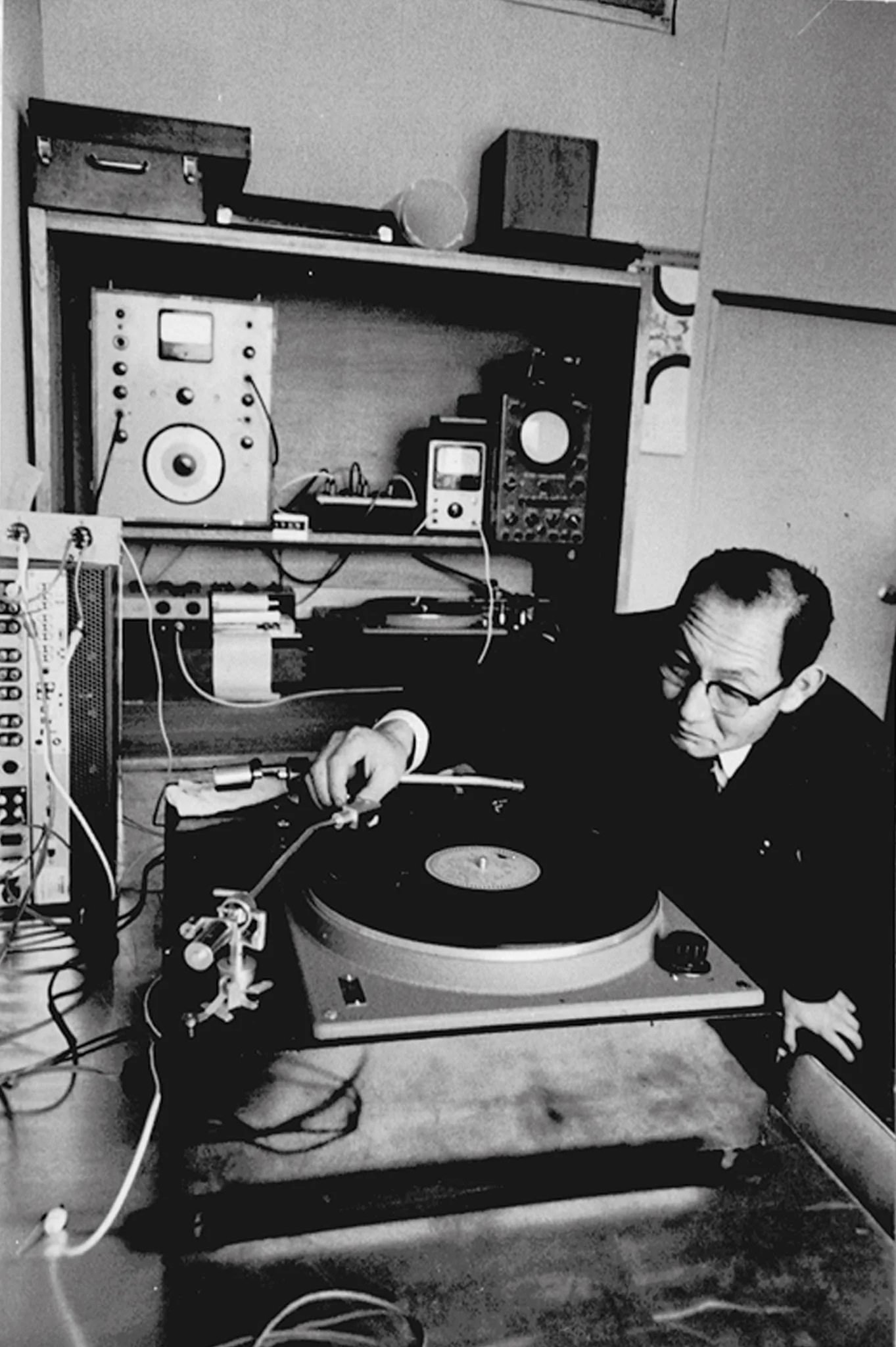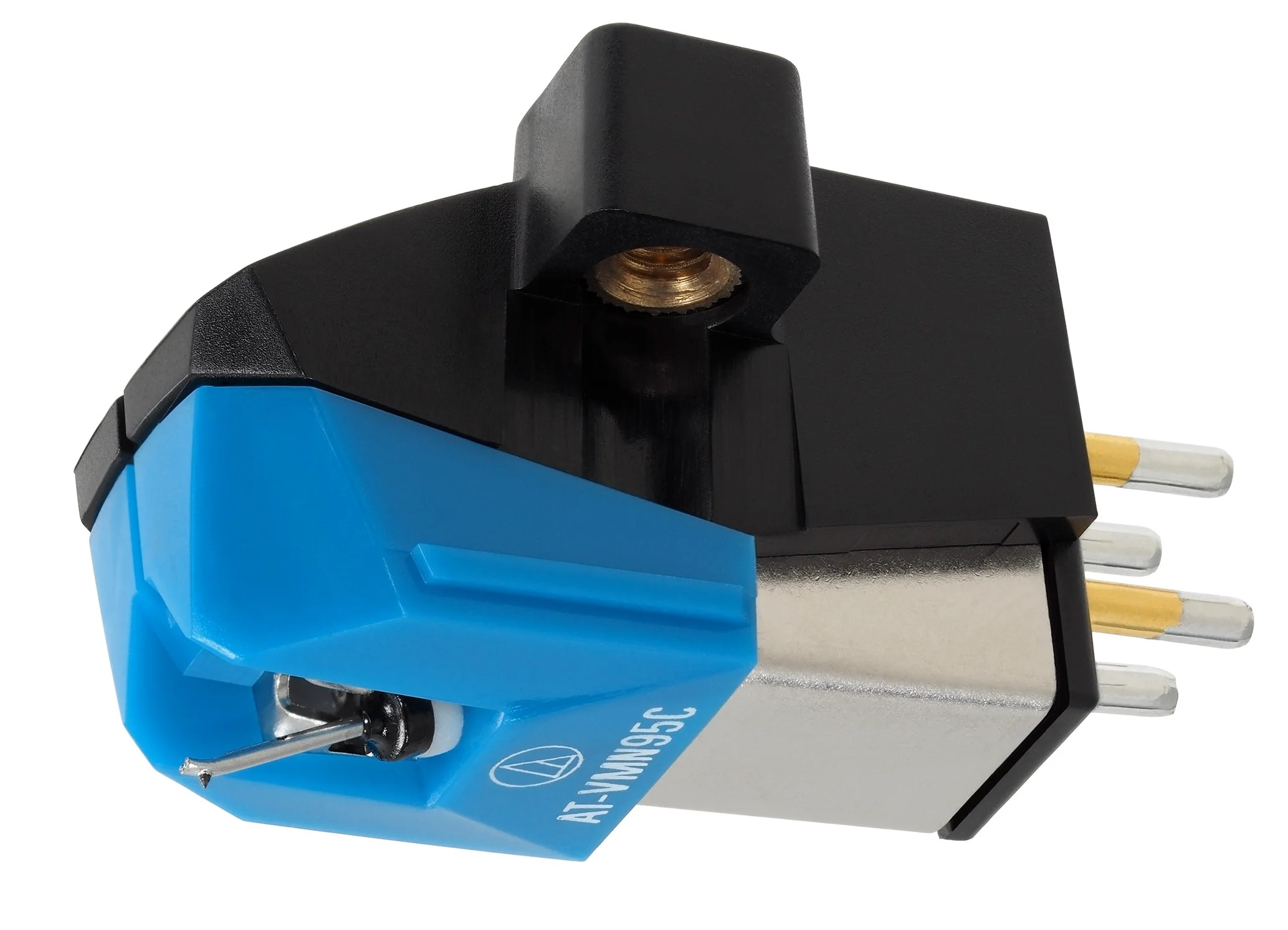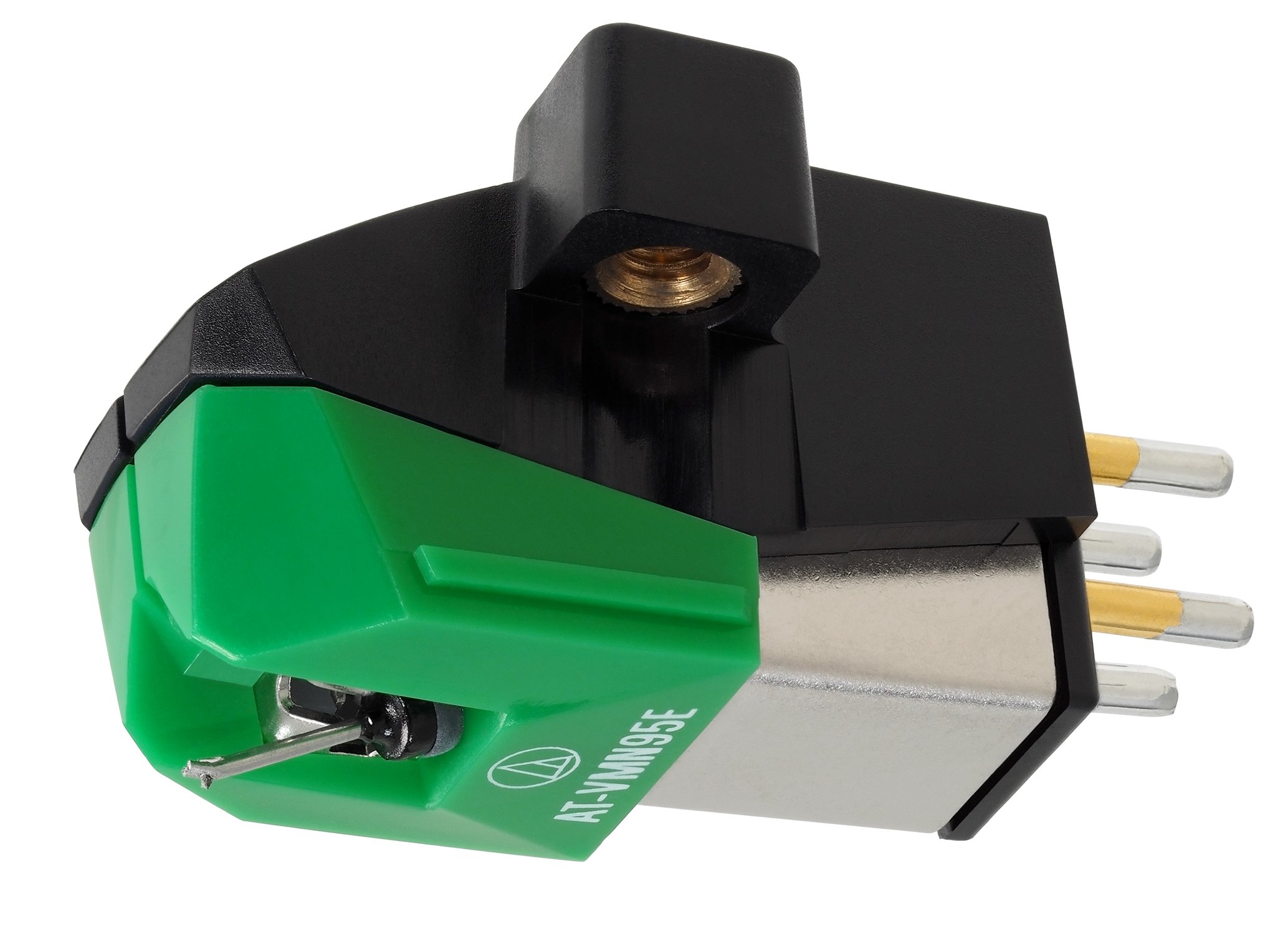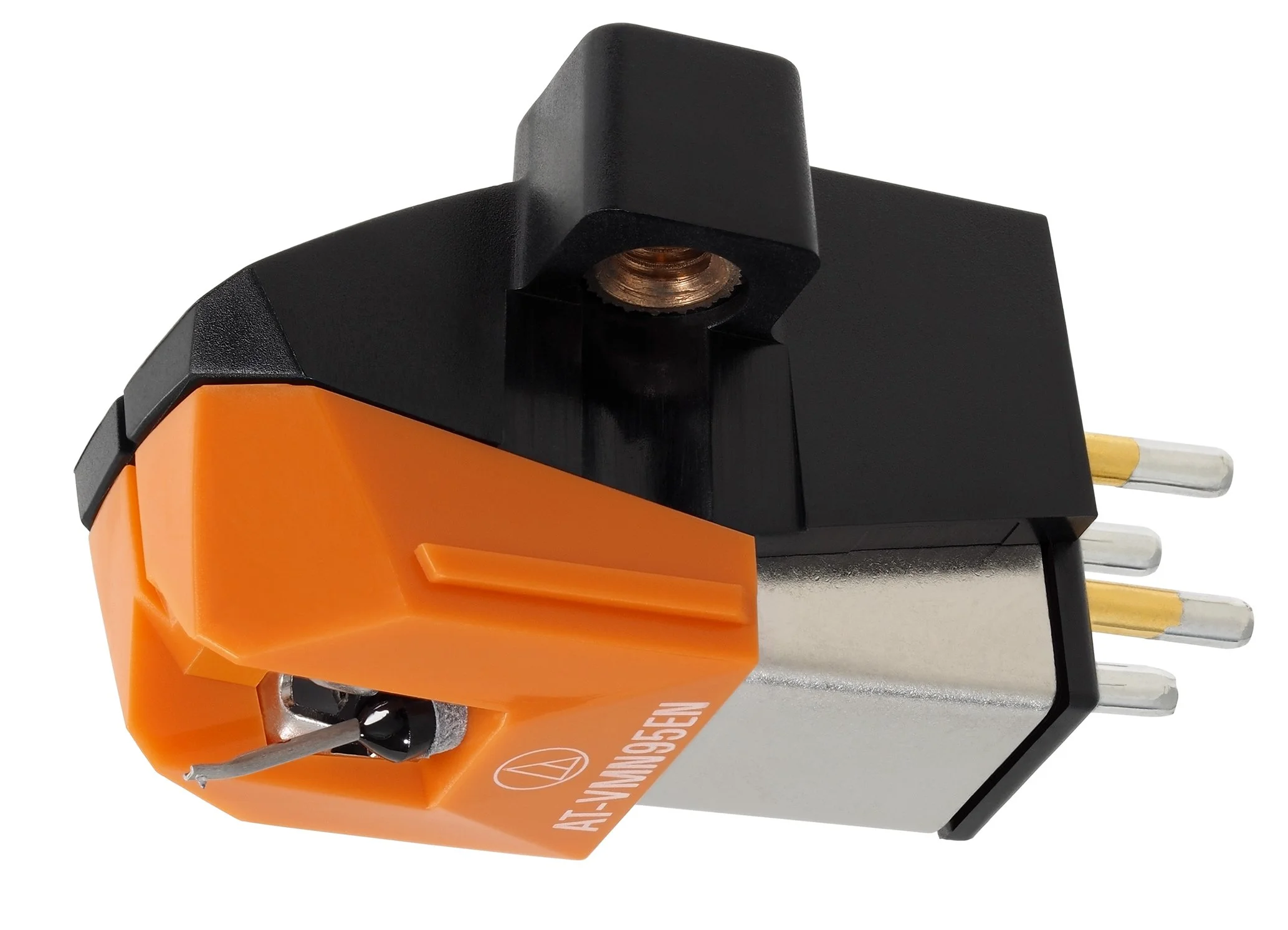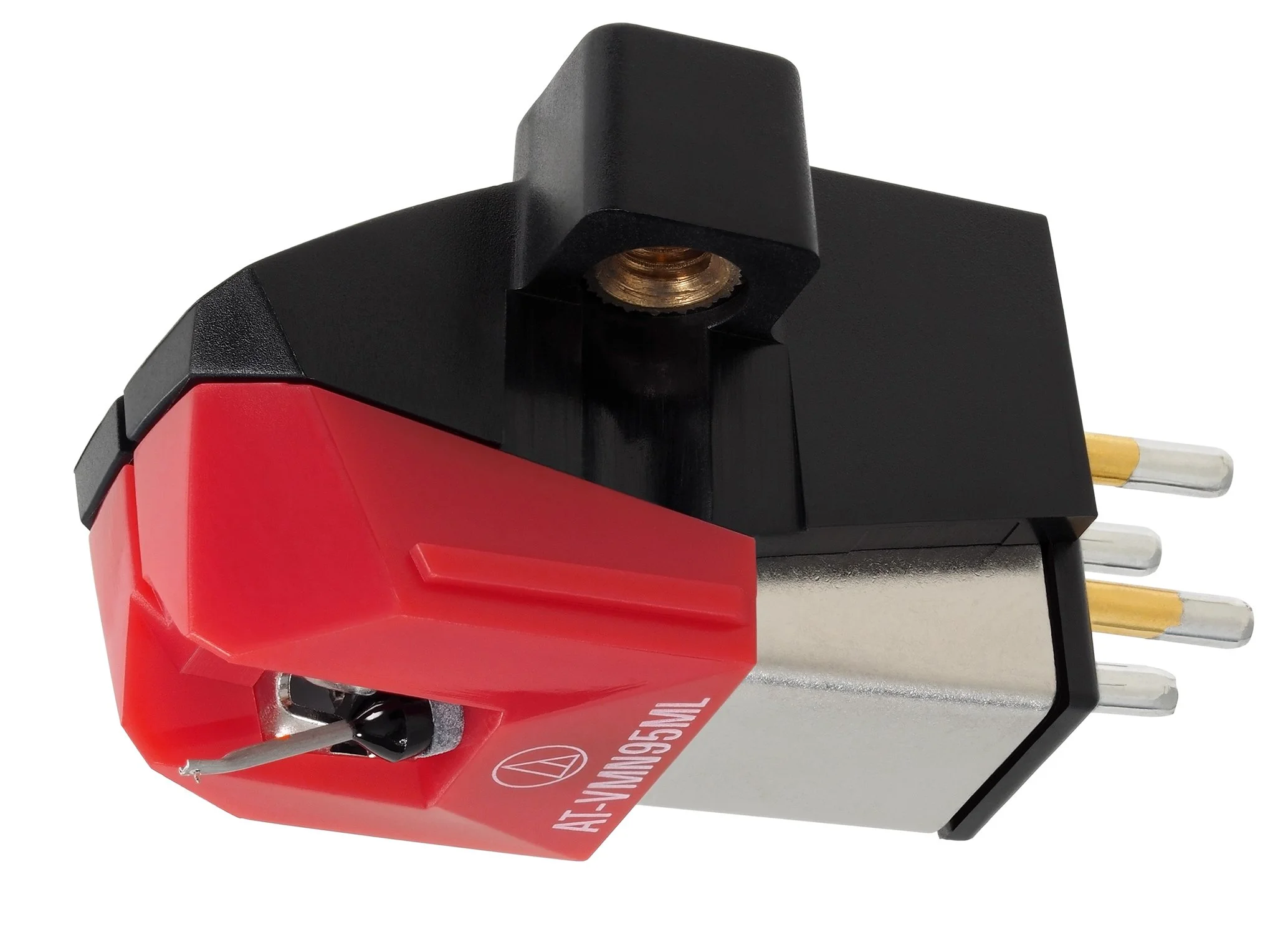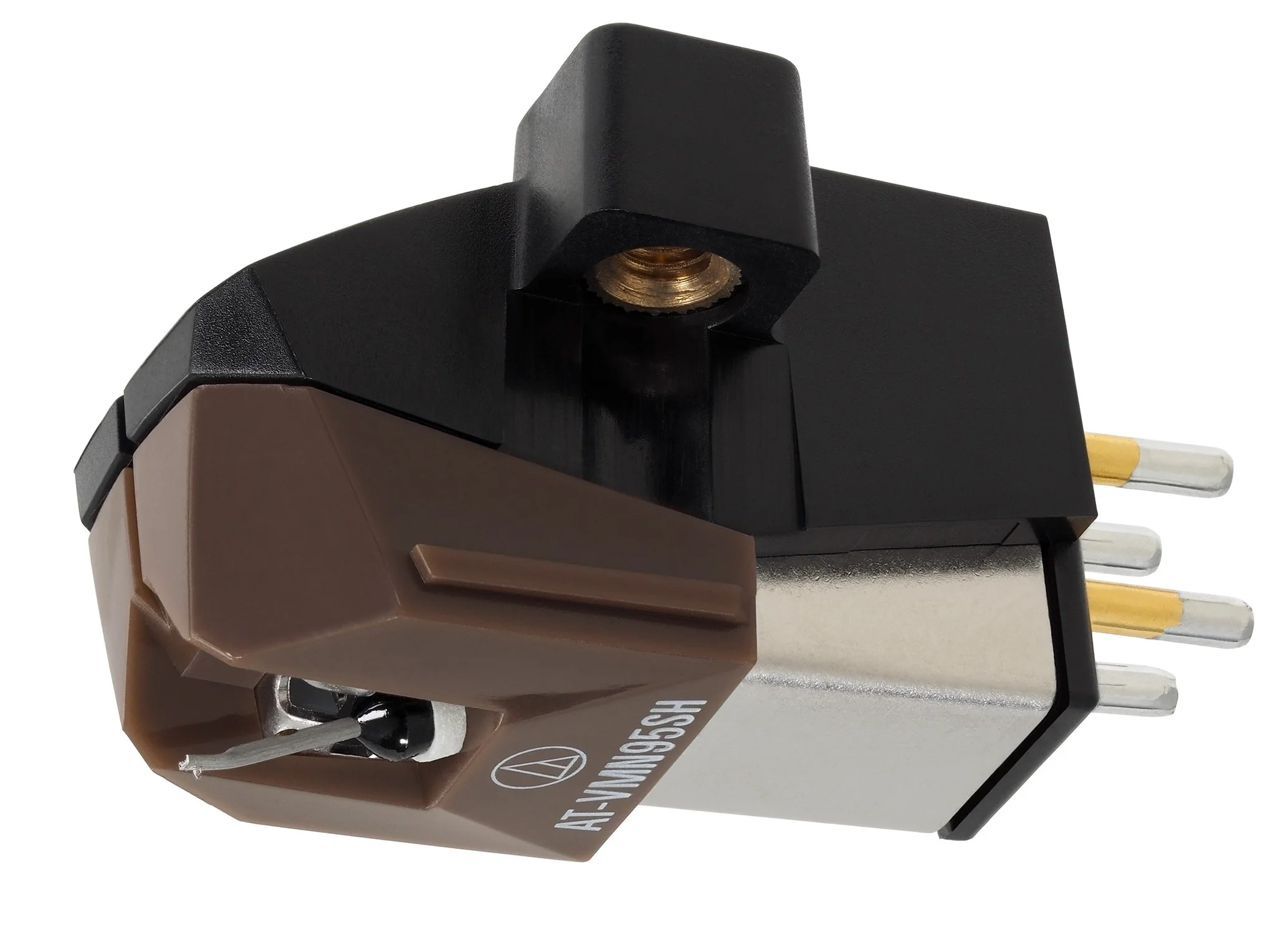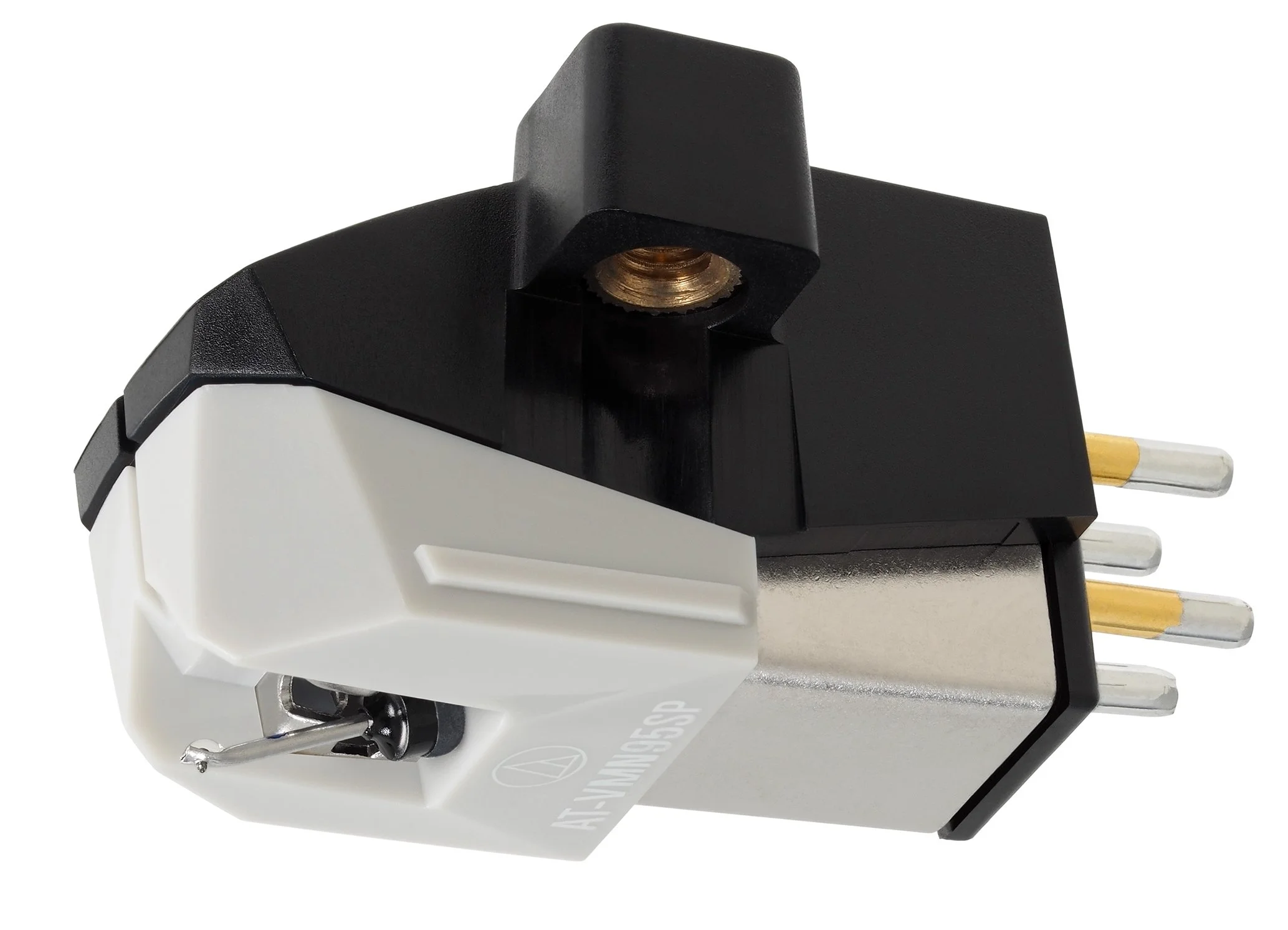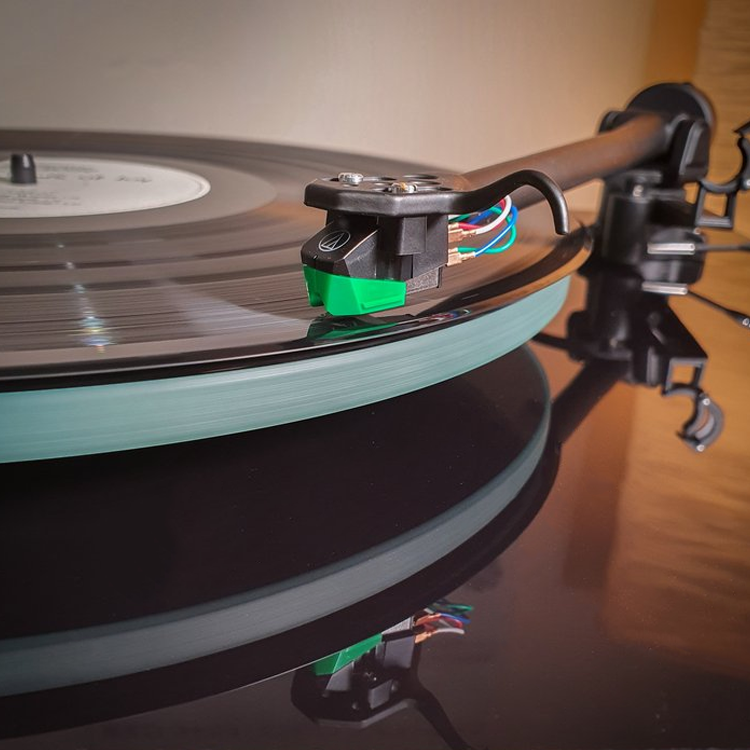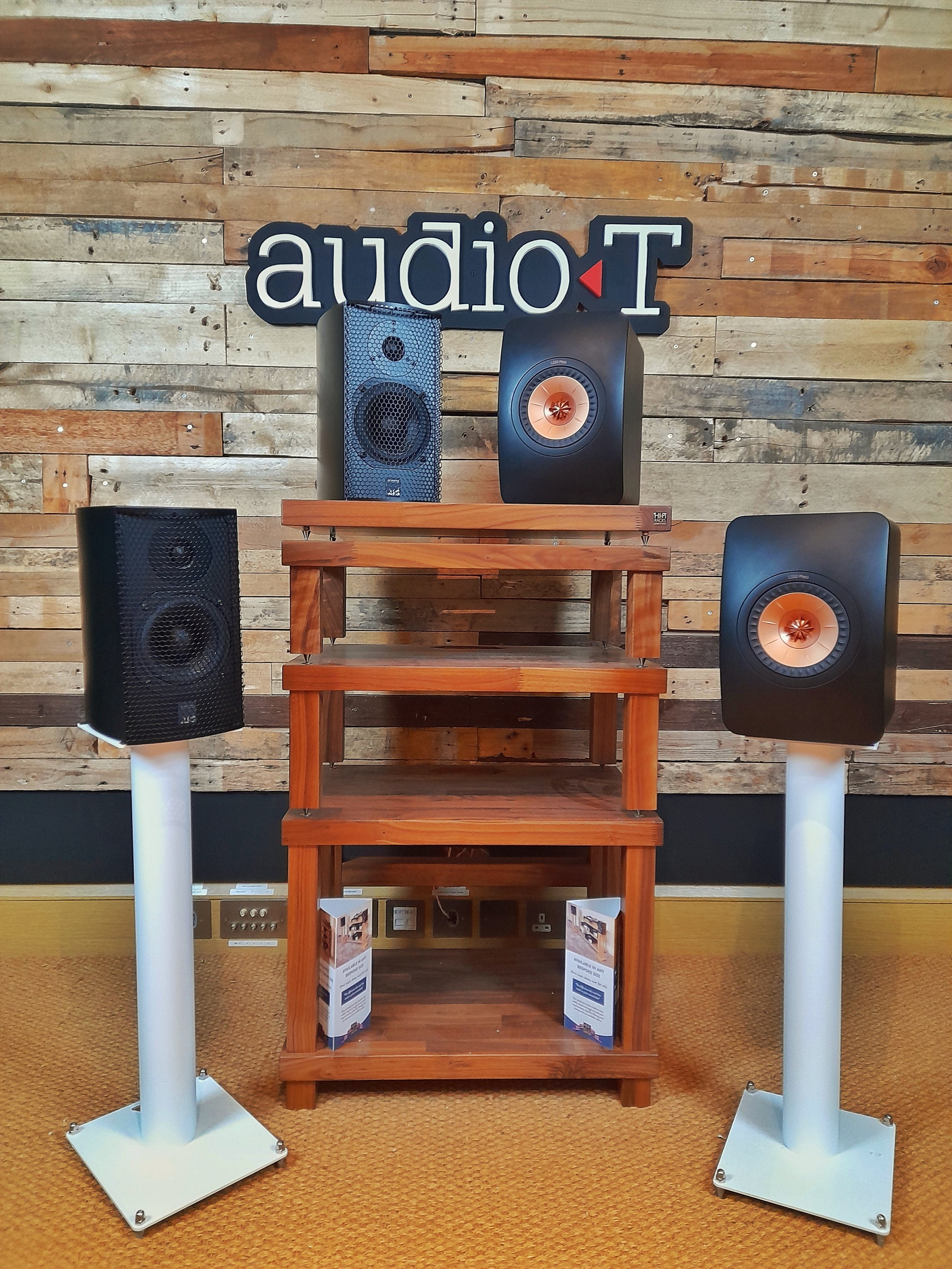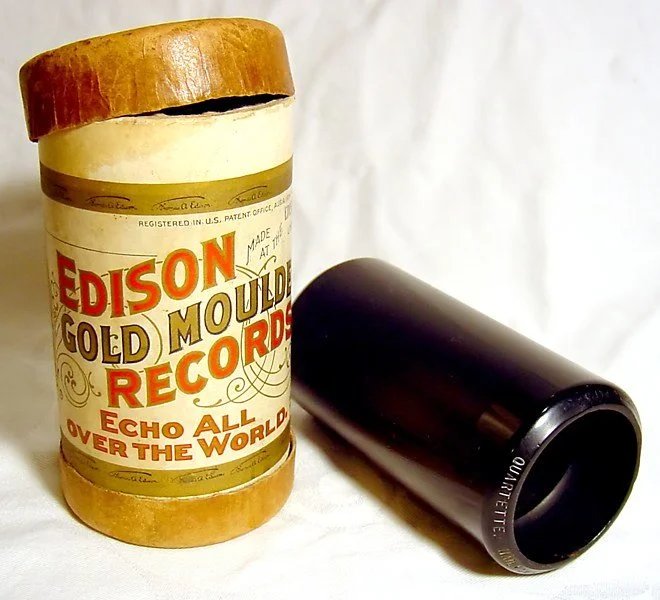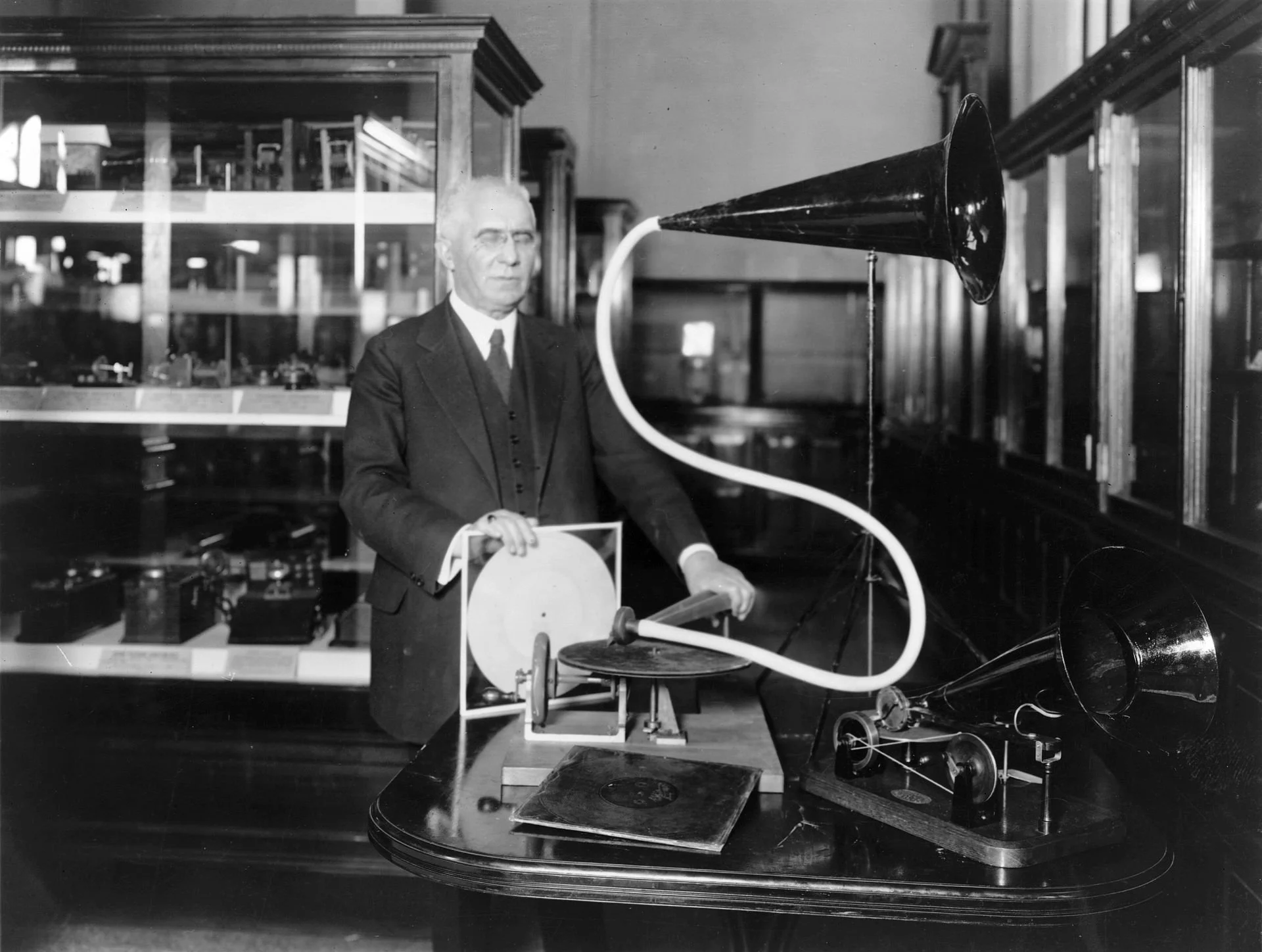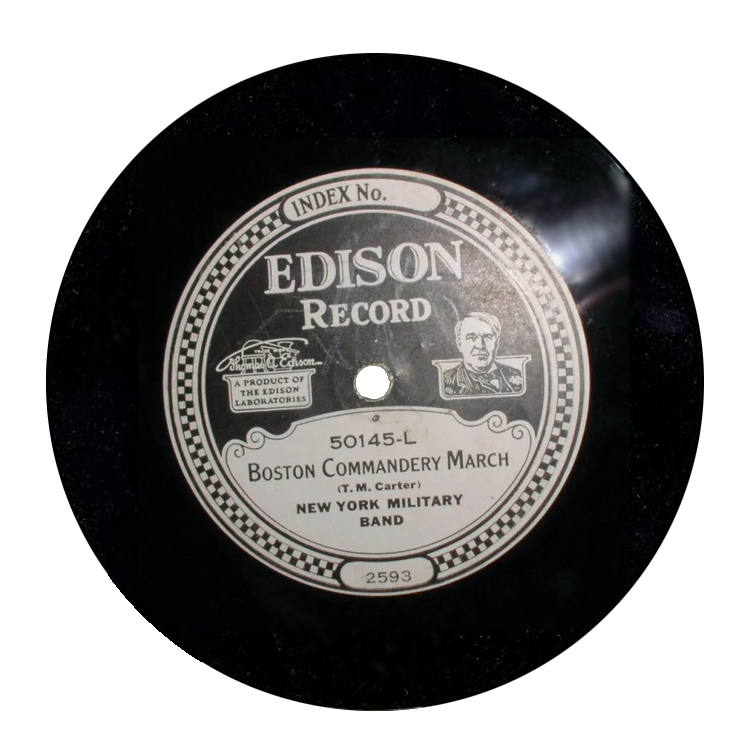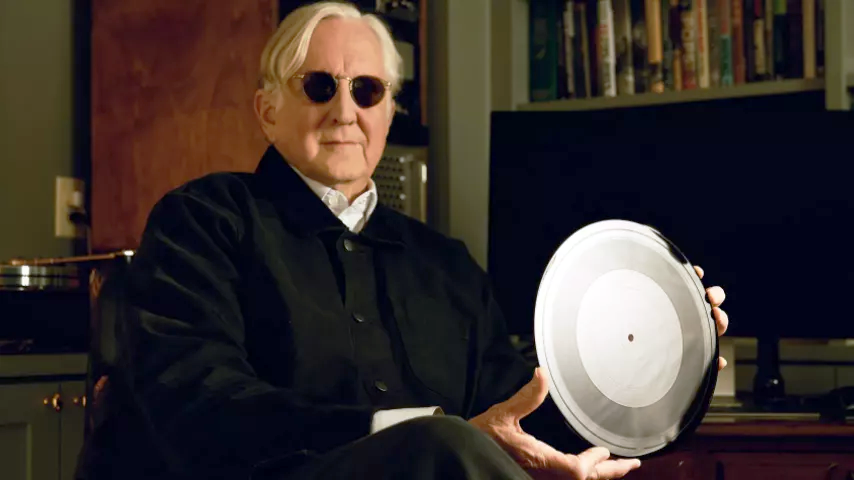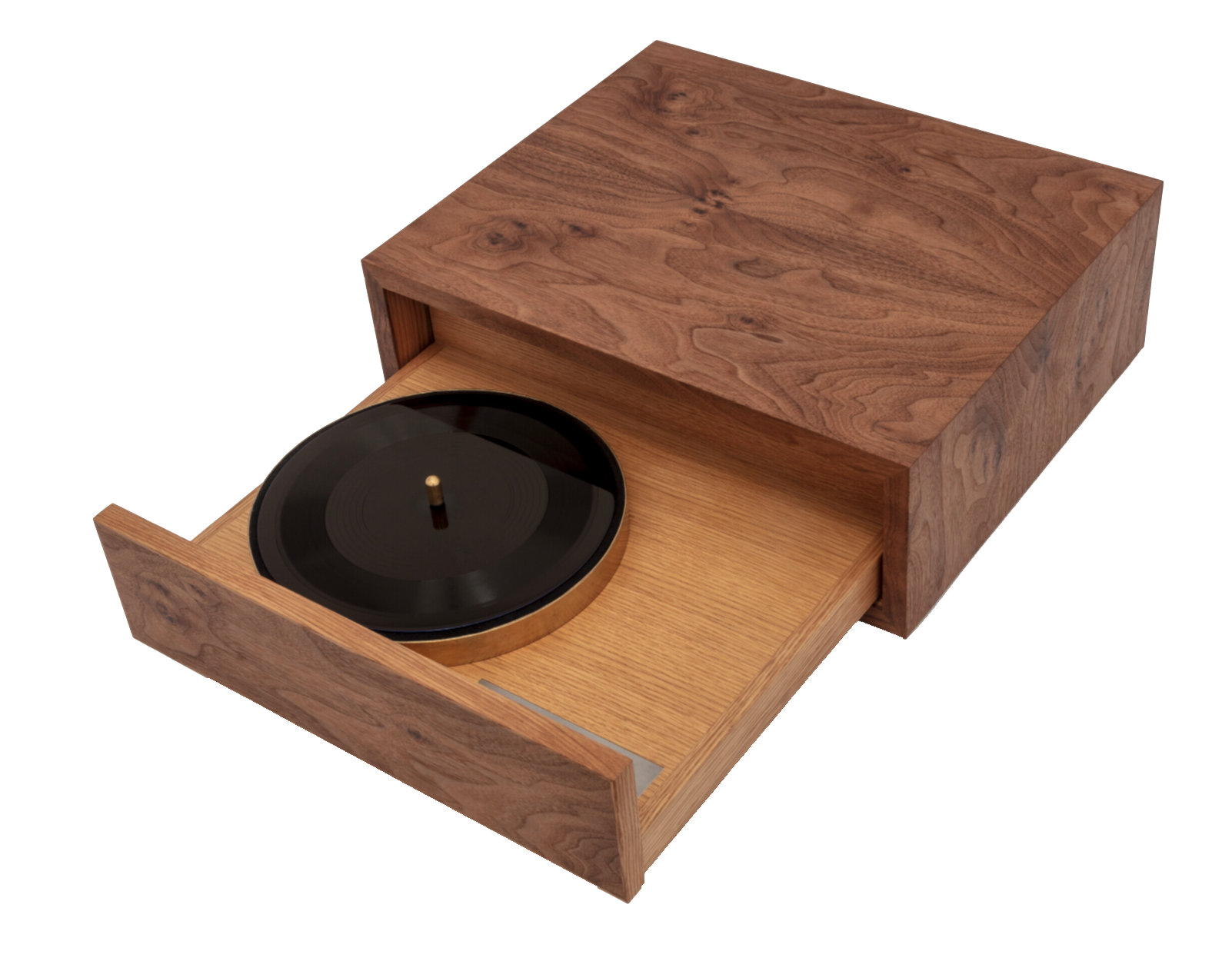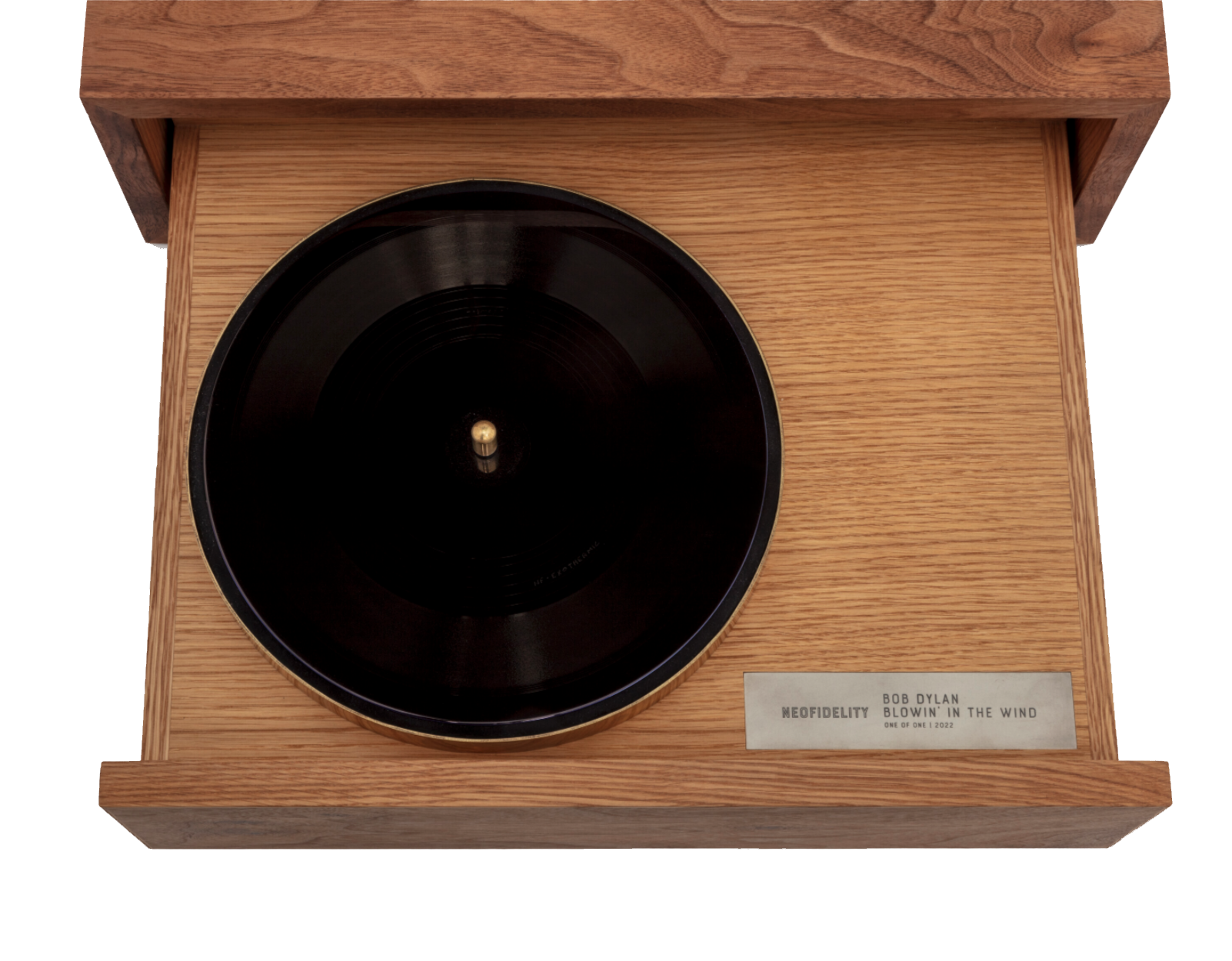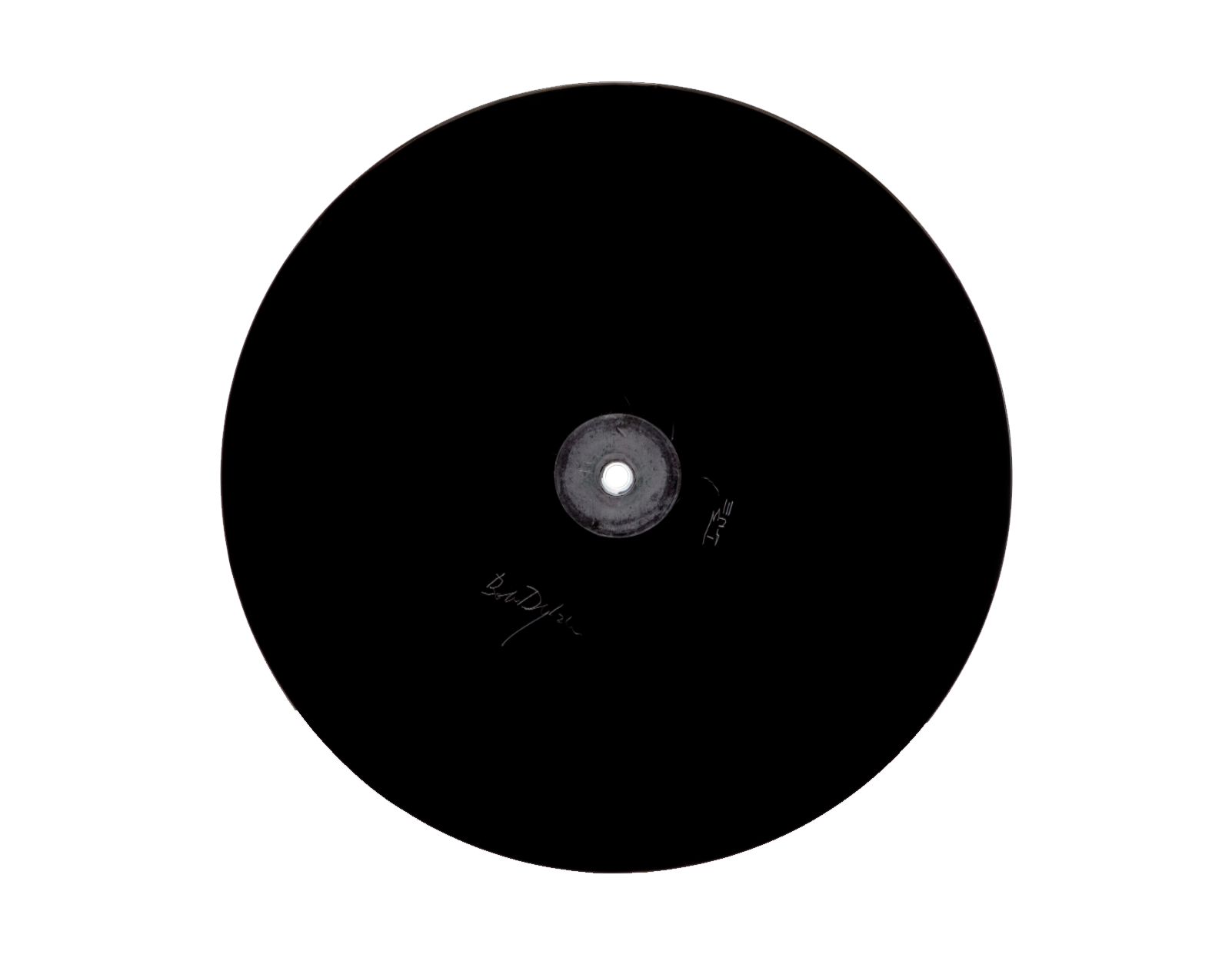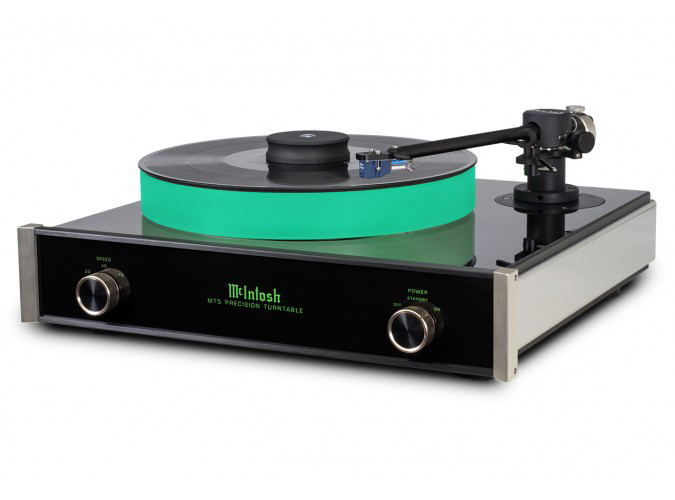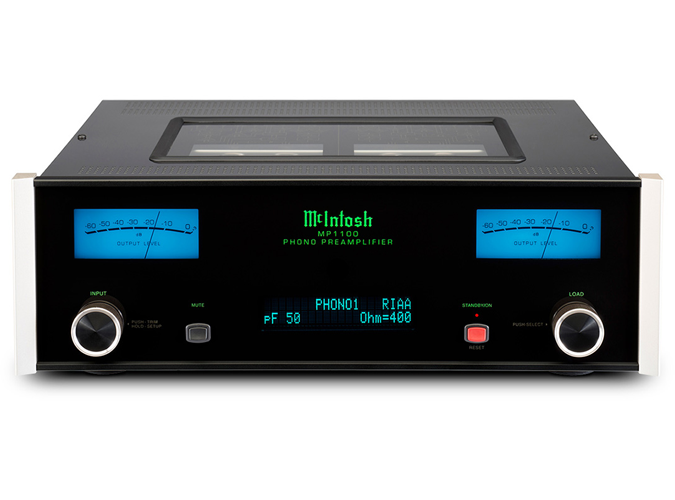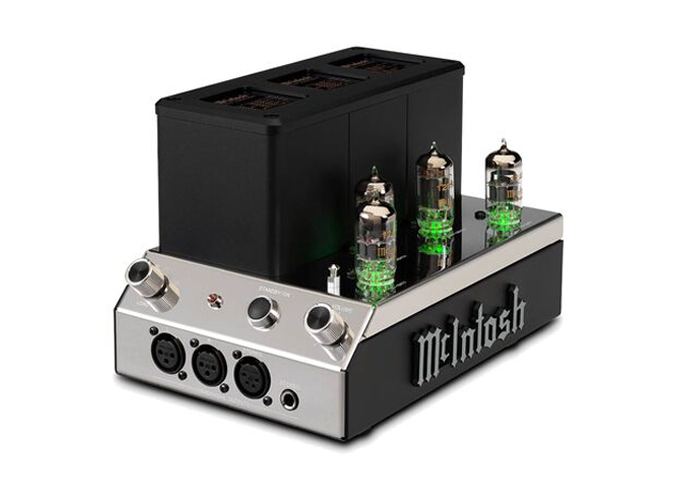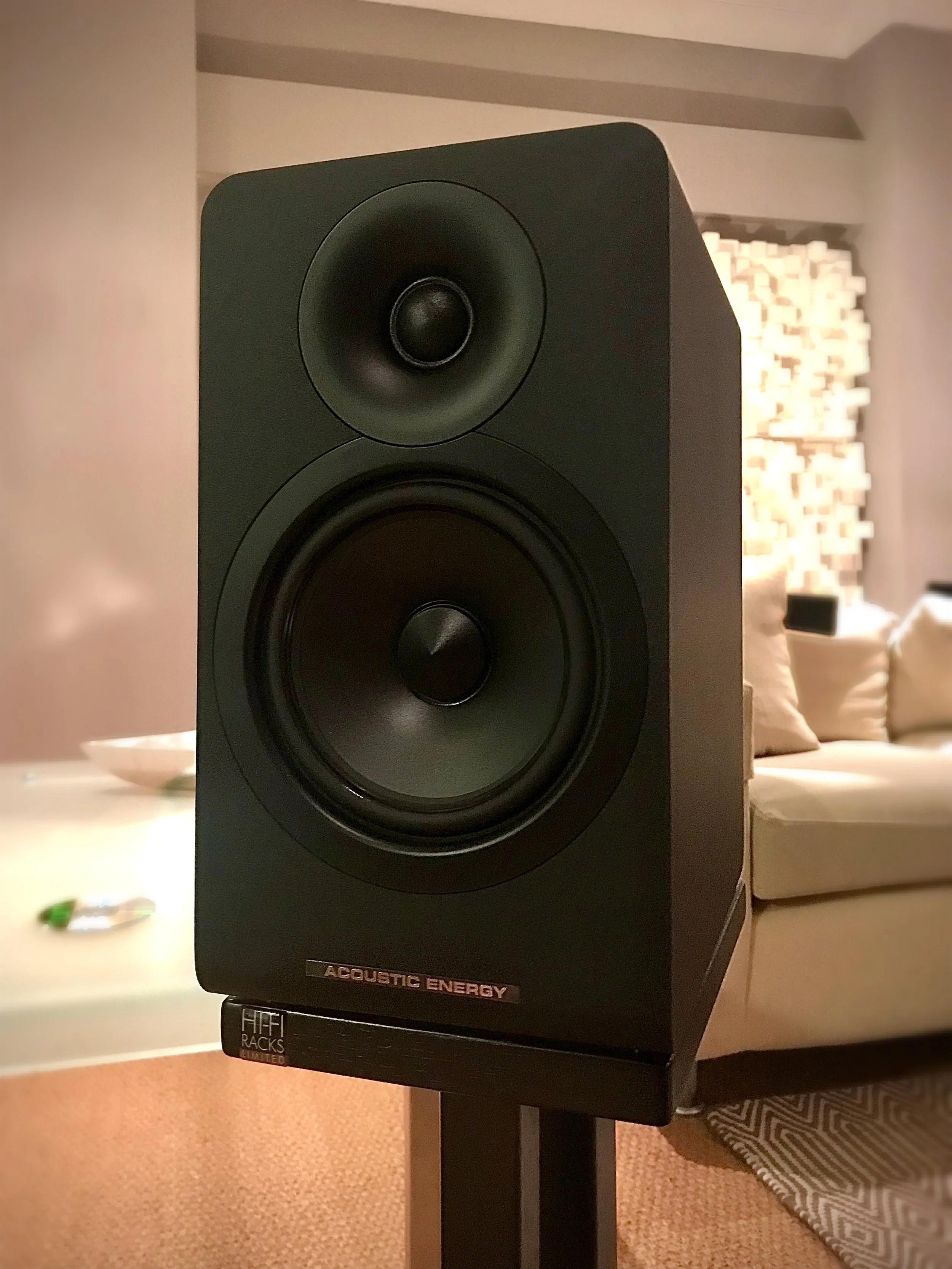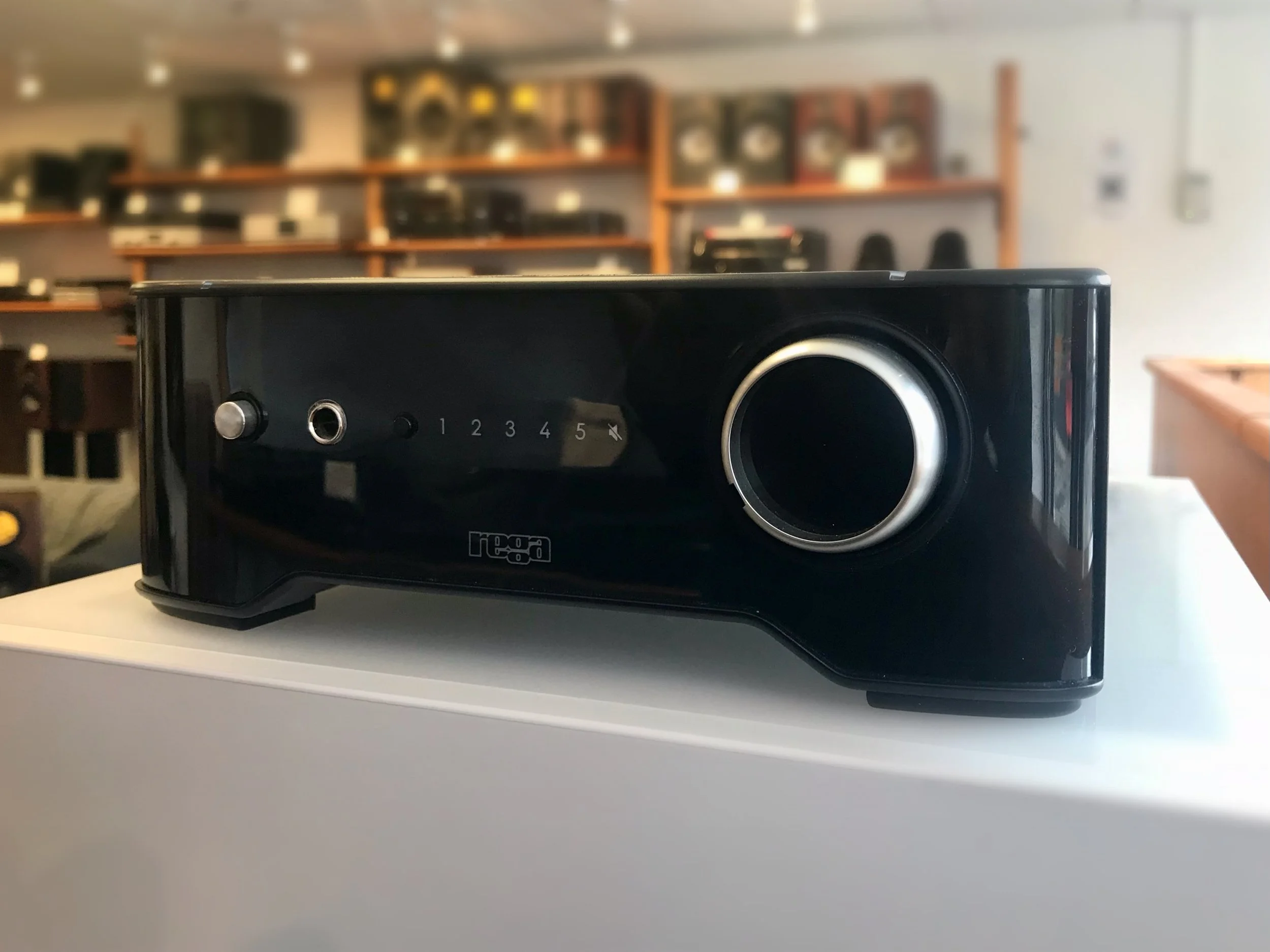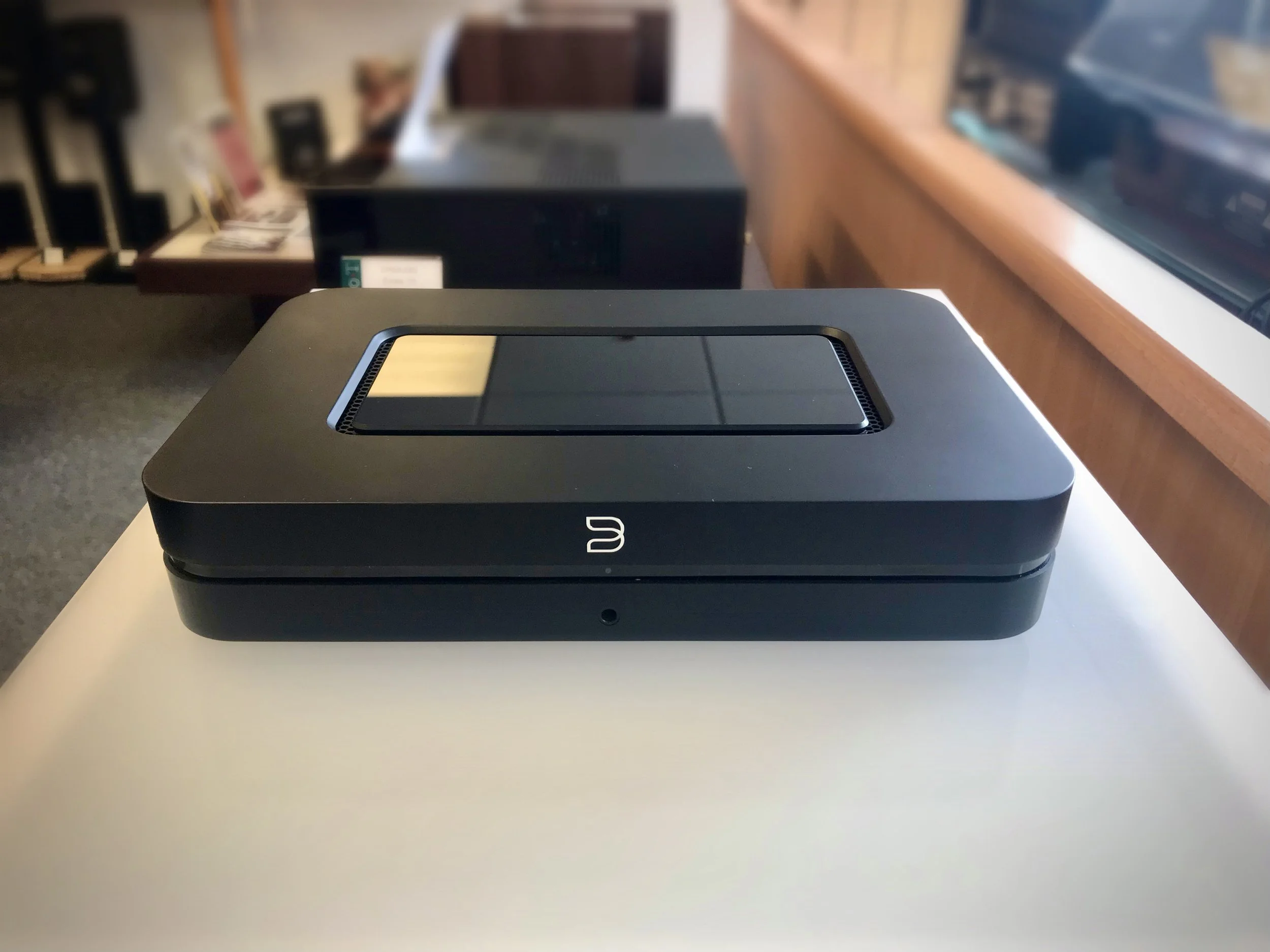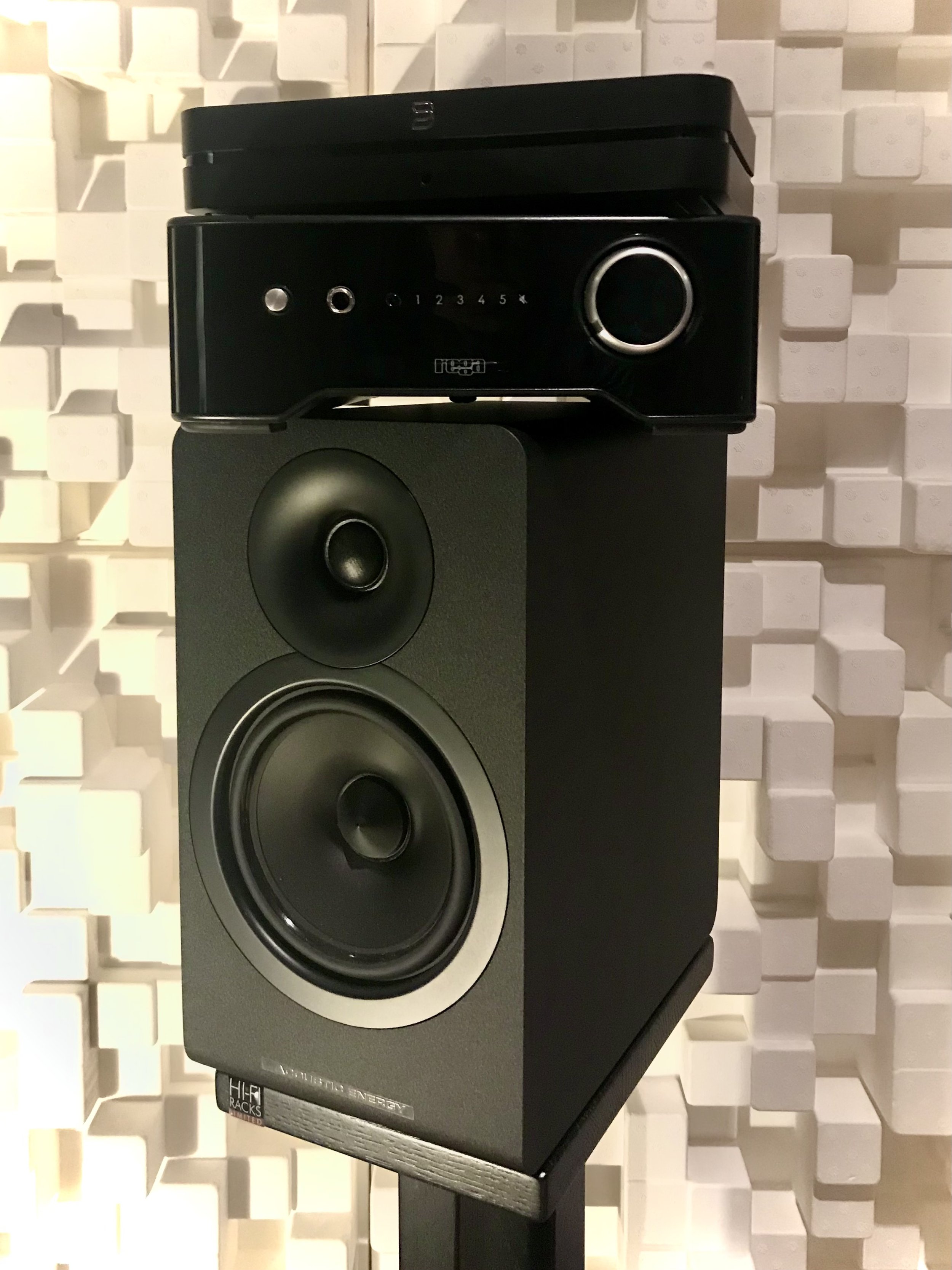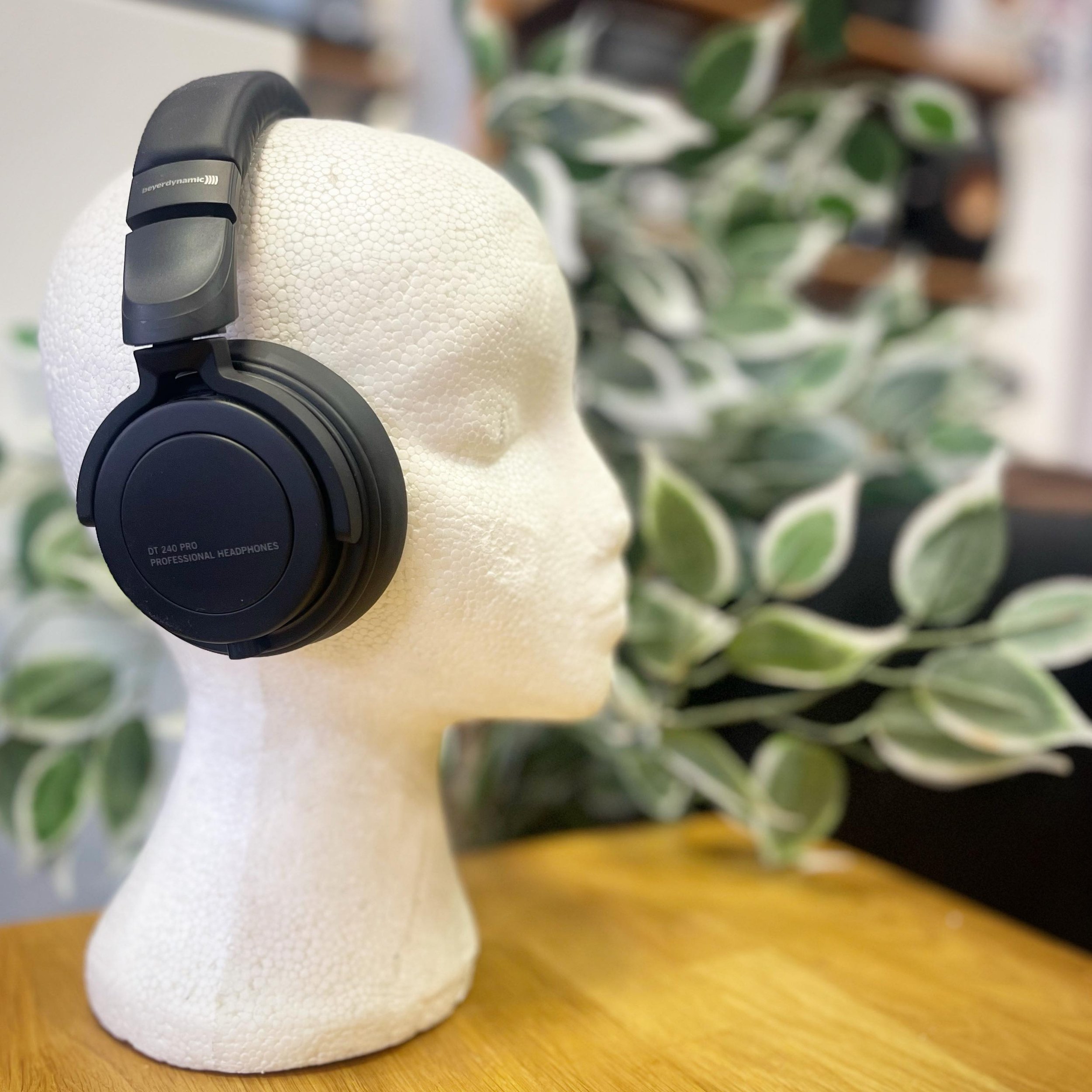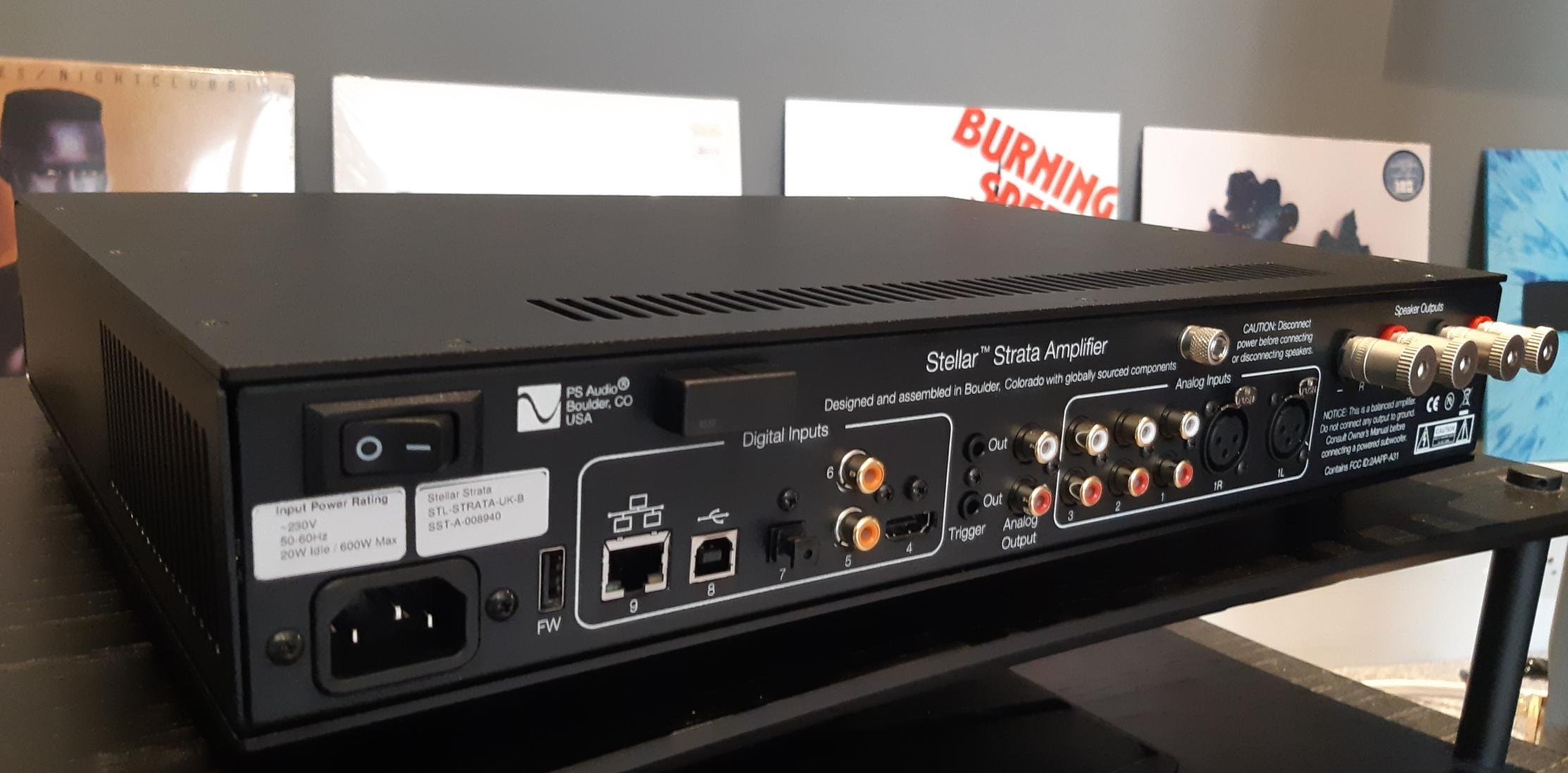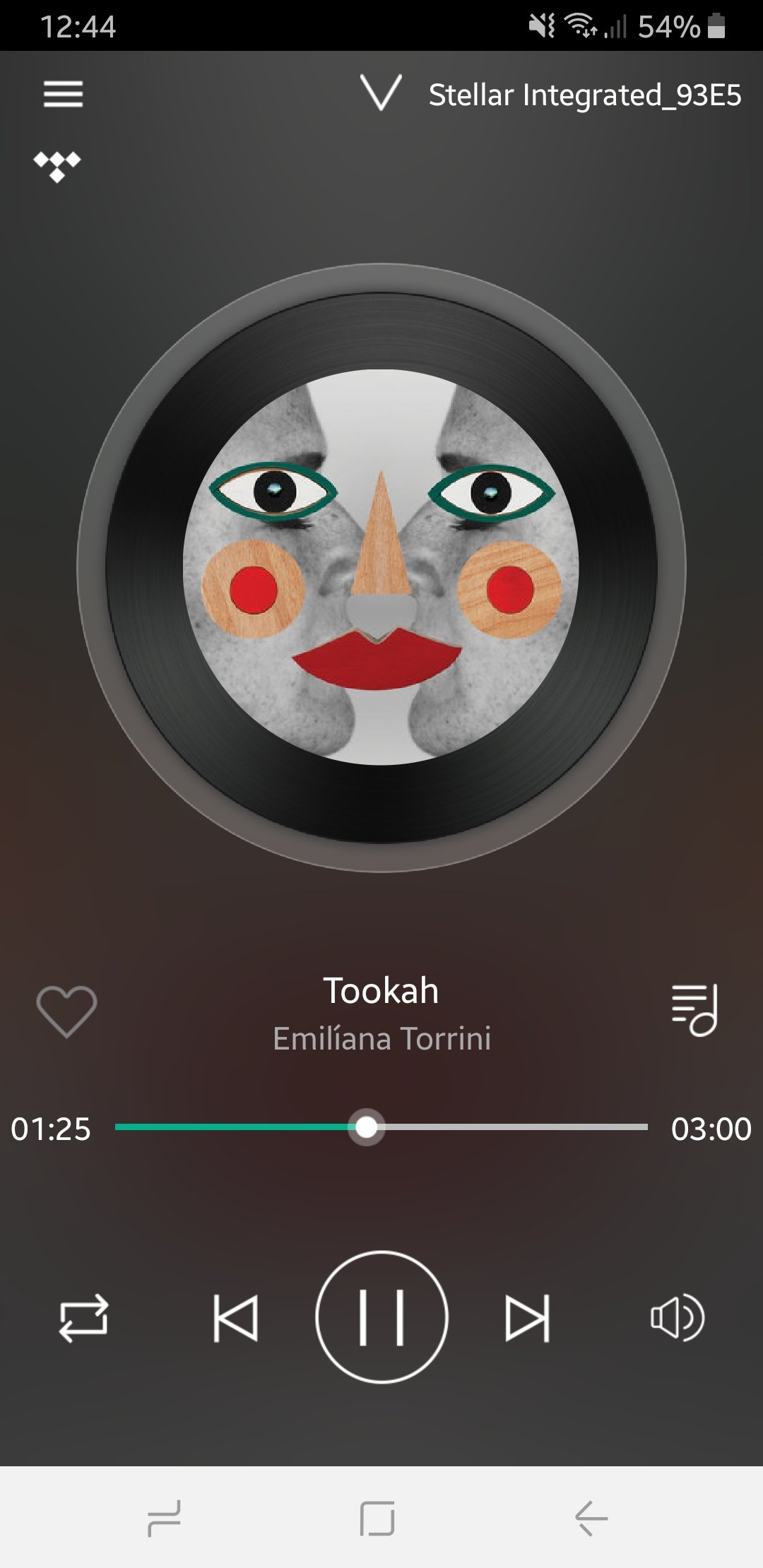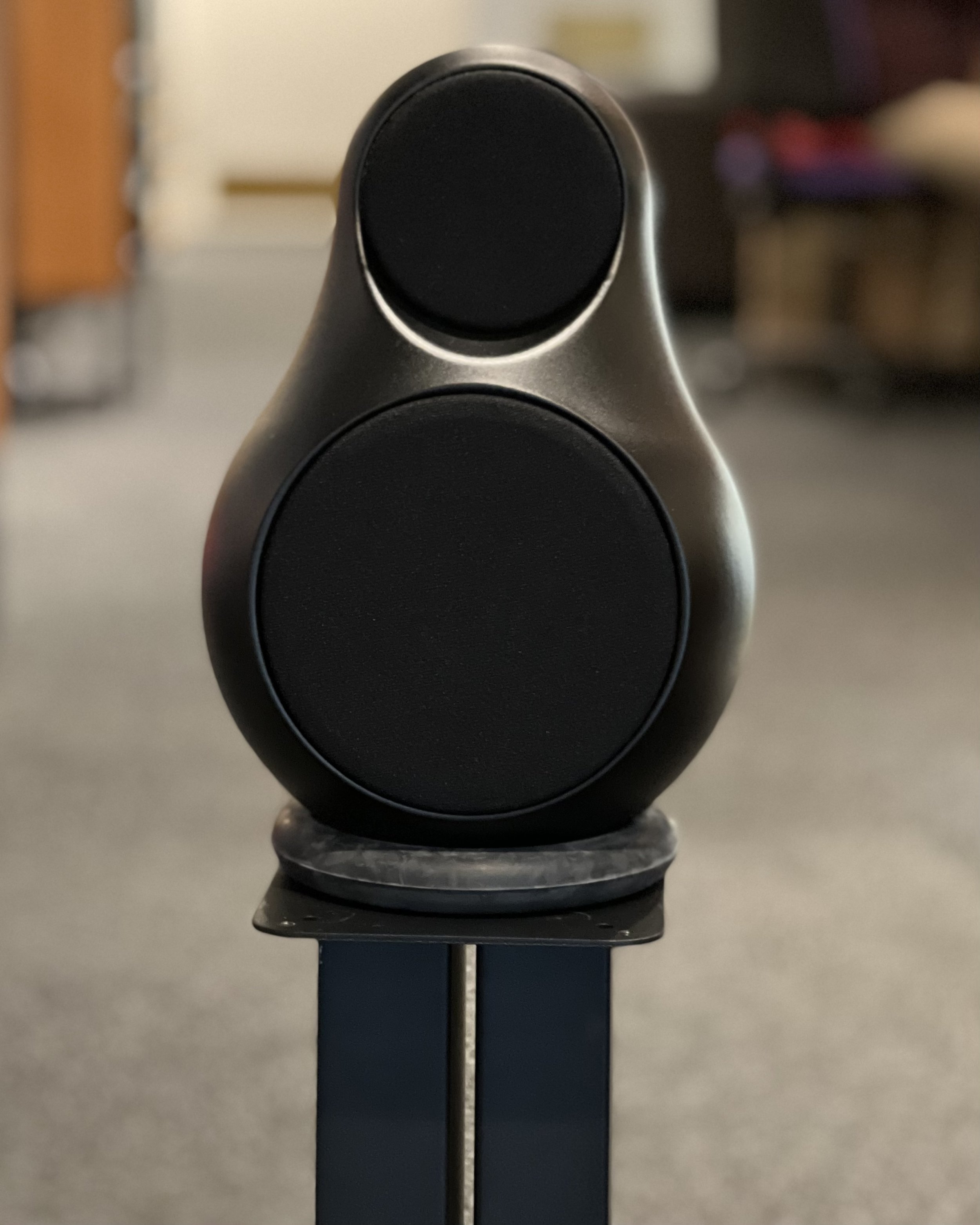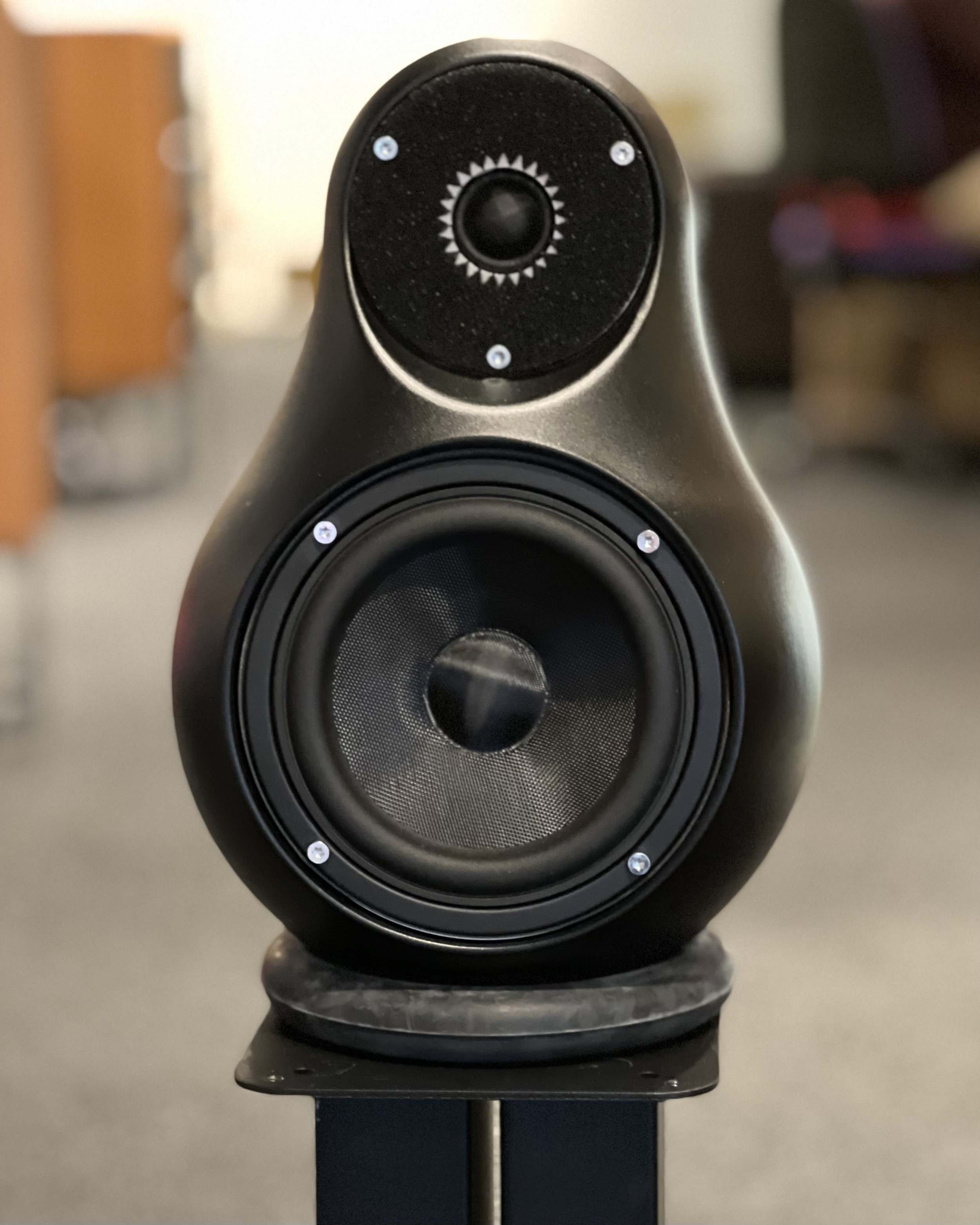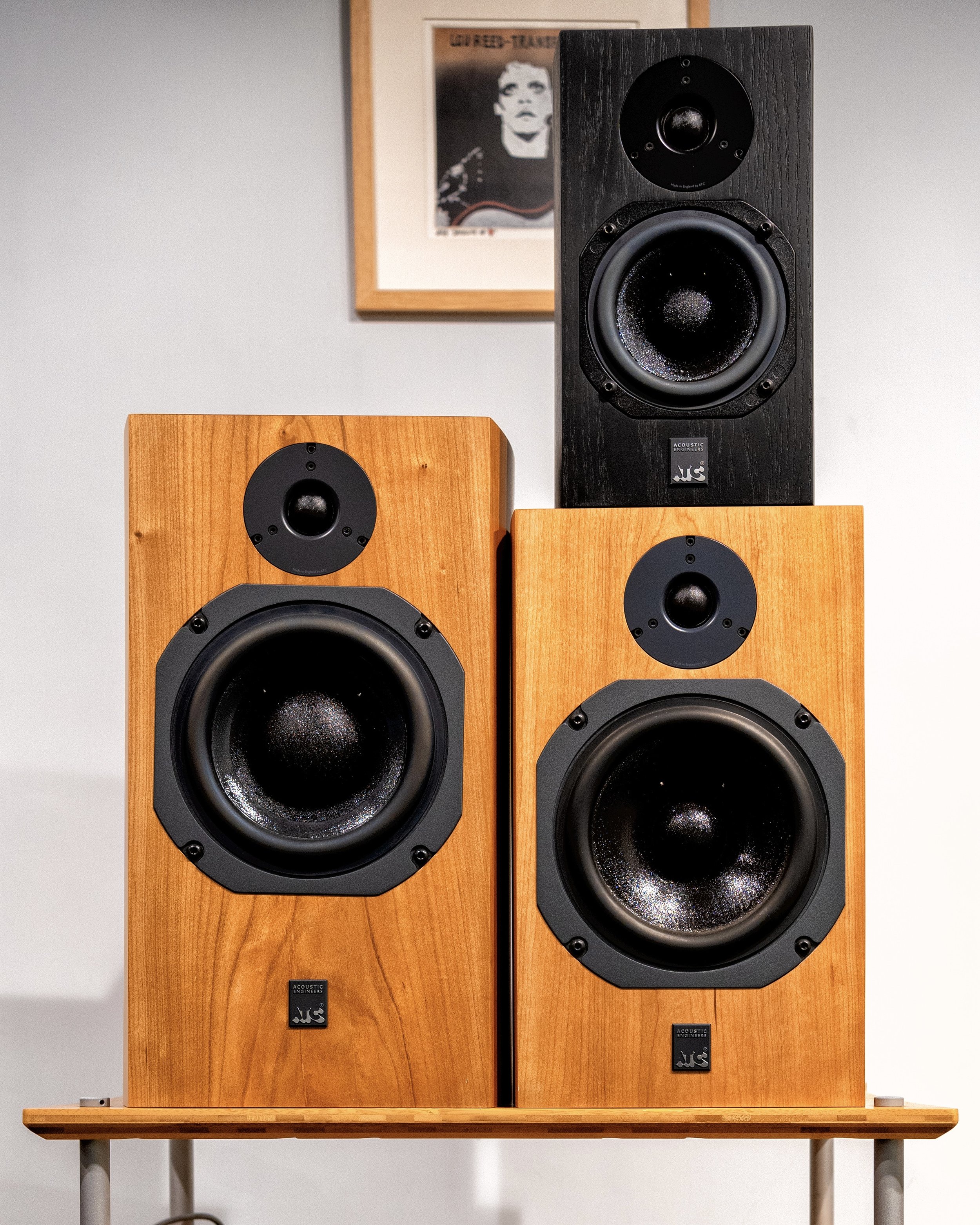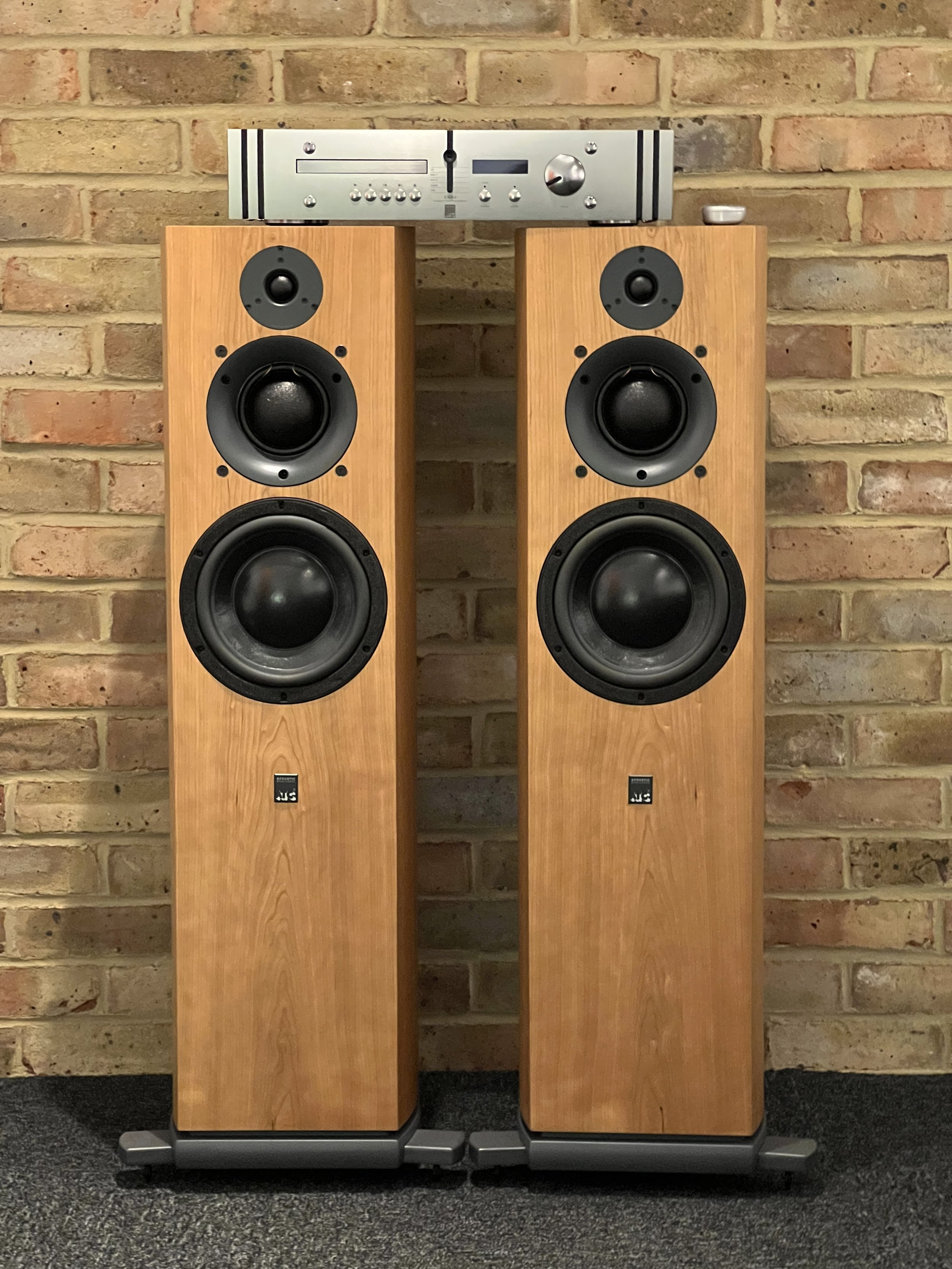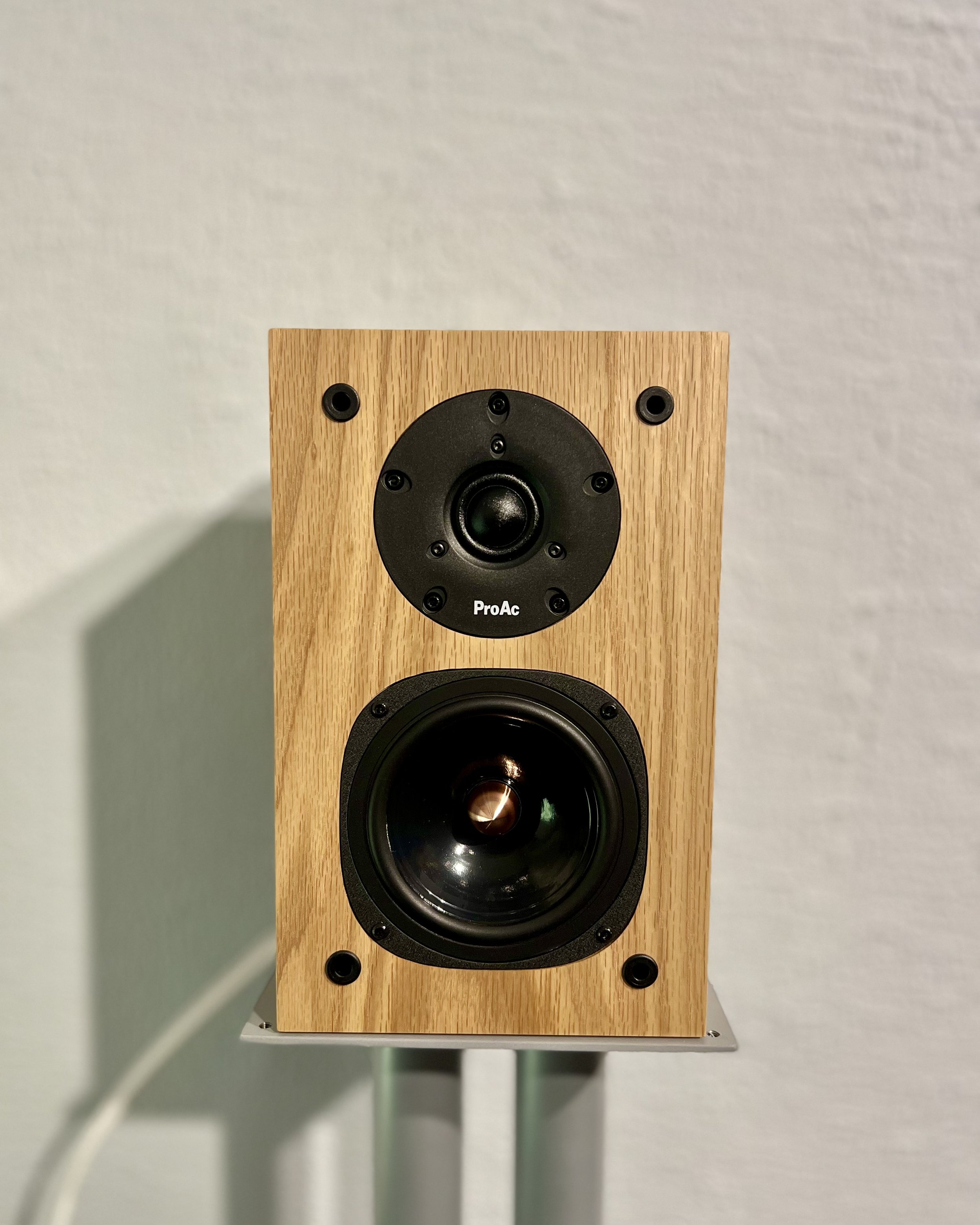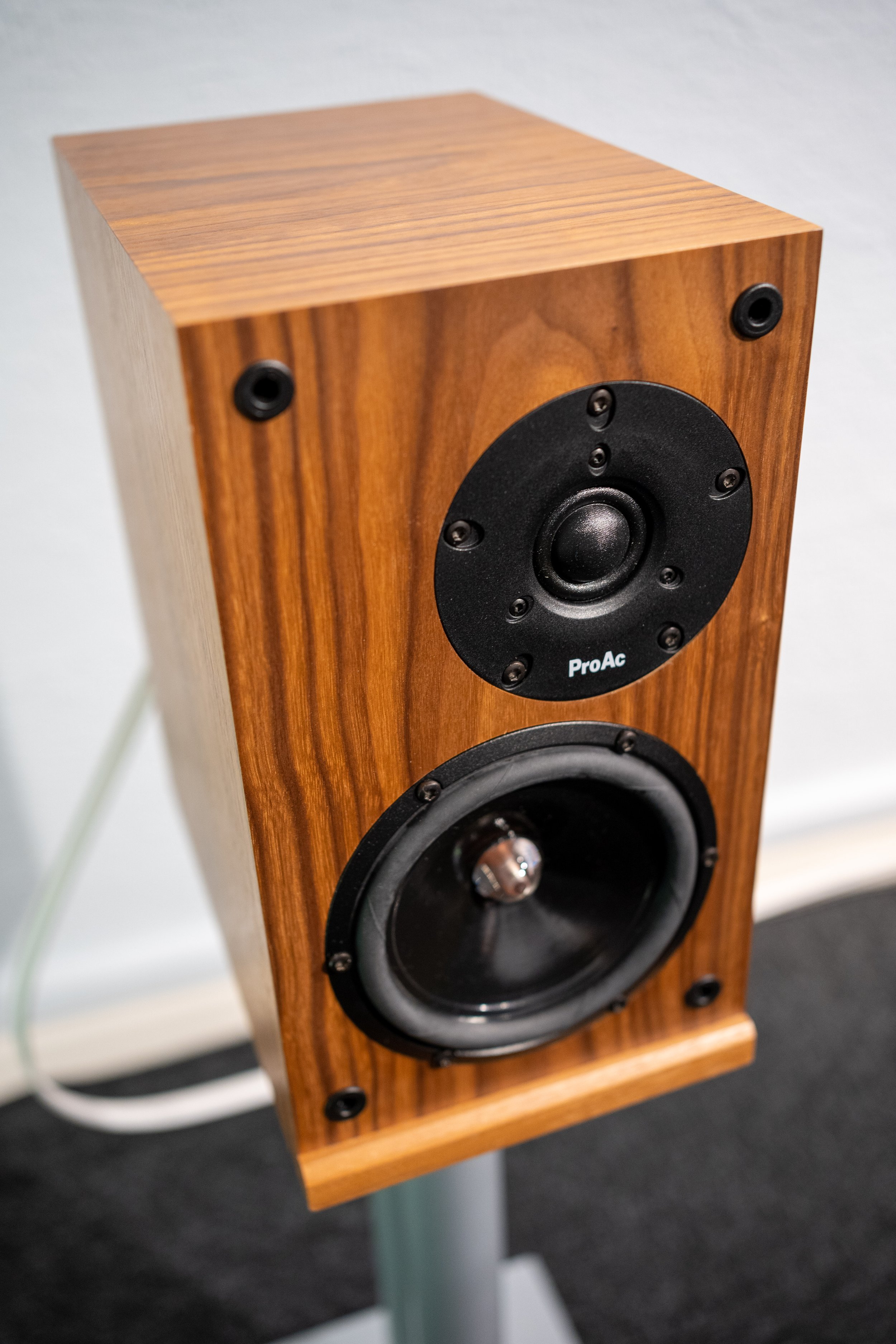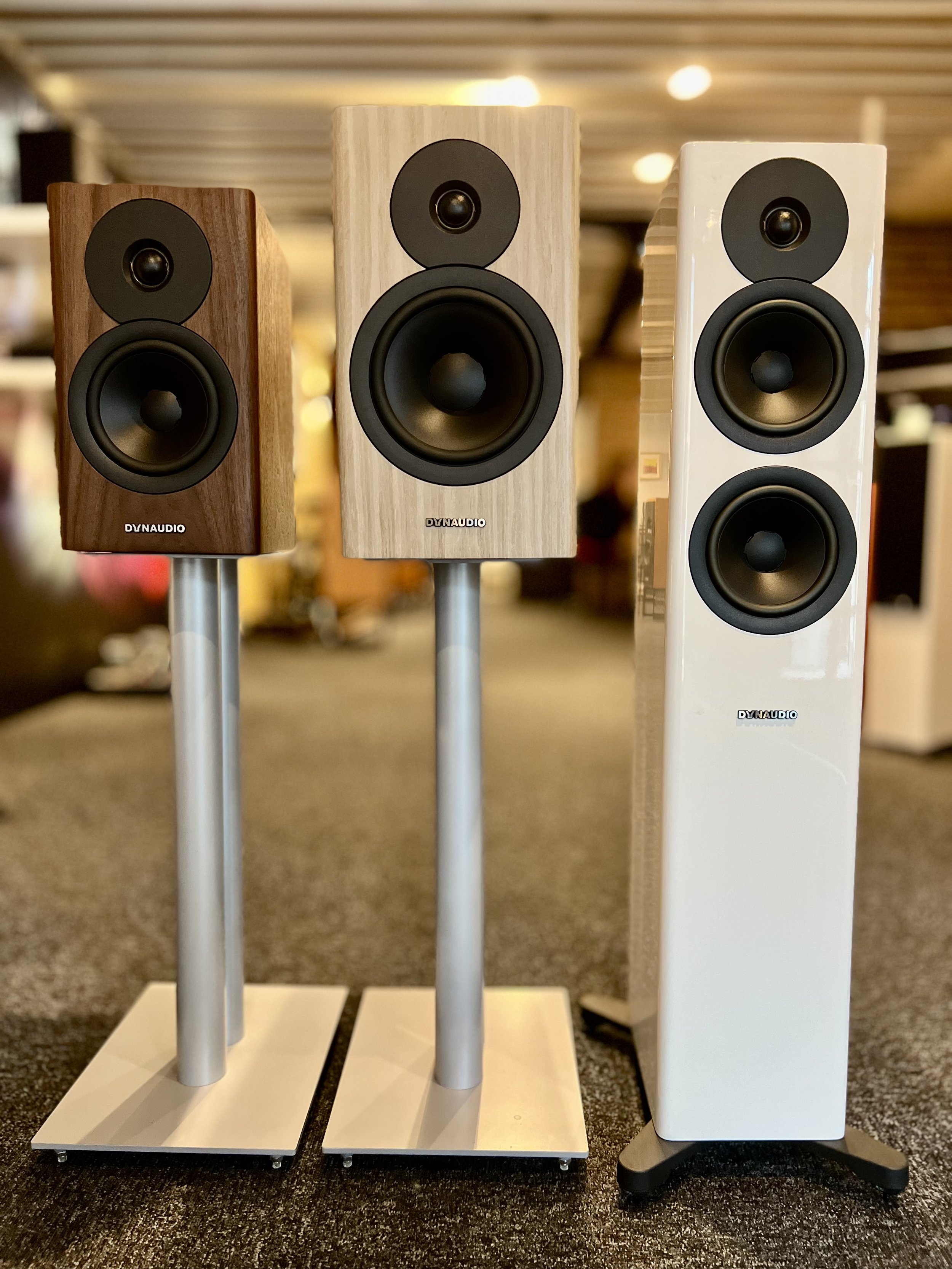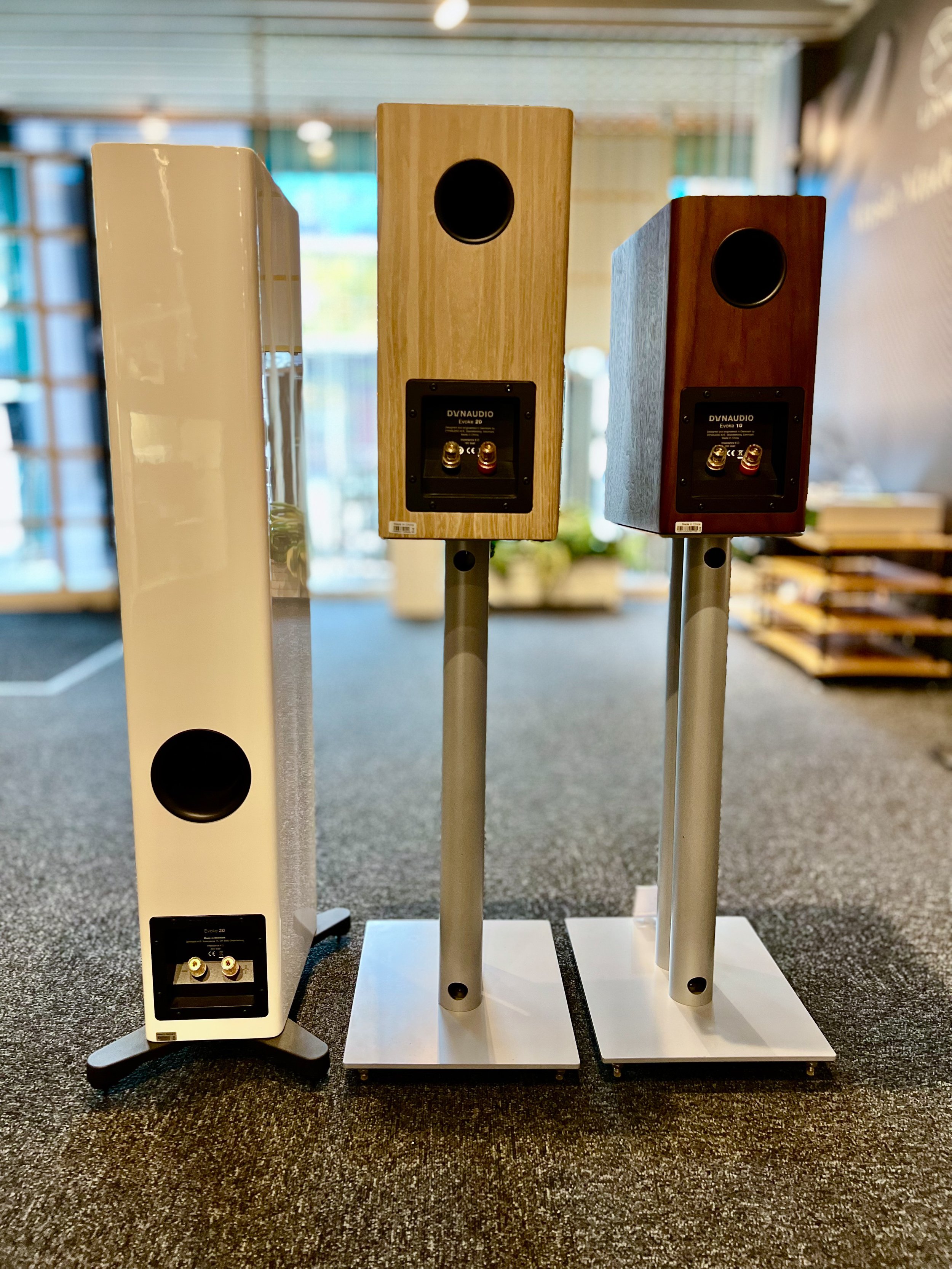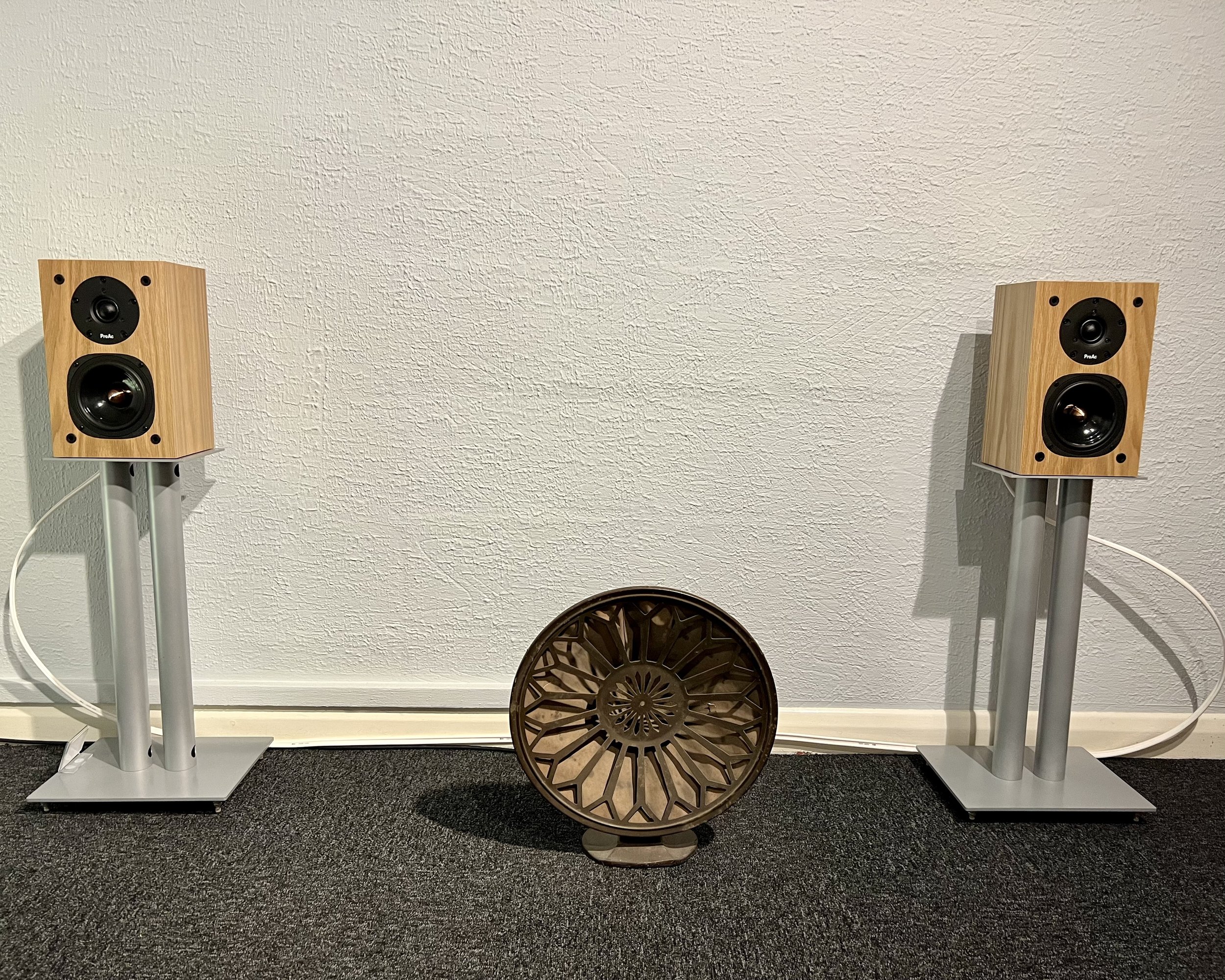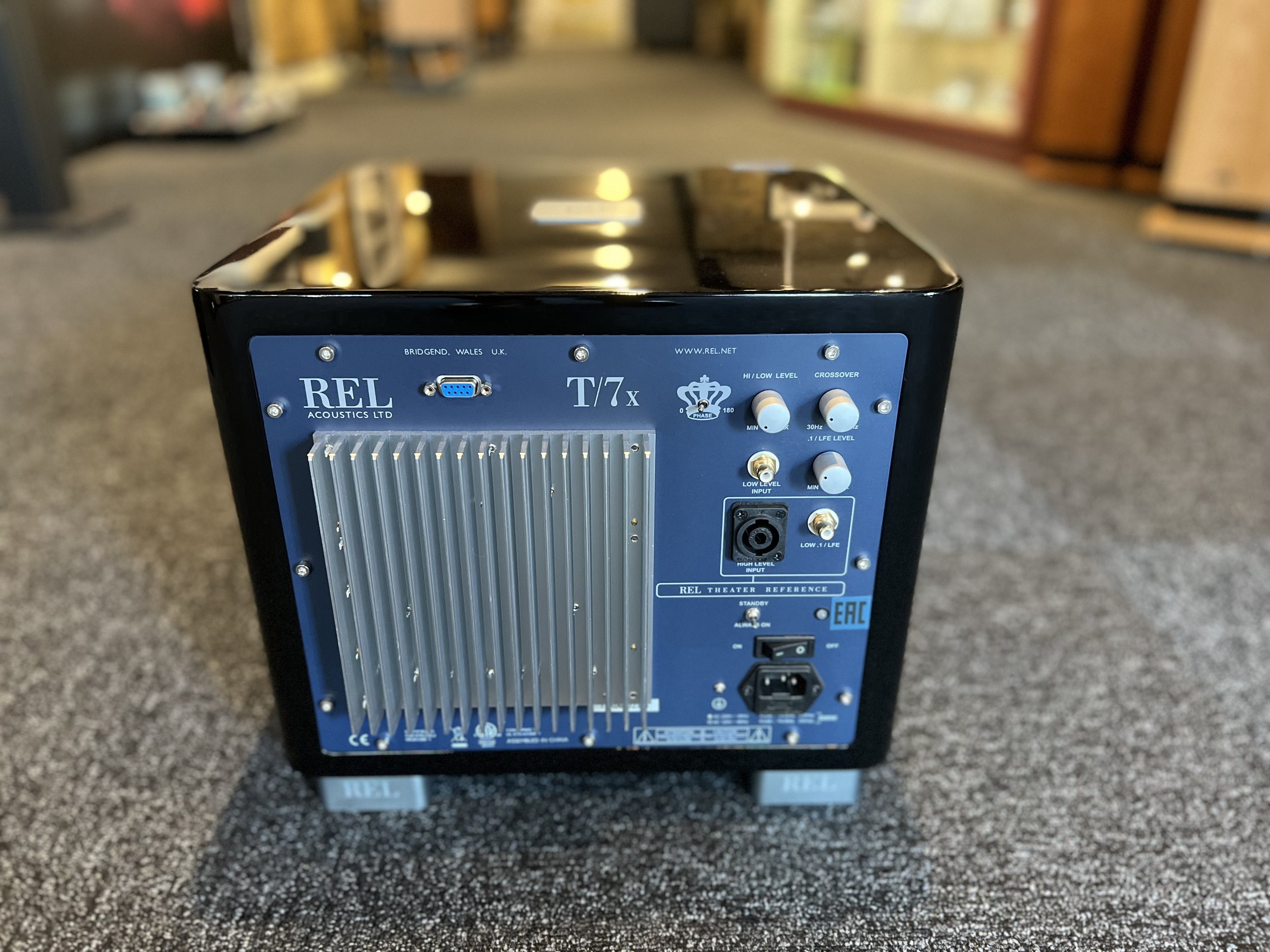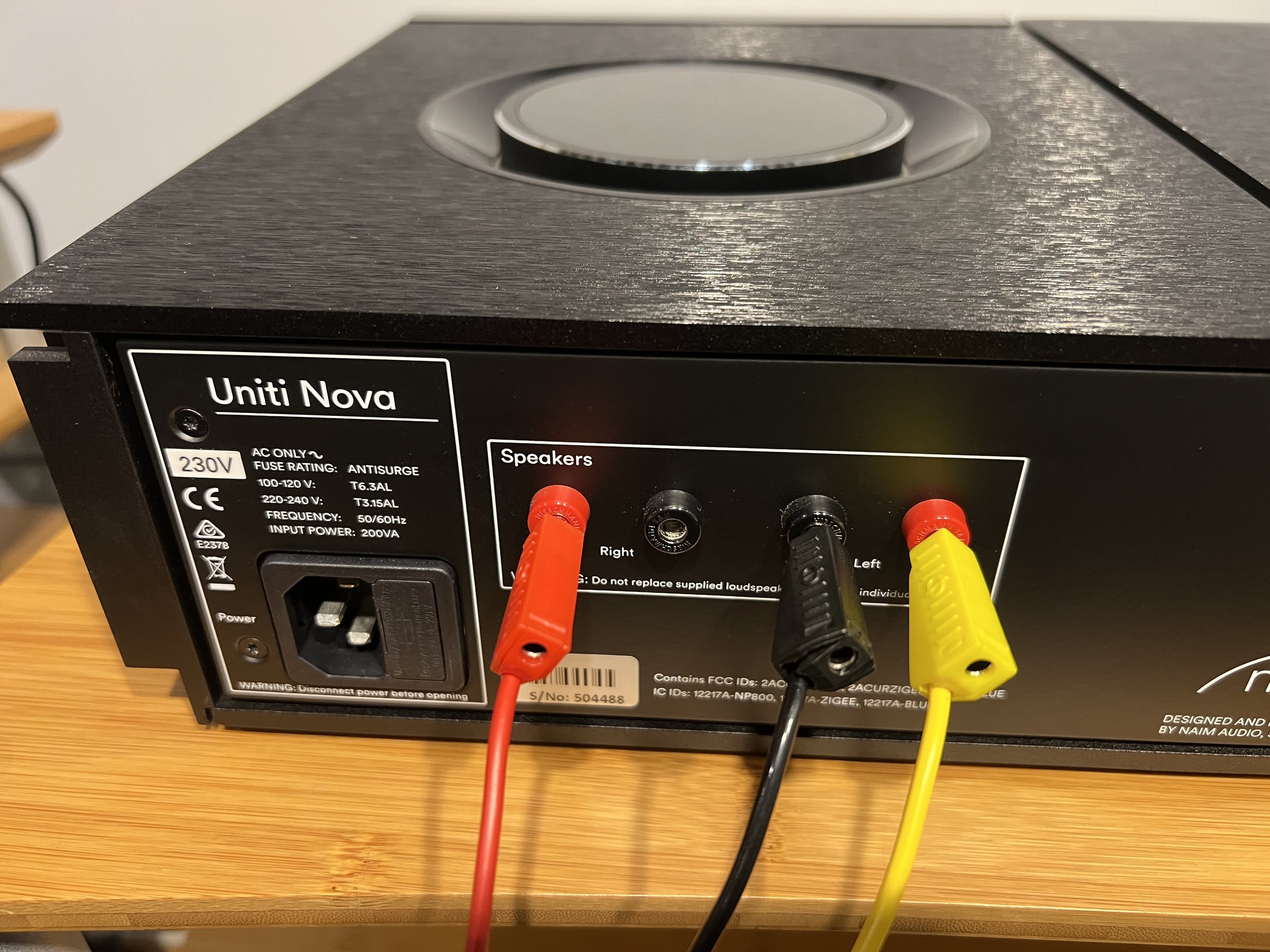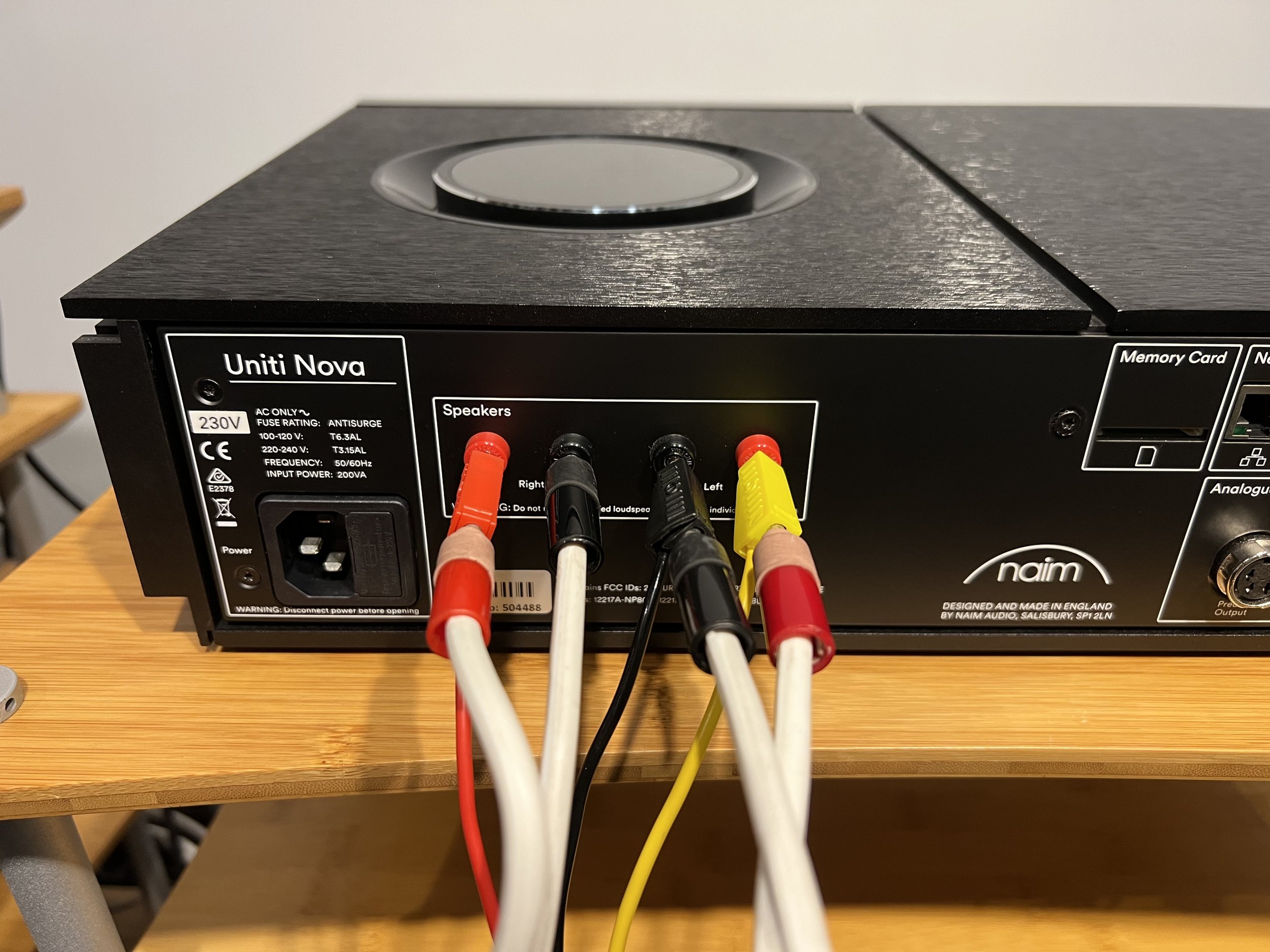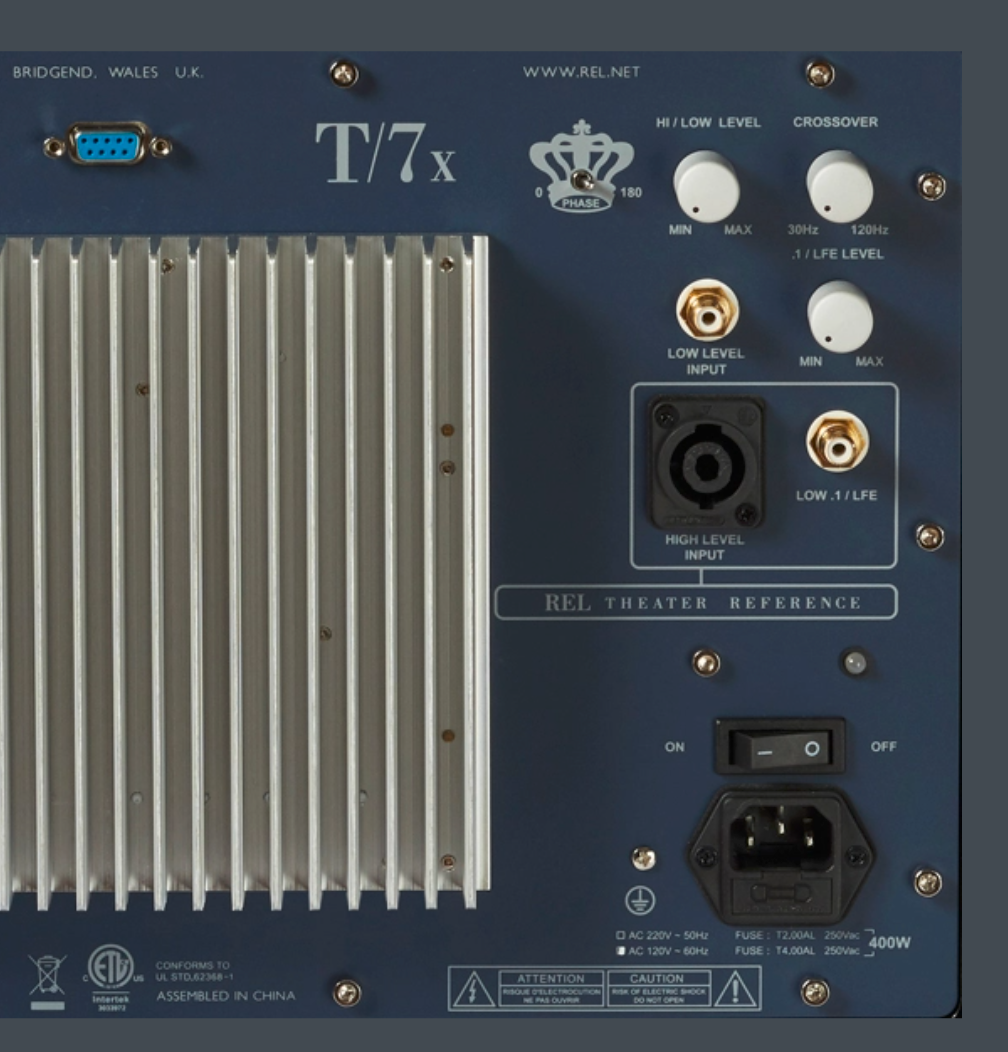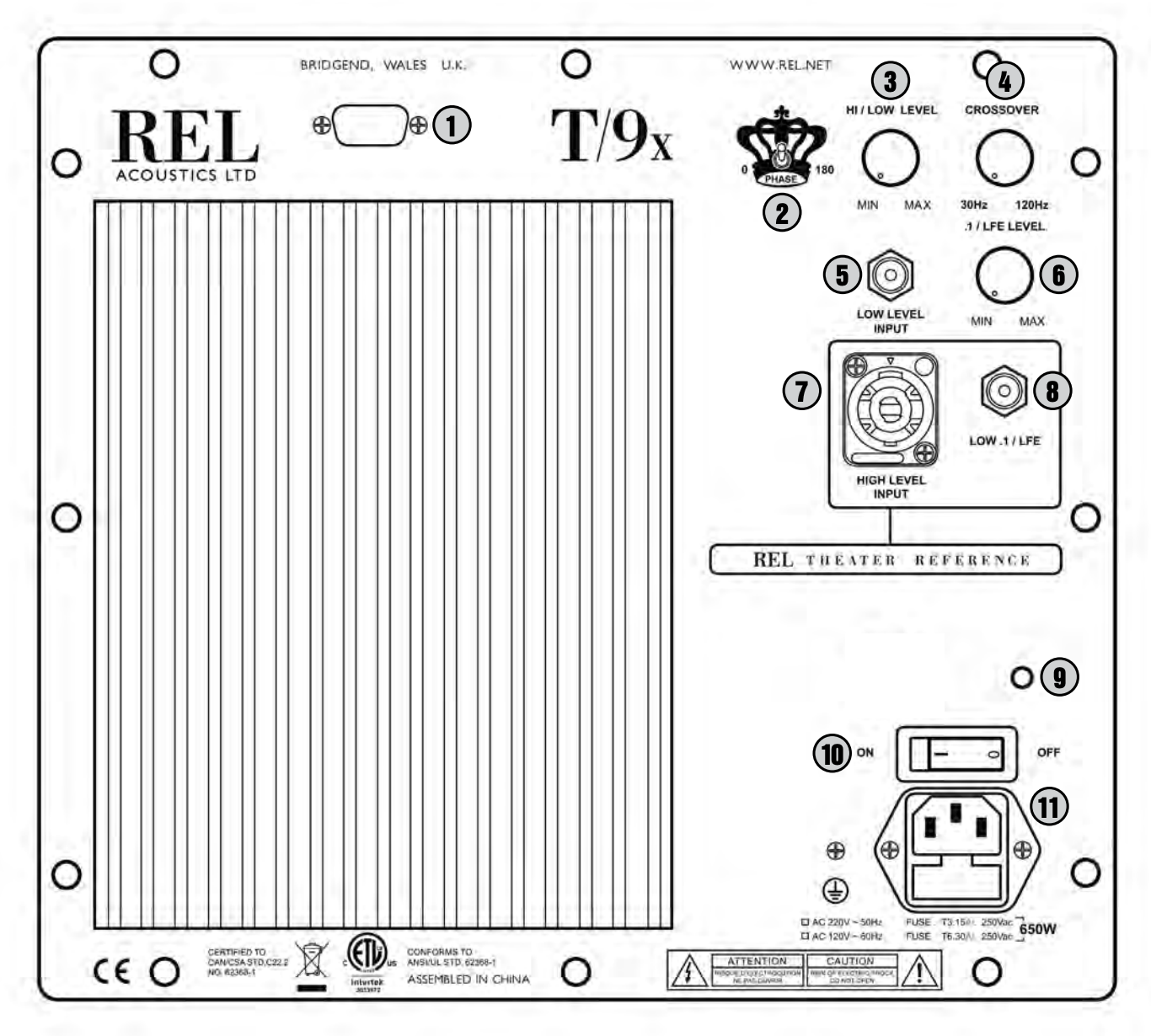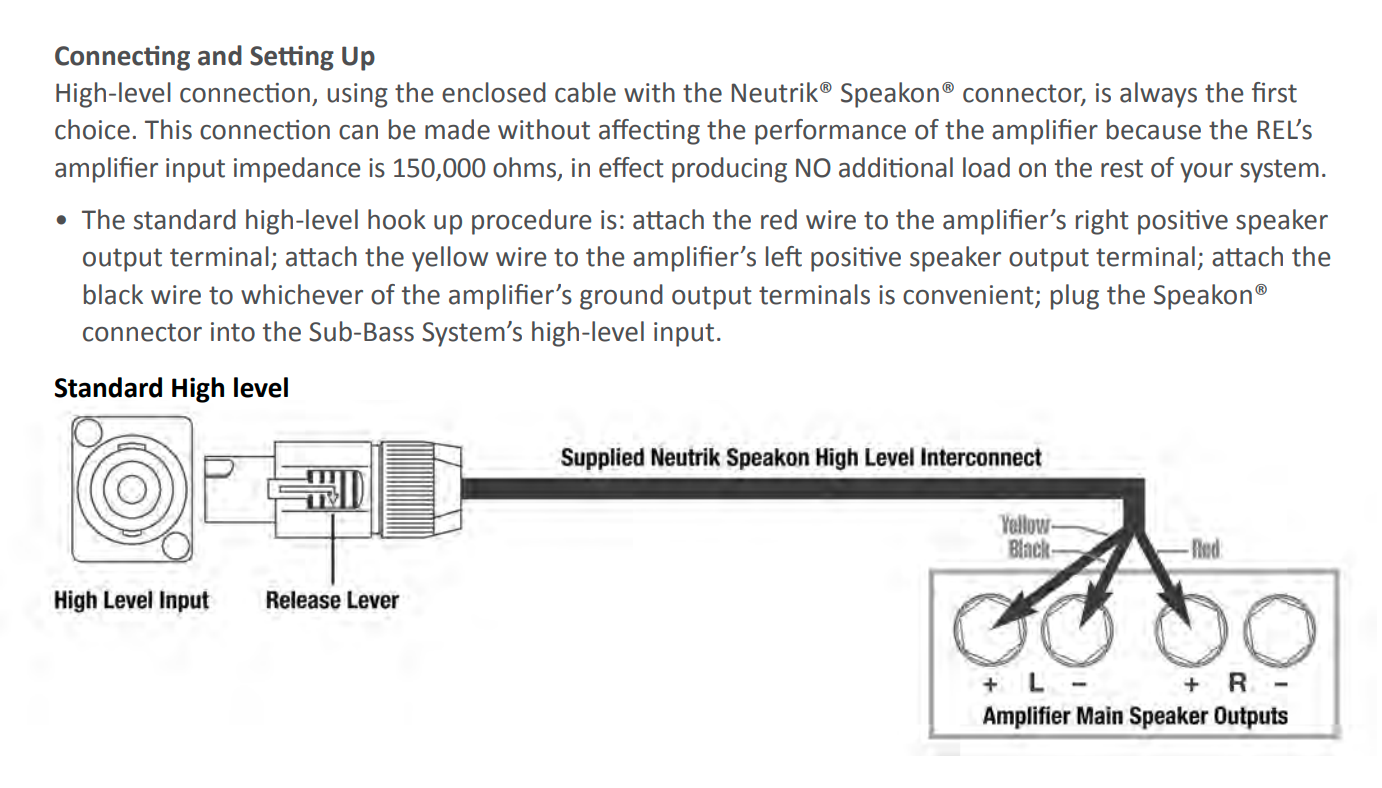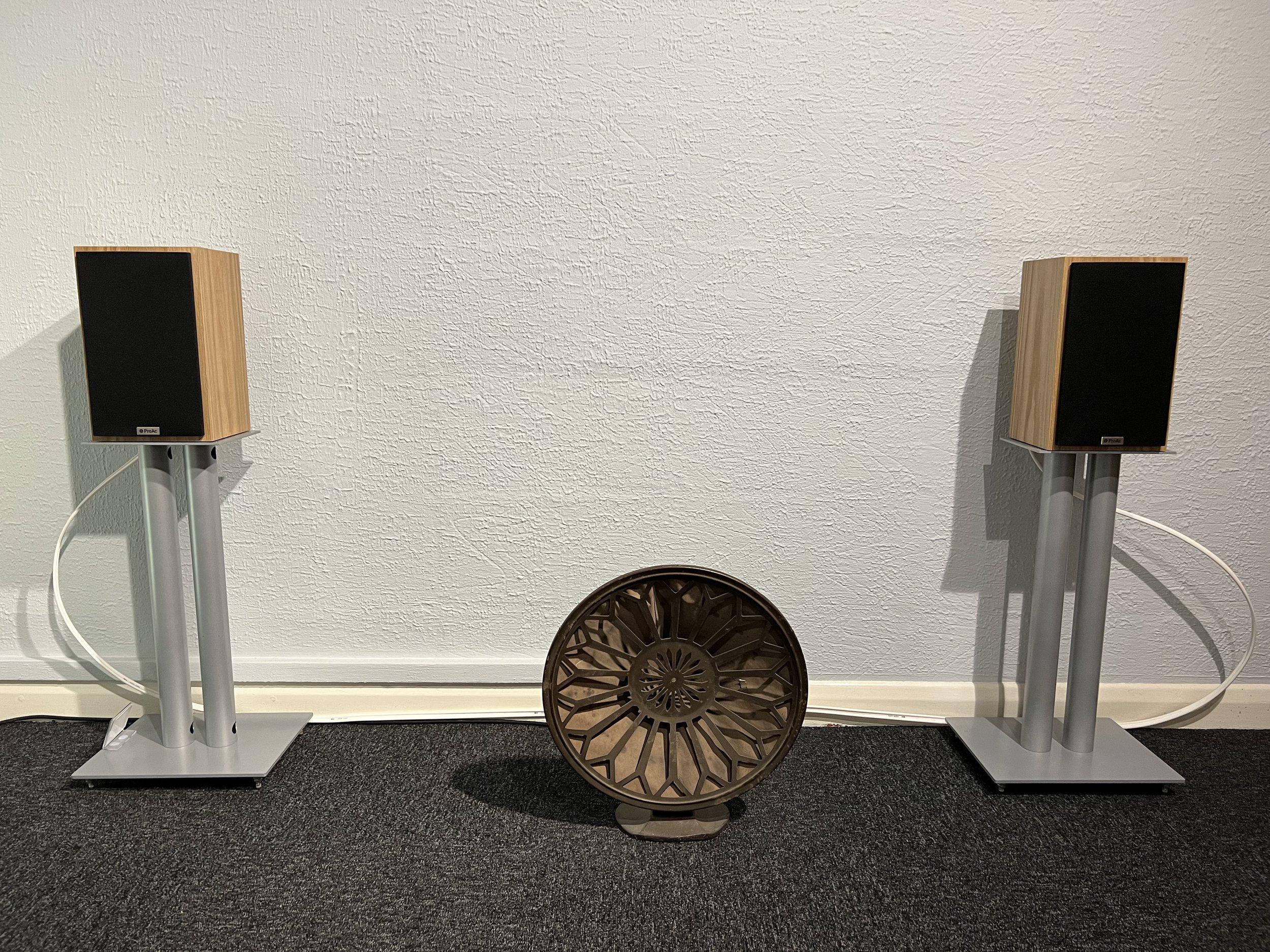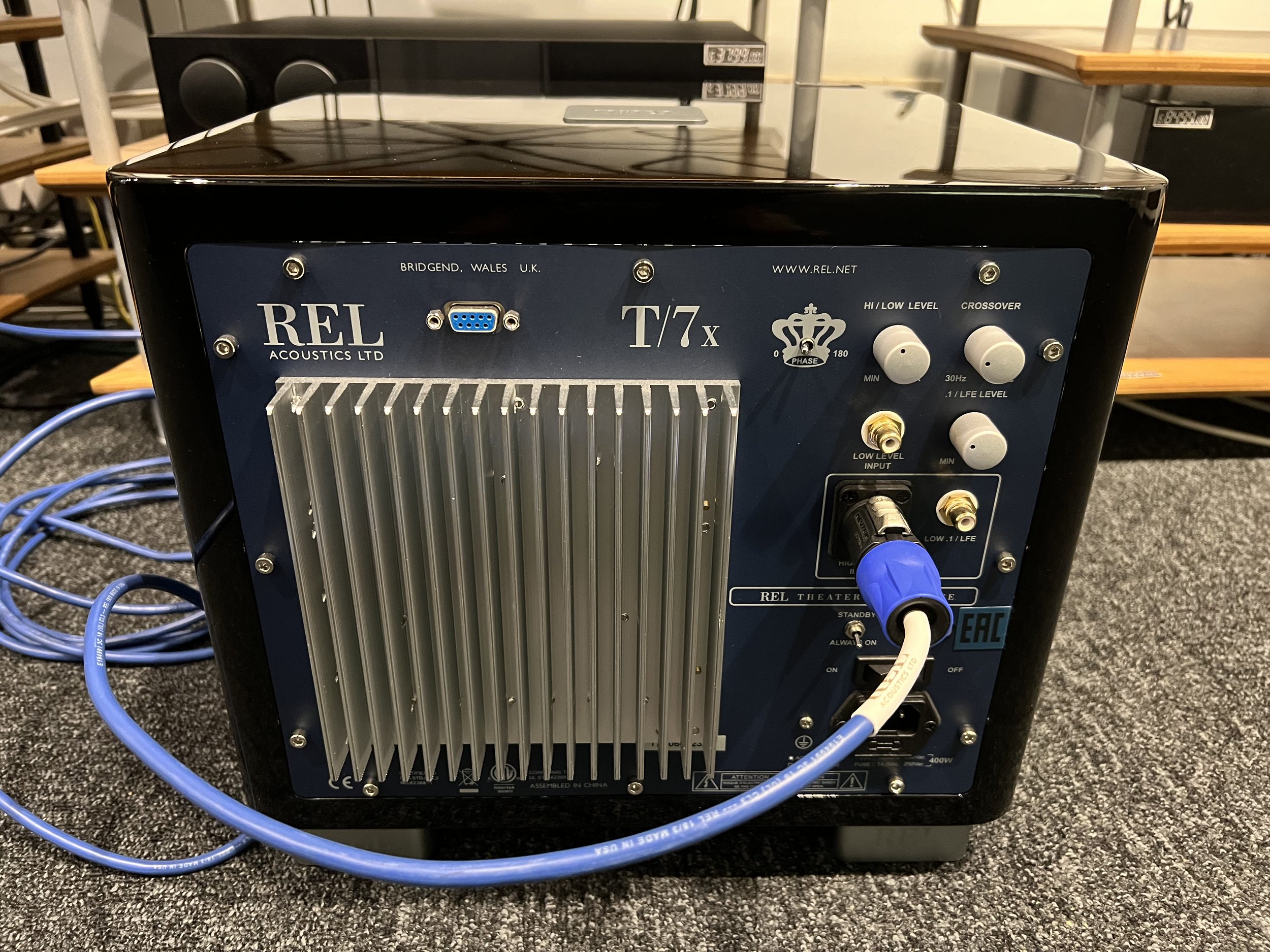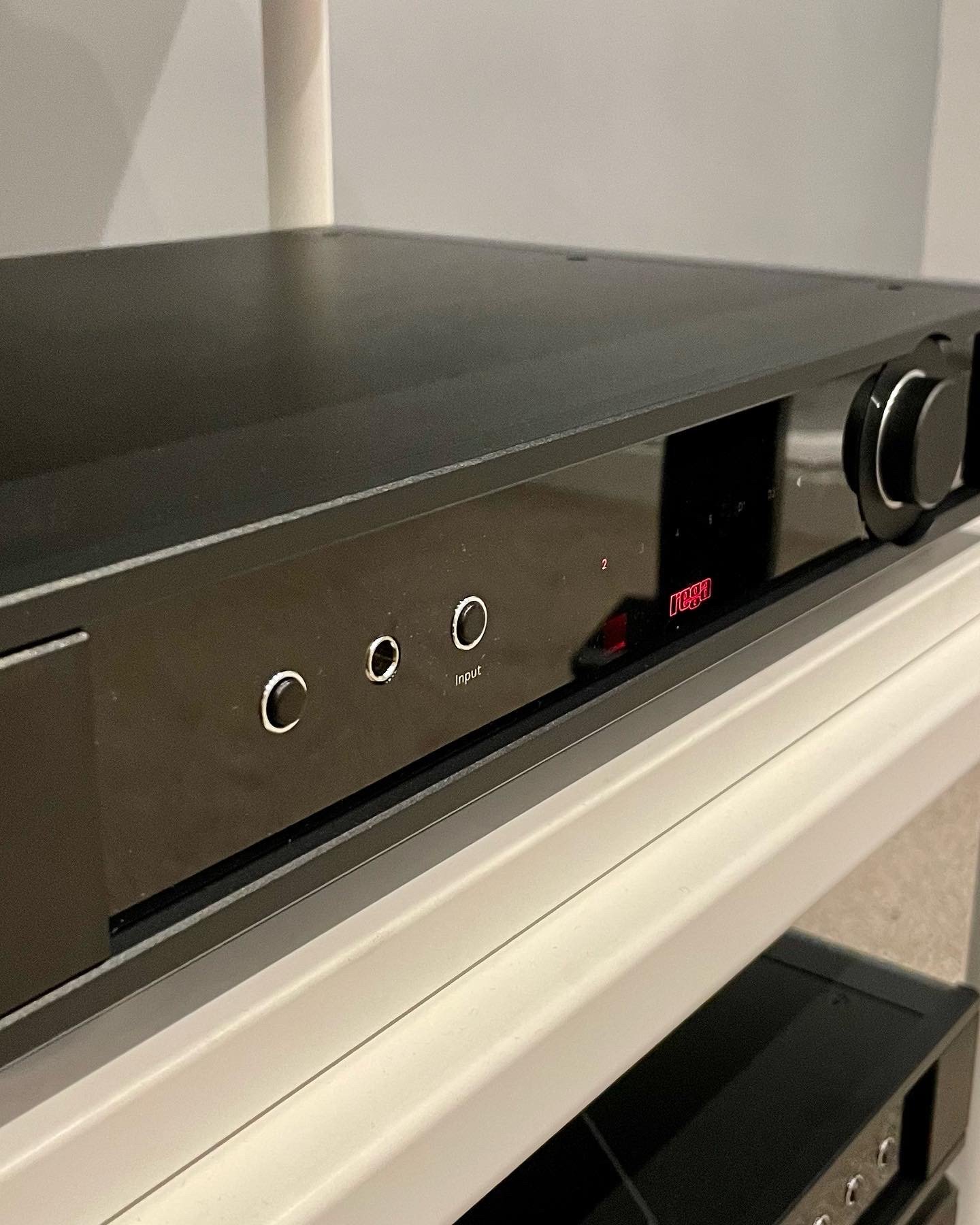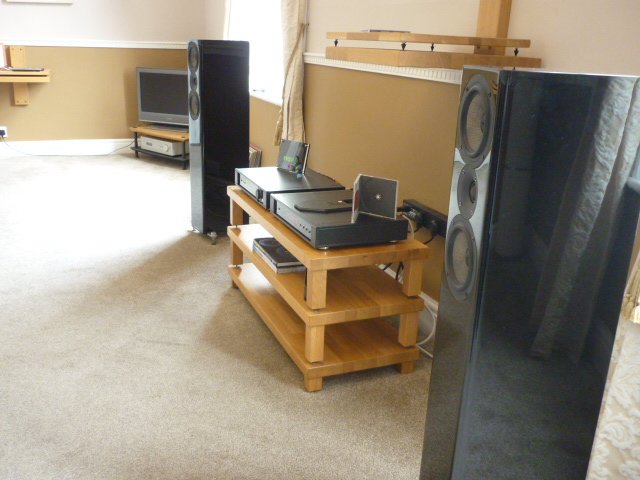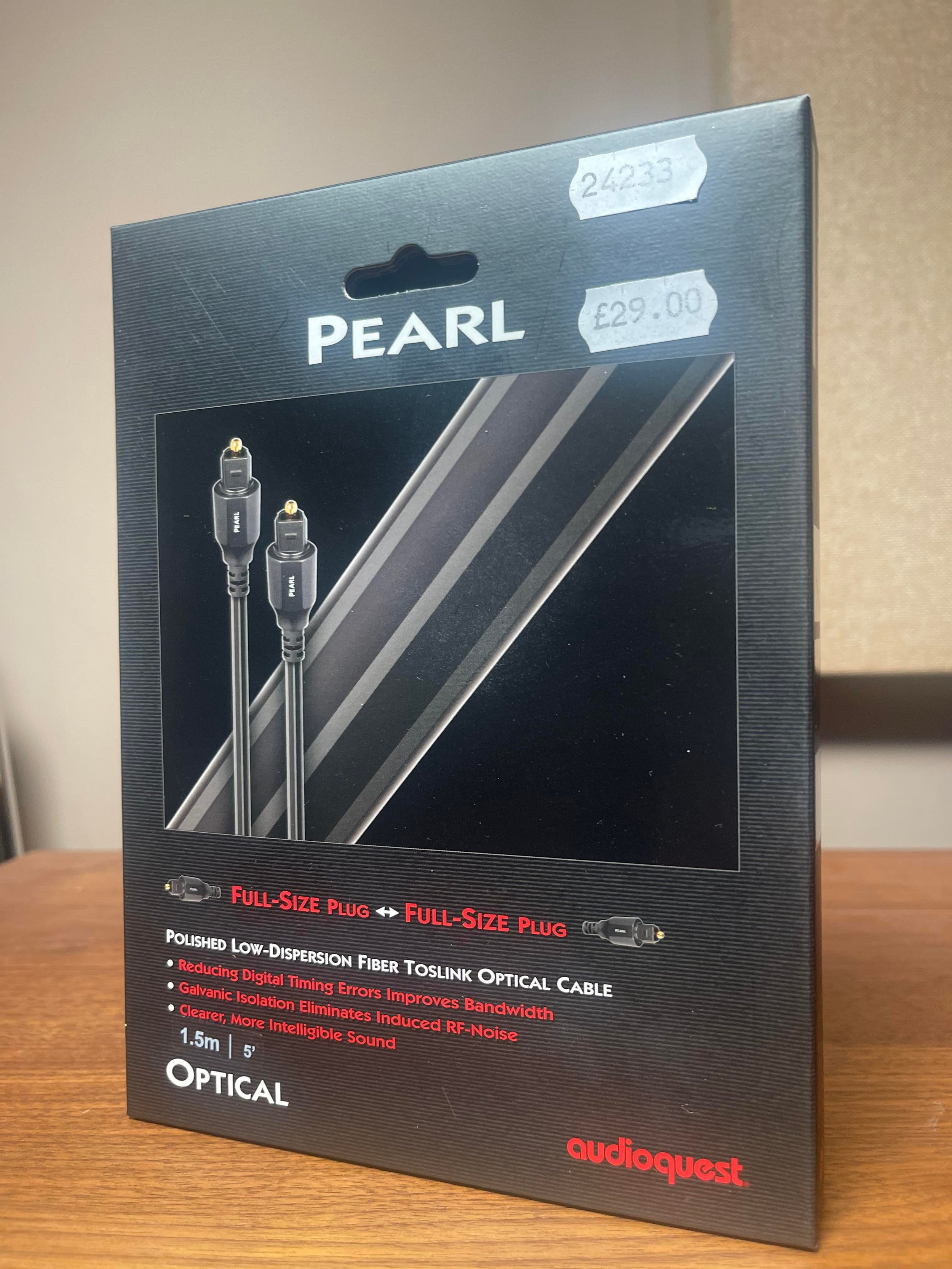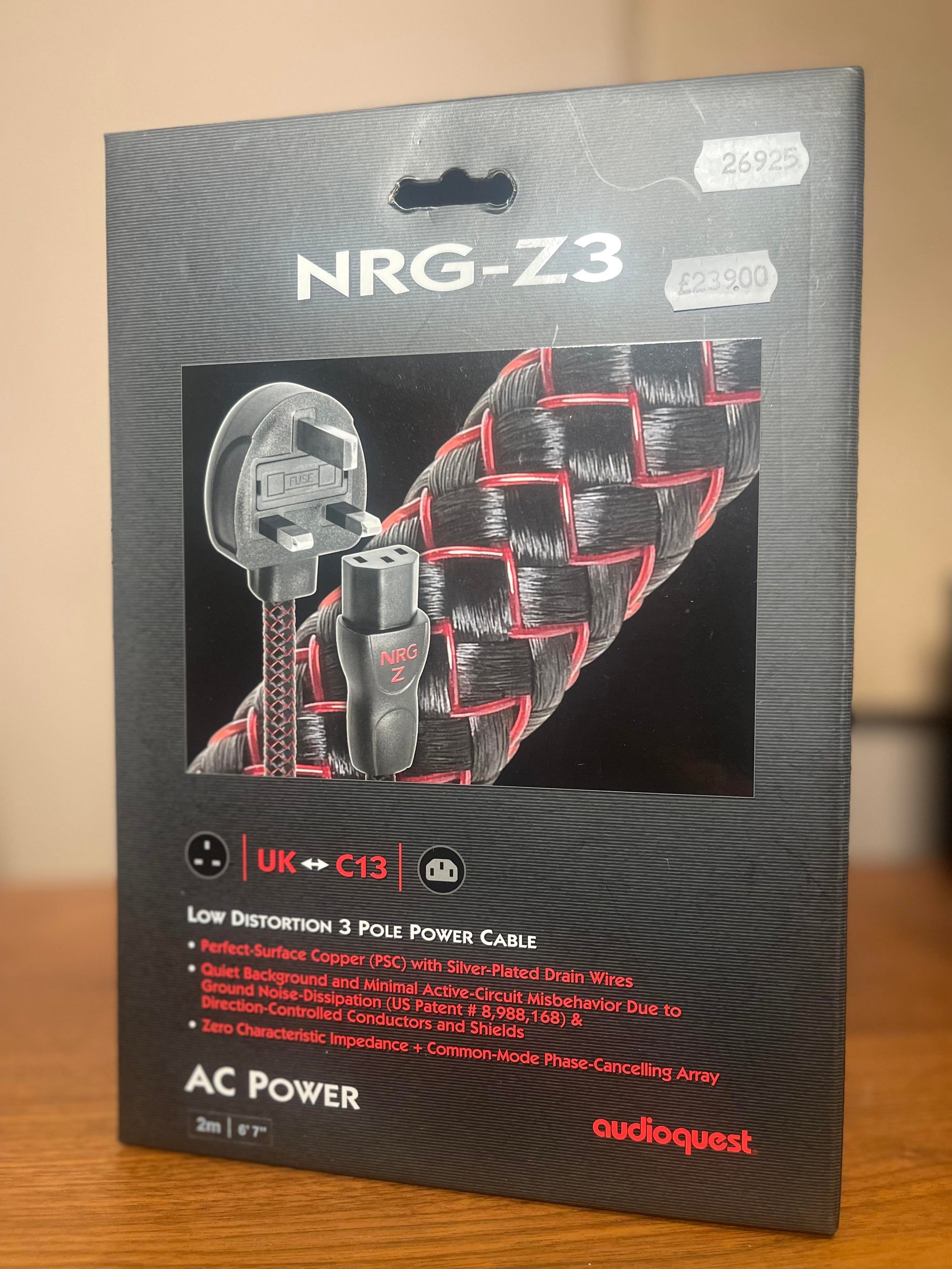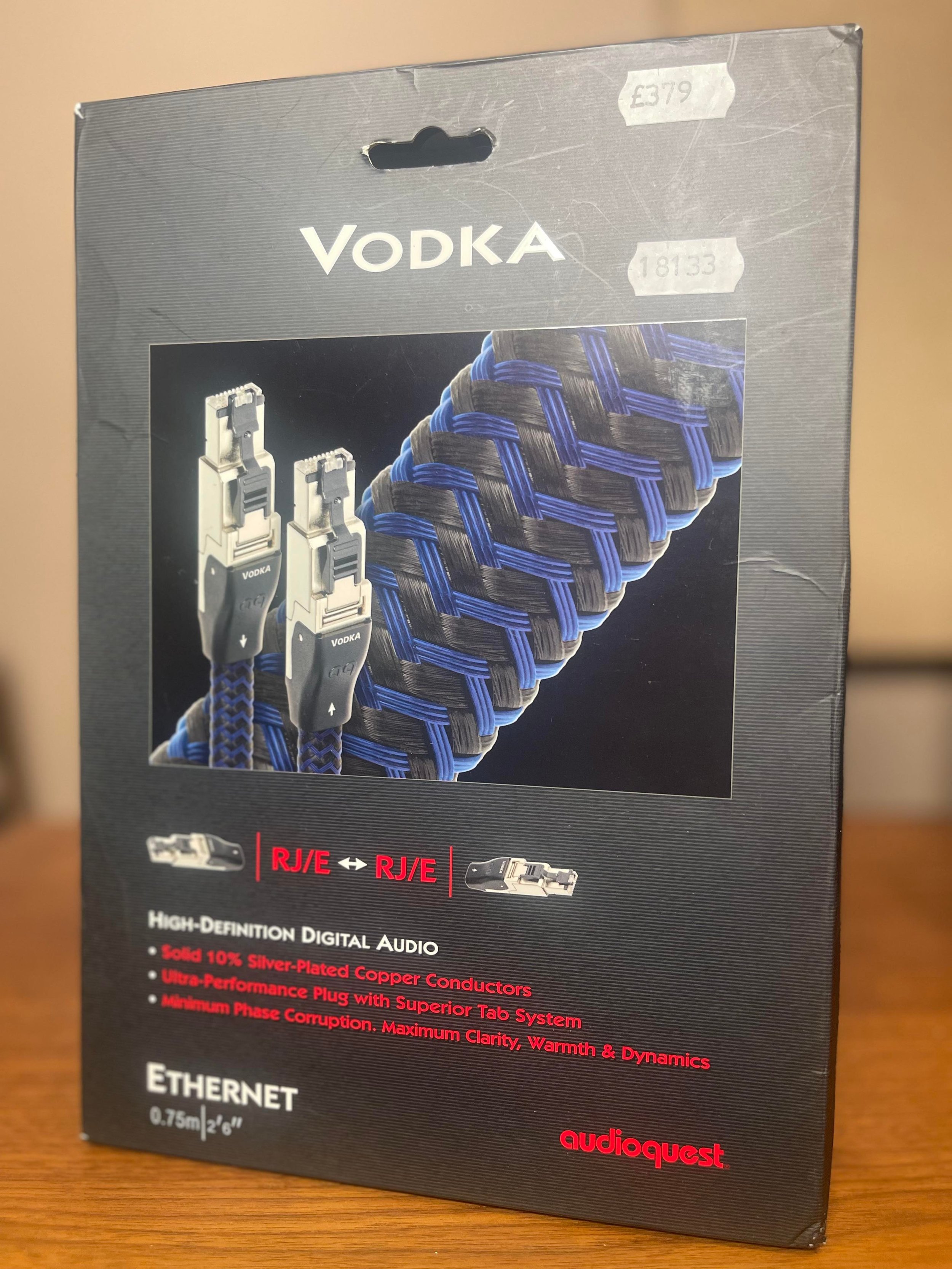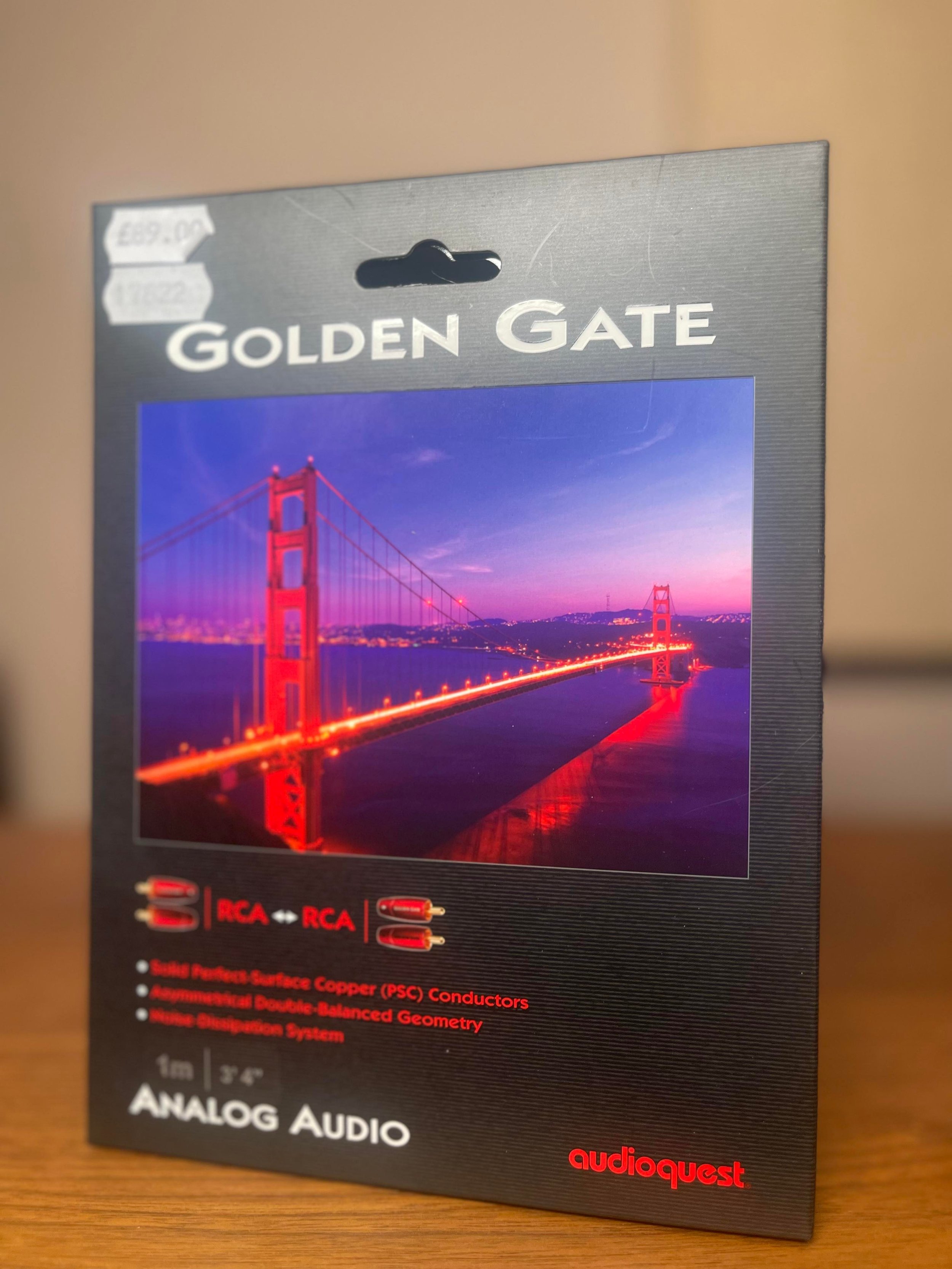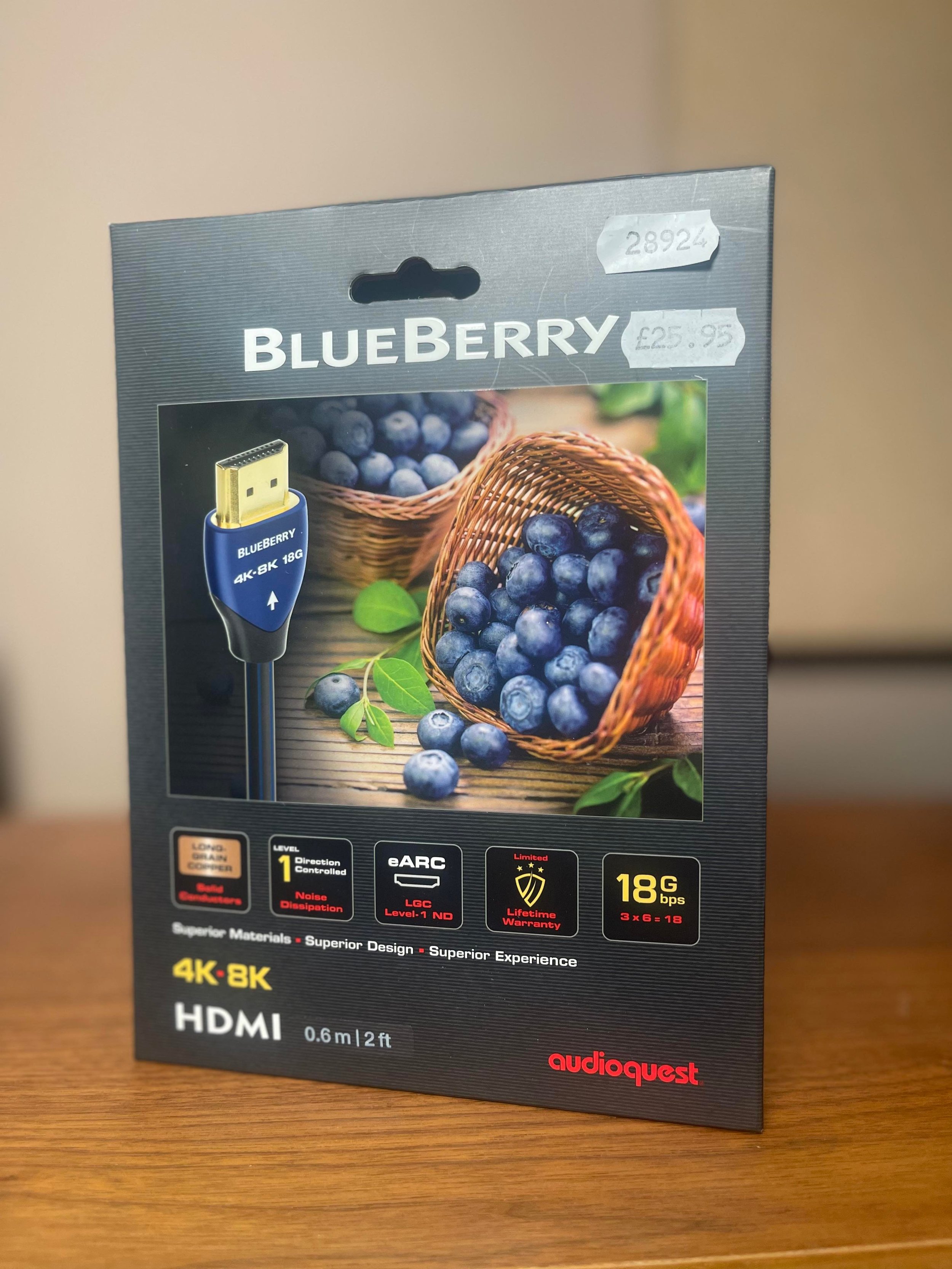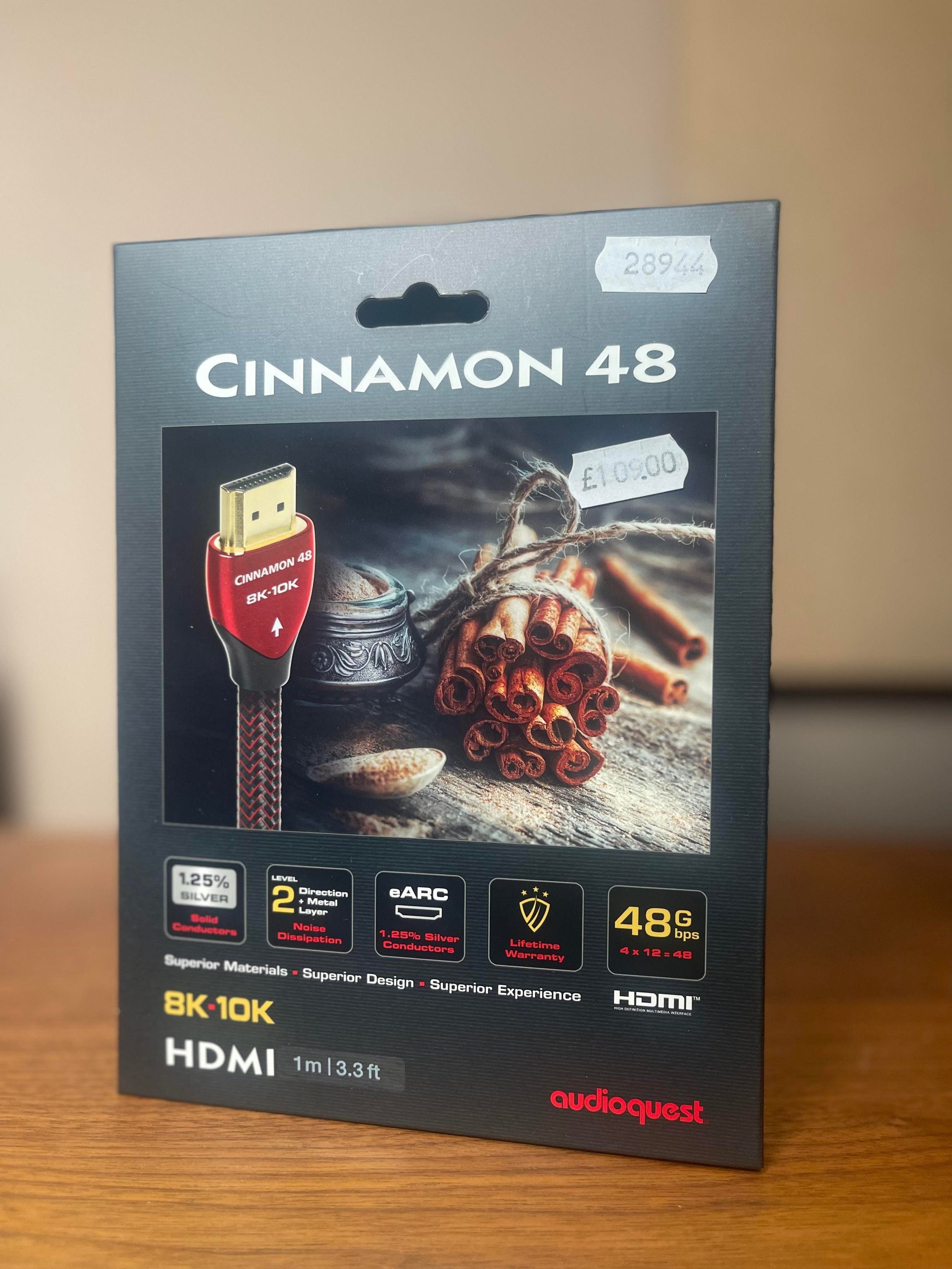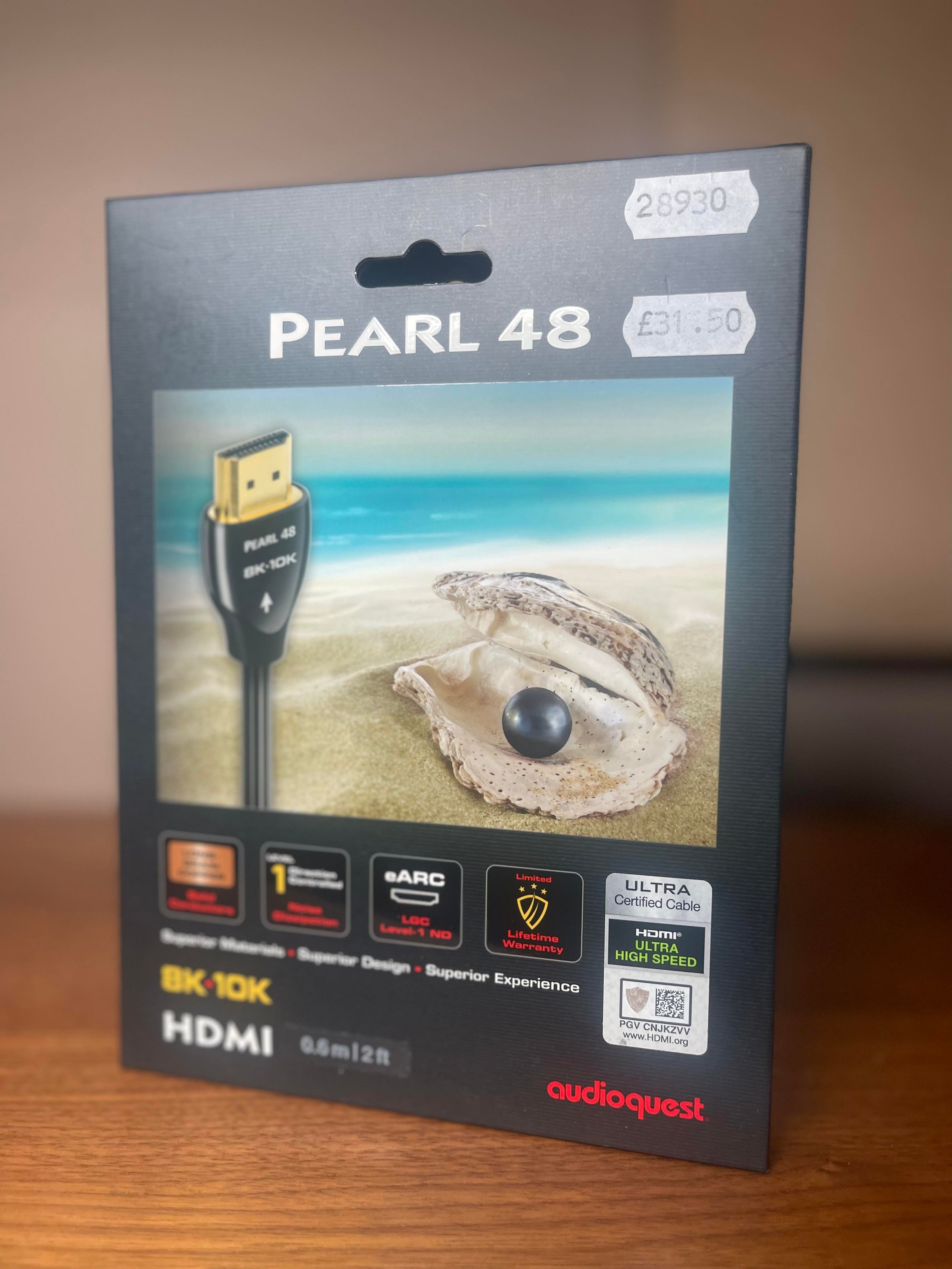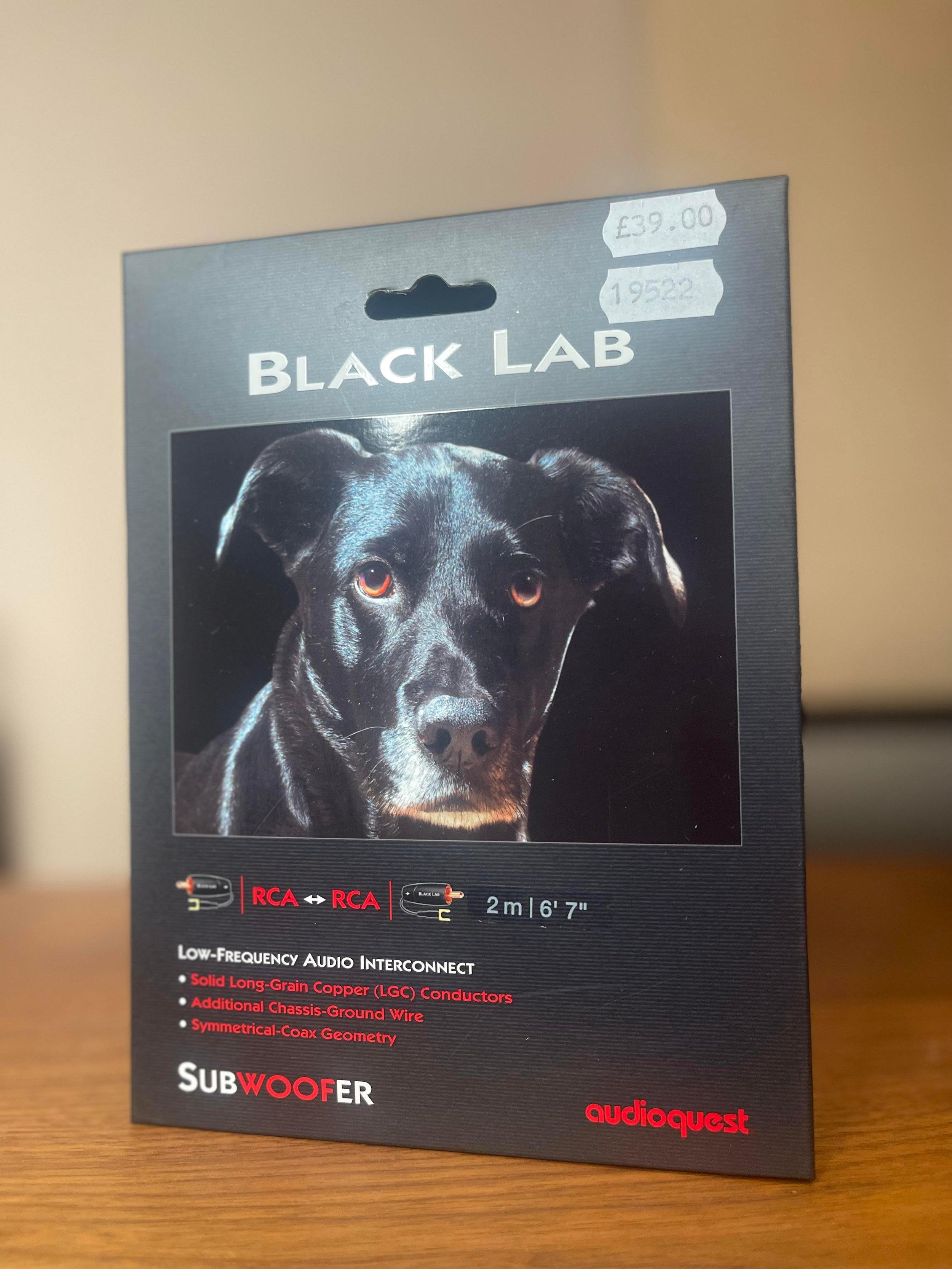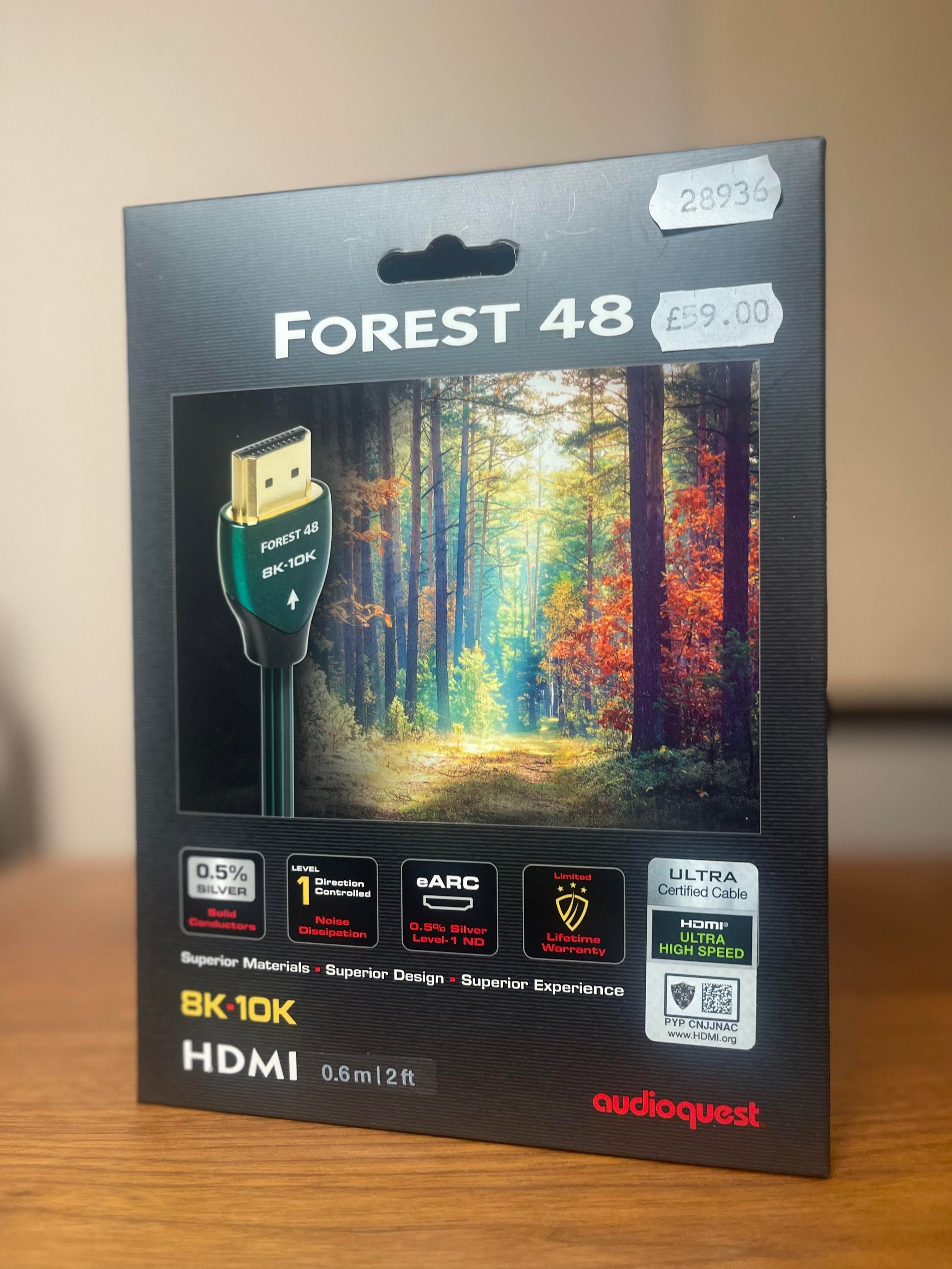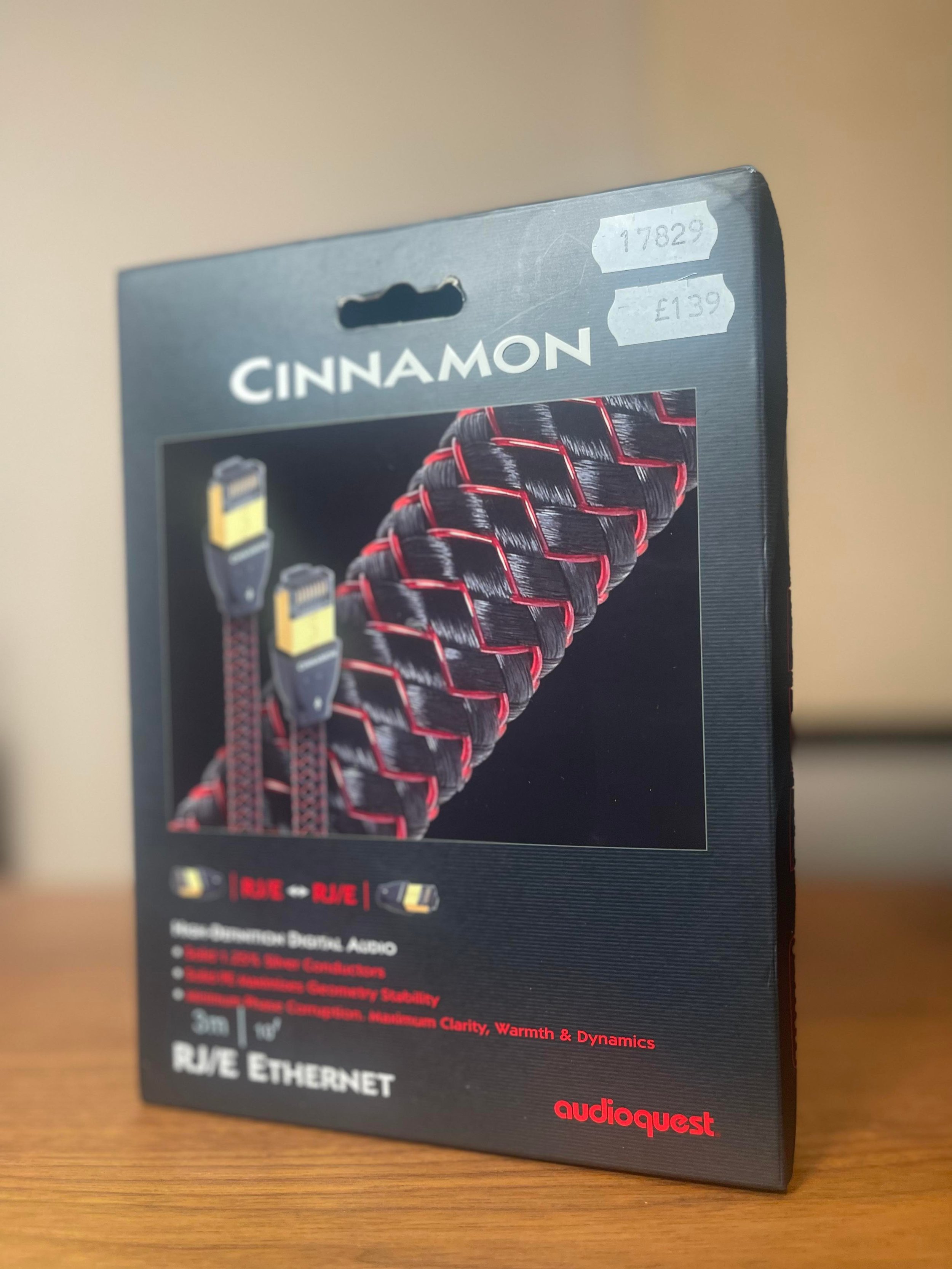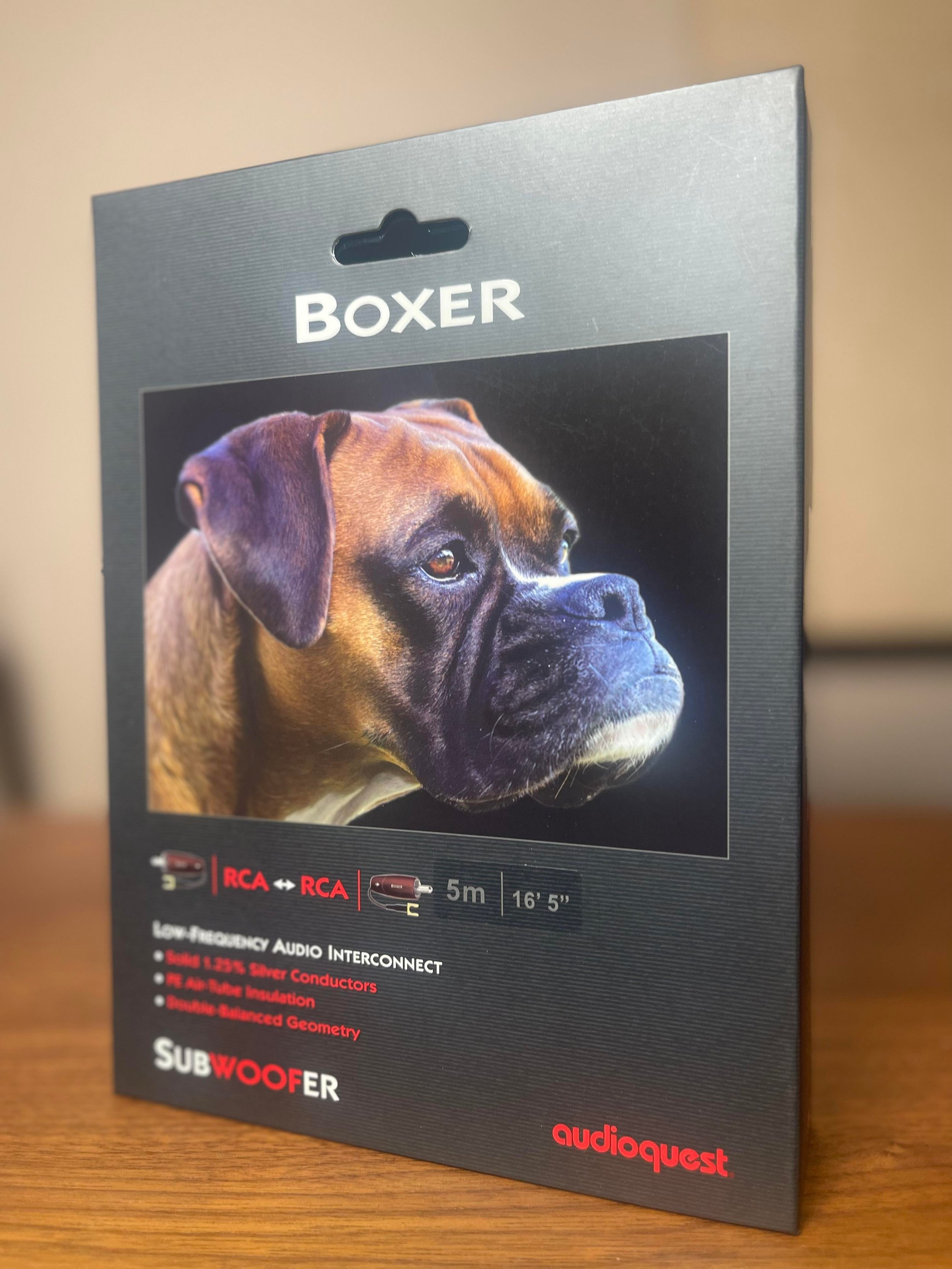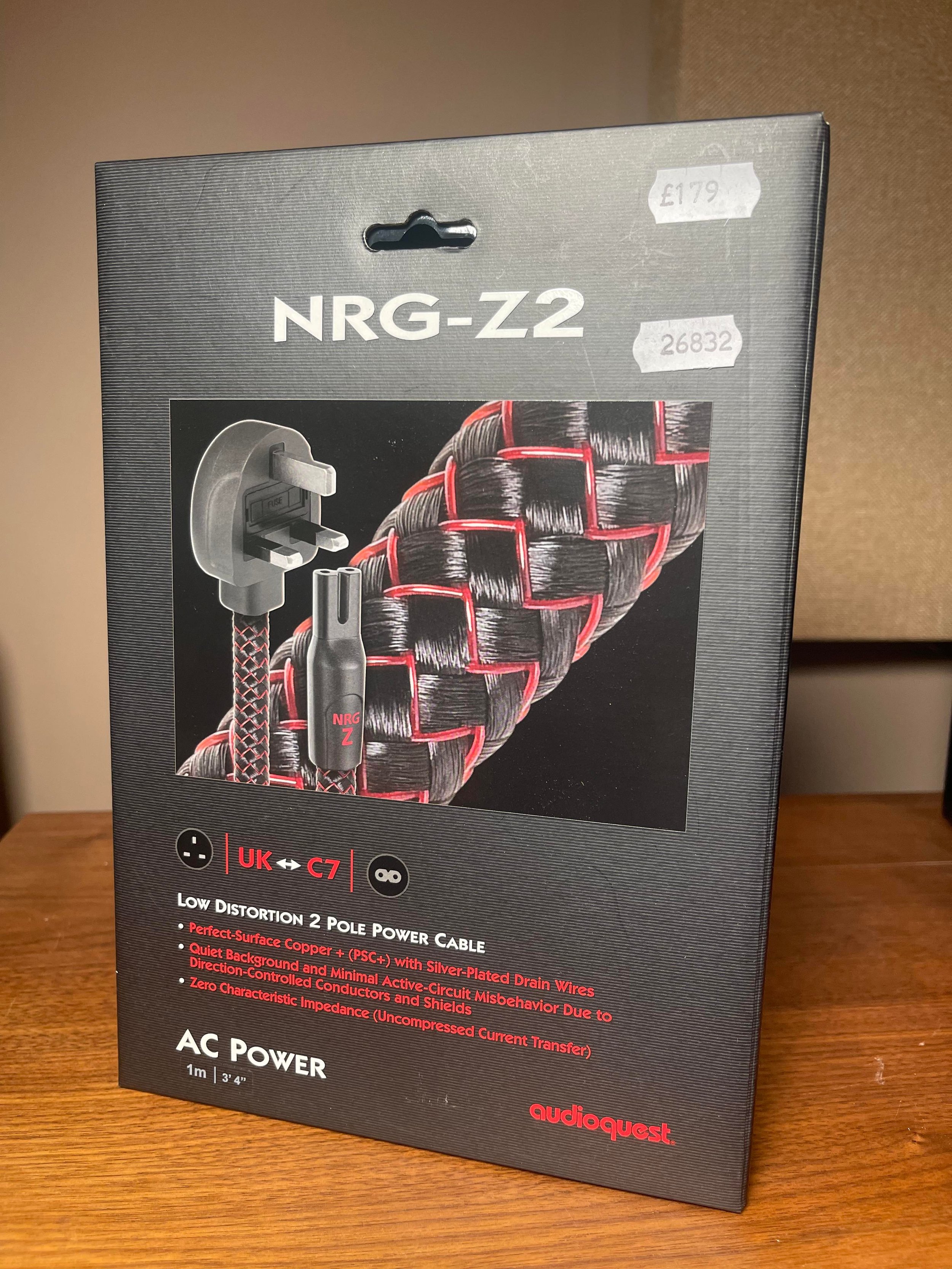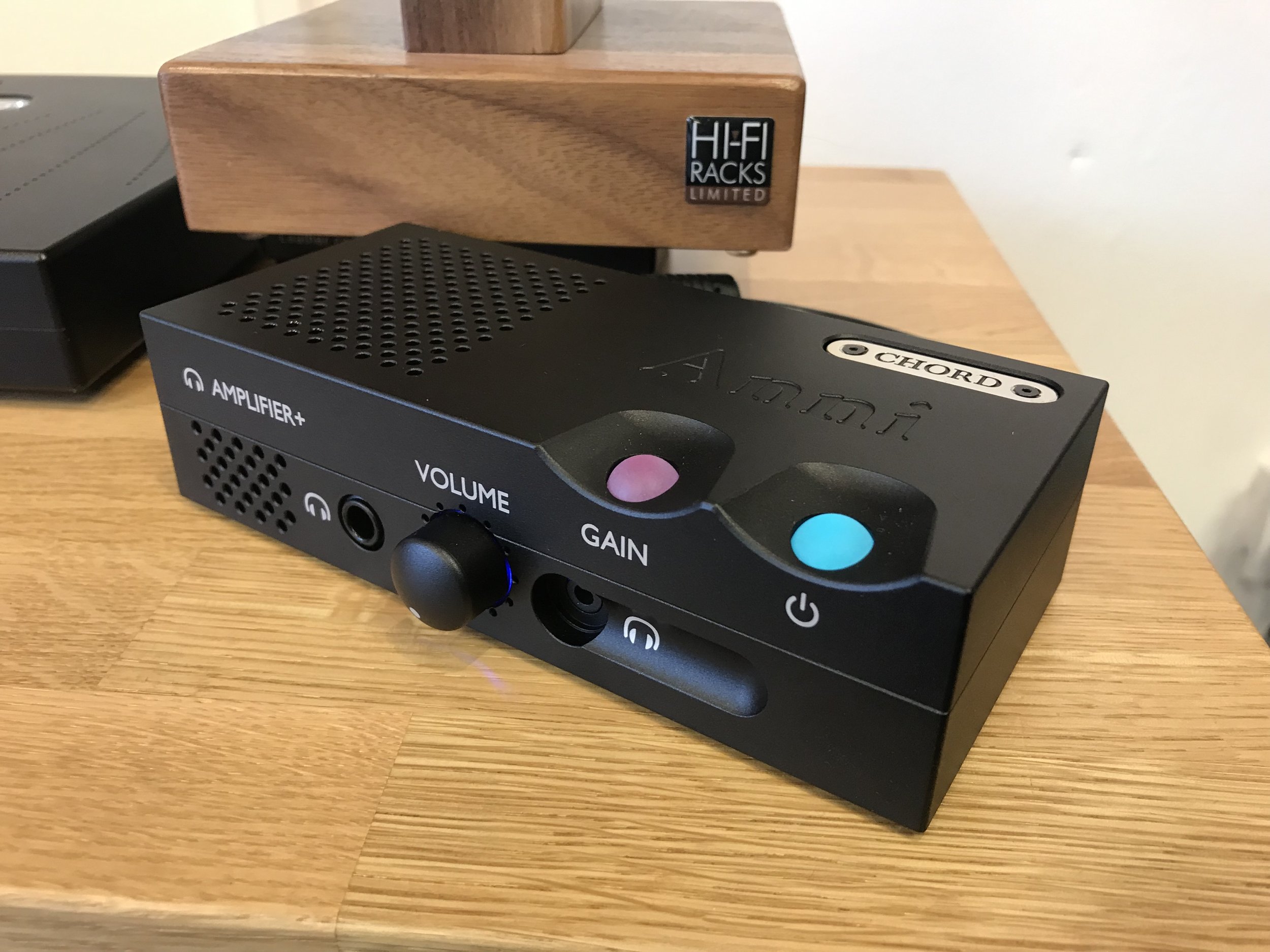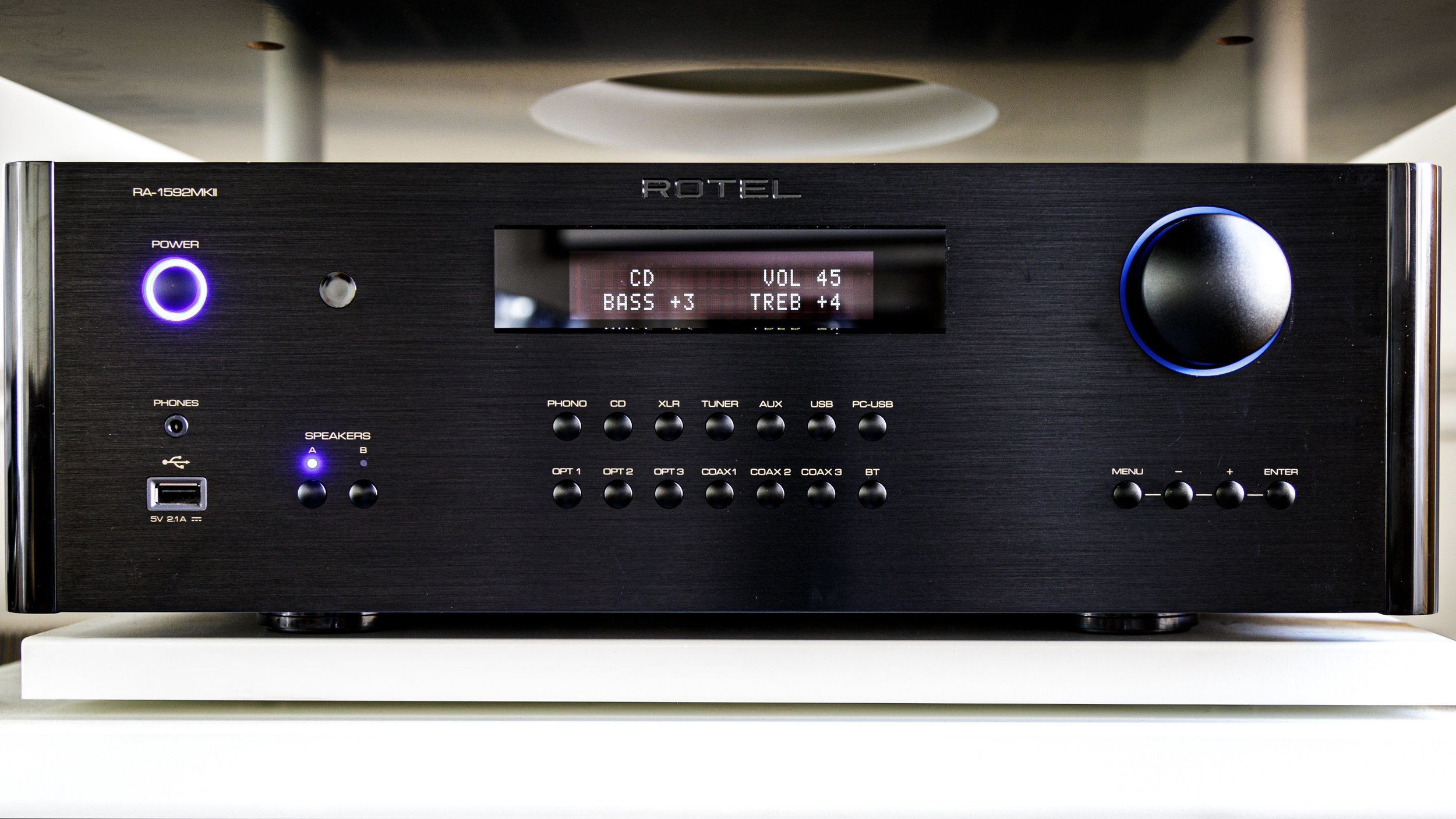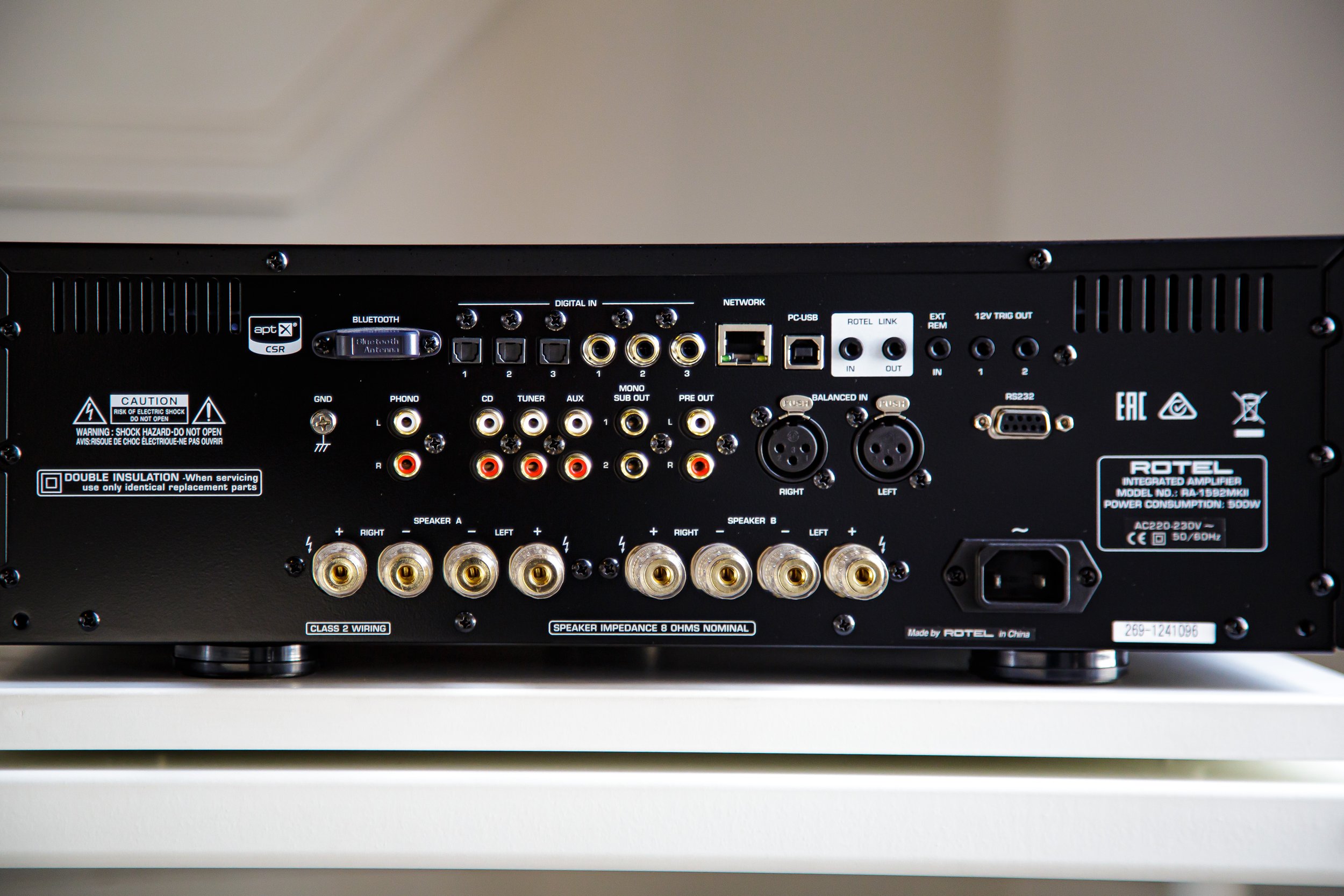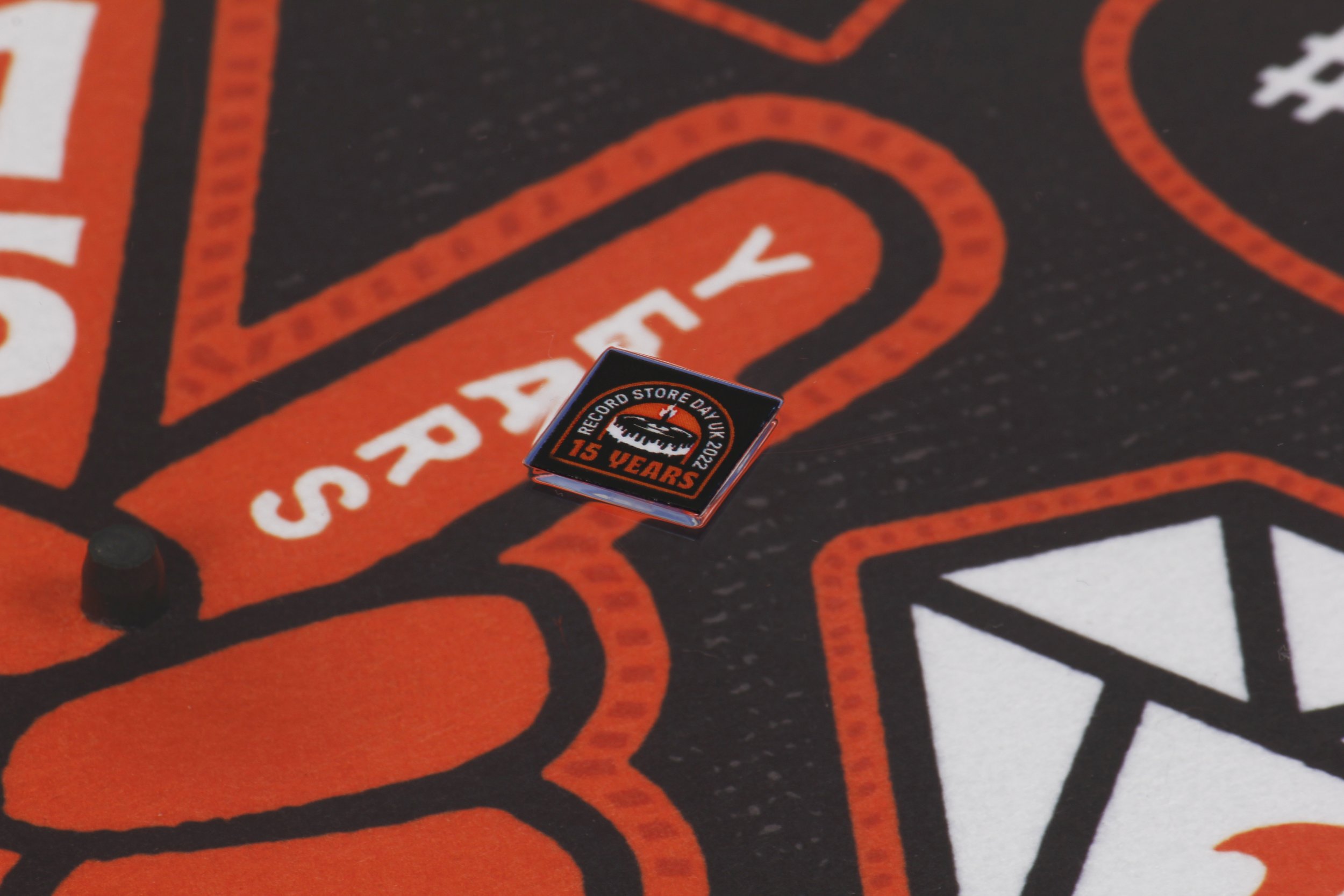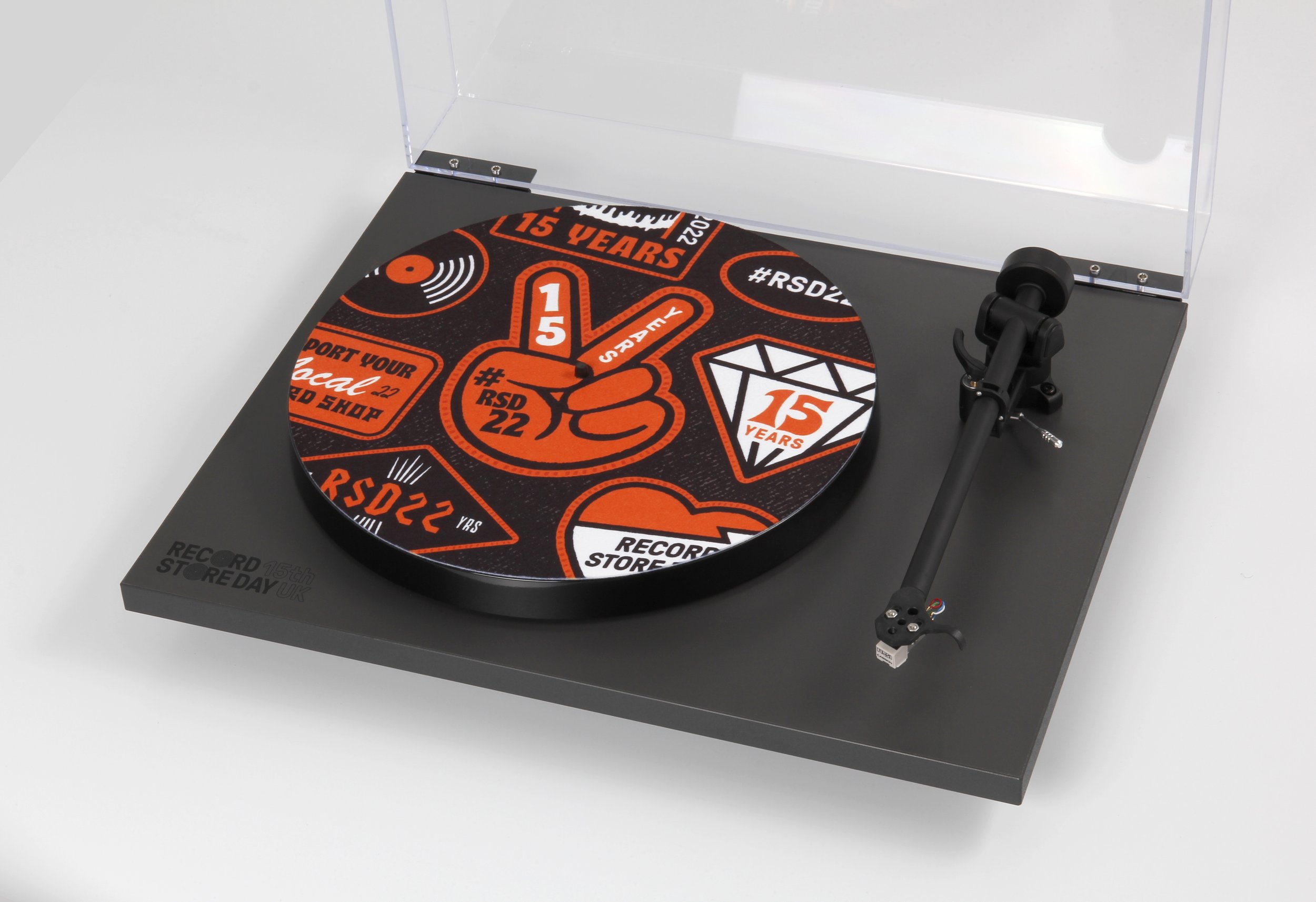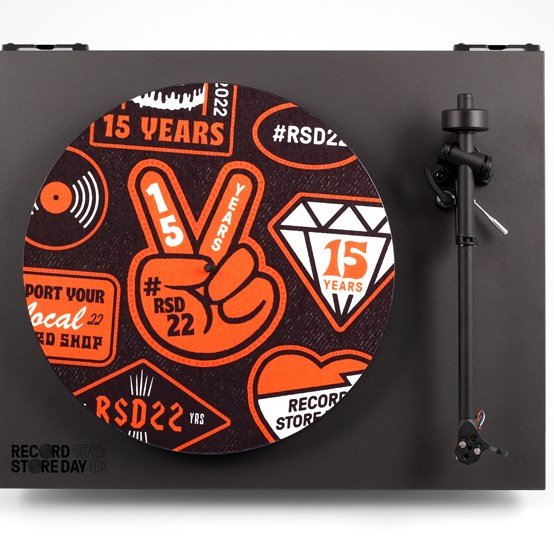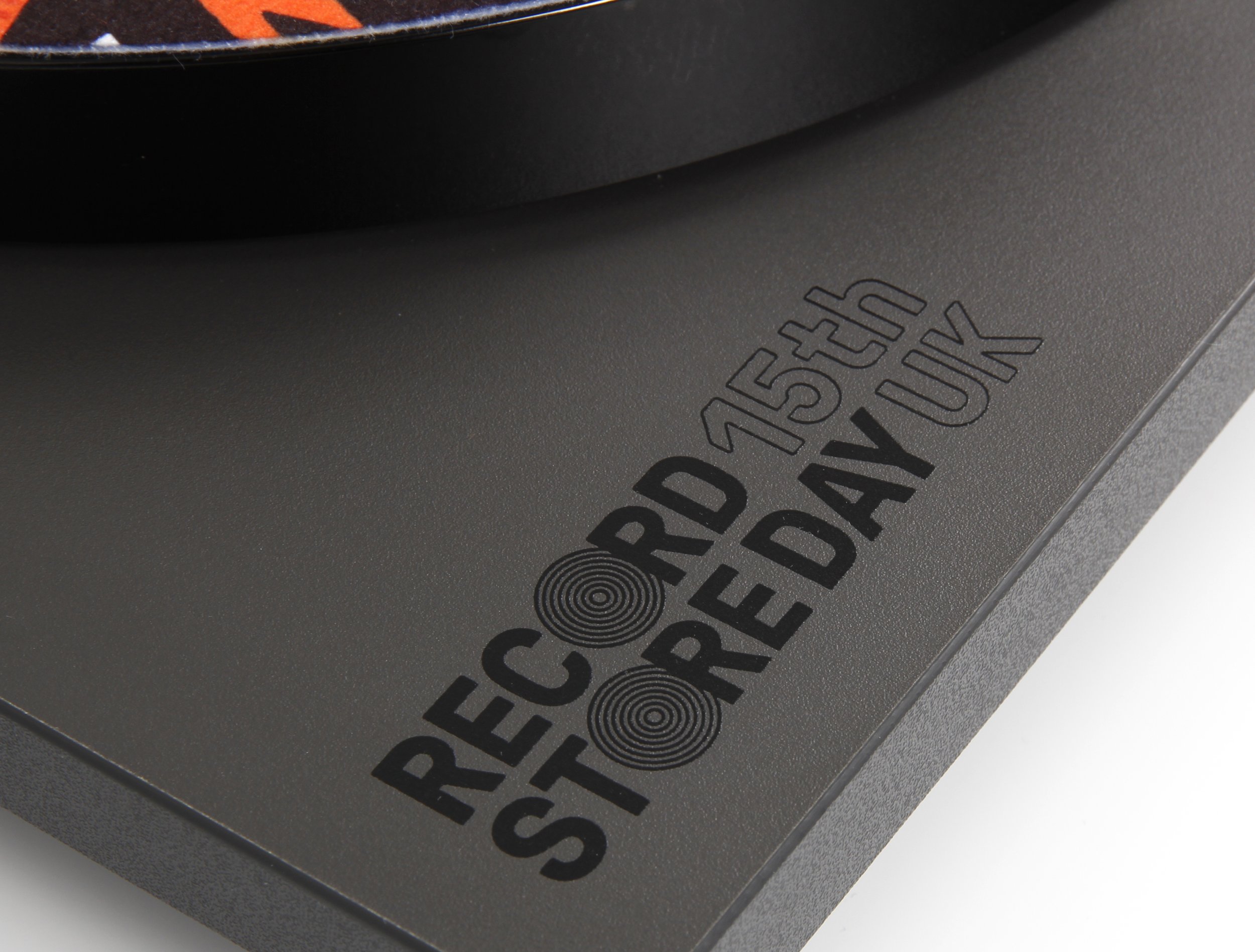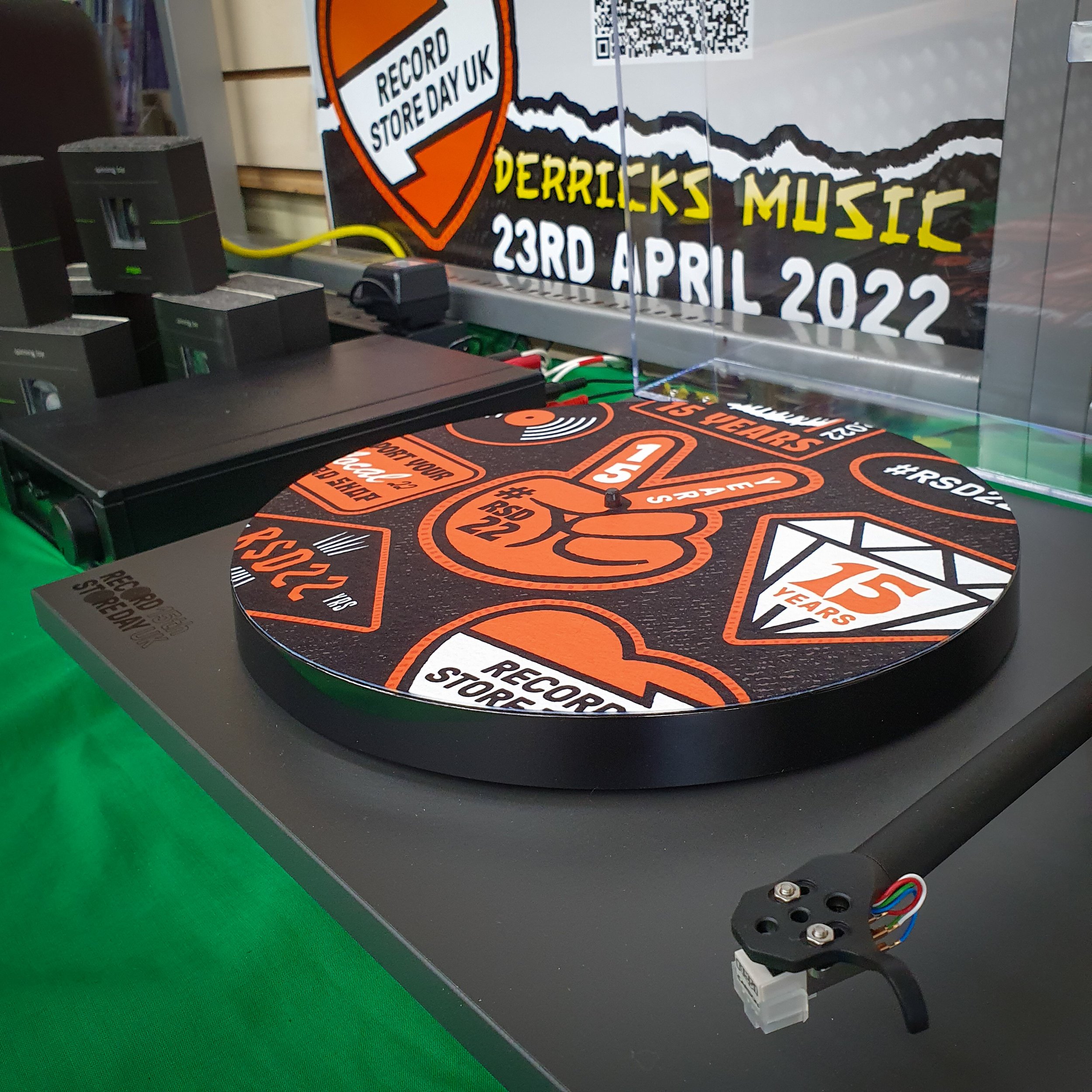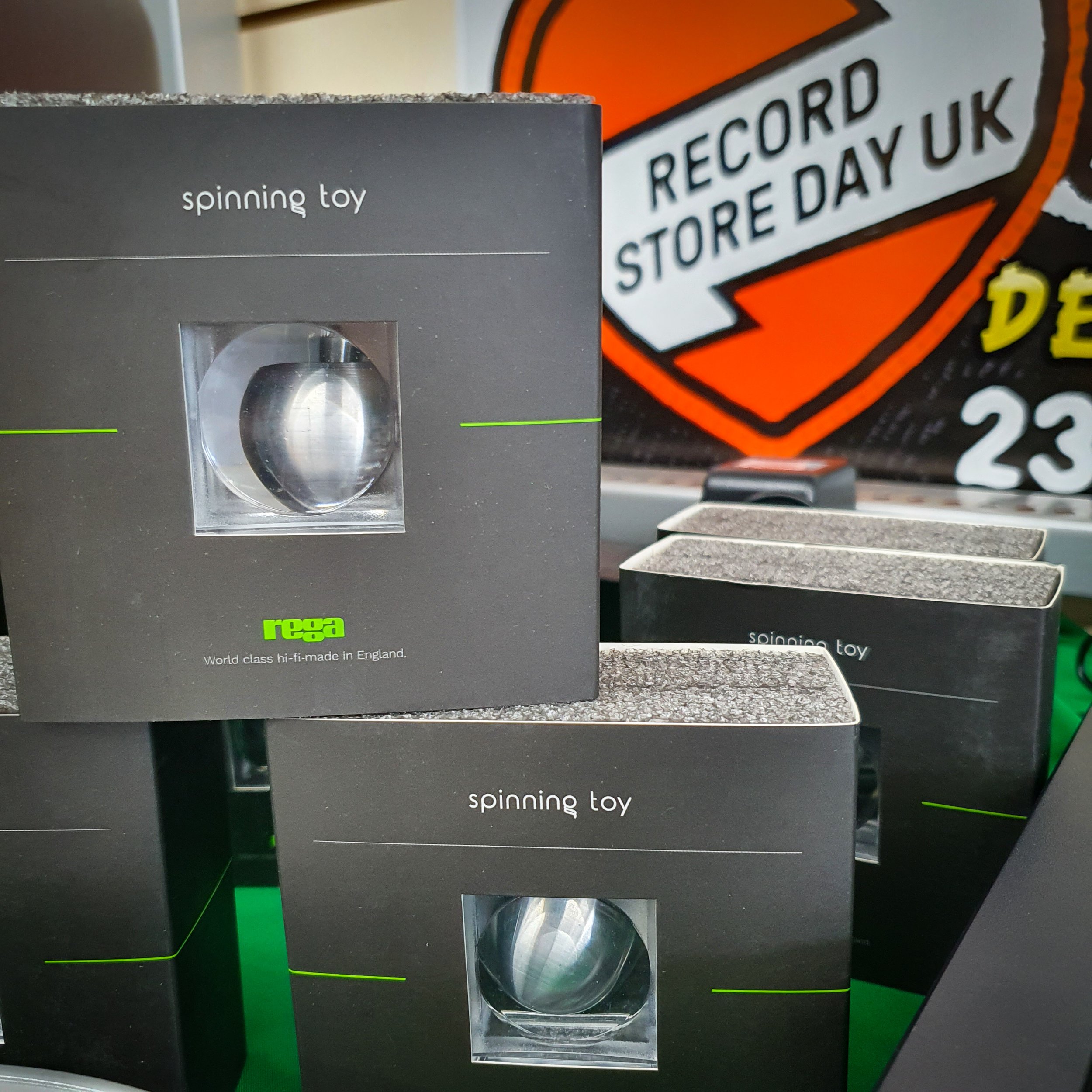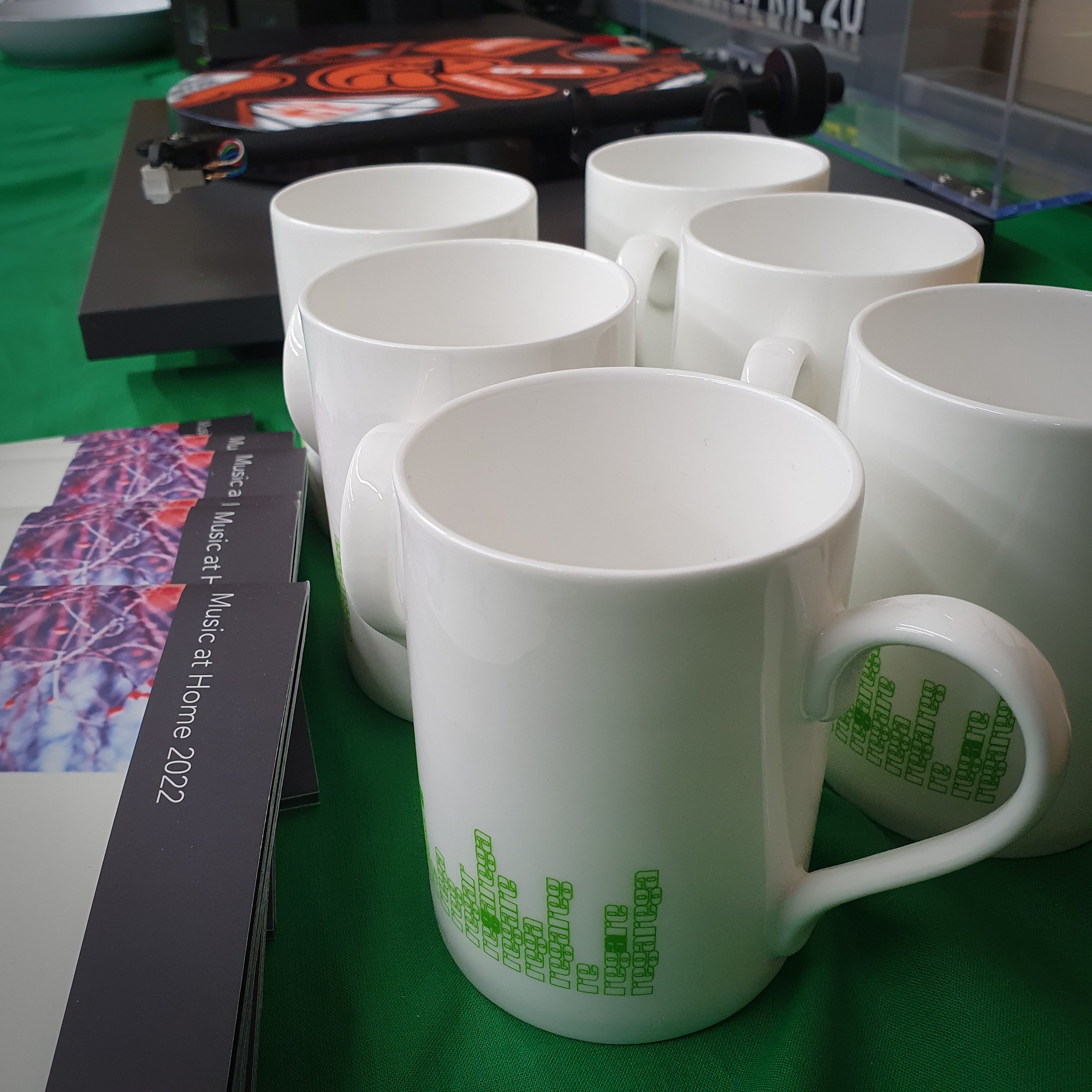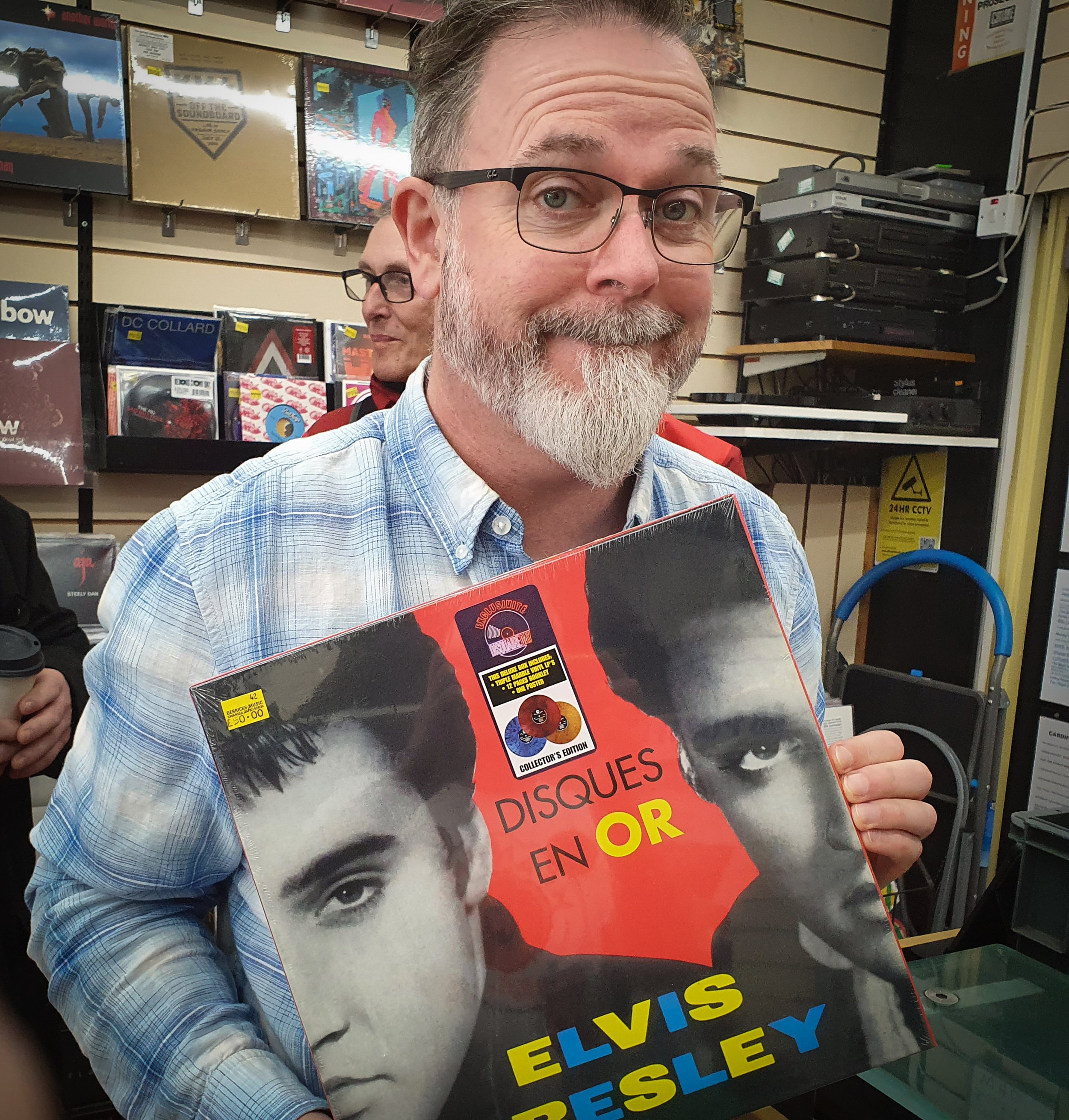Are all turntable cartridges the same? A study of the Audio-Technica VM95
/With the popularity of vinyl growing on what seems to be a daily basis, it’s unsurprising that you’ll see more and more content online featuring those wondrous discs that many of us cherish above all other possessions. Social media is rife with record players in almost all advertisement, whether it be a boutique hotel chain or a popular wine merchant, it would appear that vinyl records are the hottest appurtenance. As with any trend, comes a wave of younger and uninitiated enthusiasts, eager to get their hands on the latest buzz items…
As we know, not all turntables are created equal. To repurpose a well known phrase from legendary tattoo artist, Norman Collins (Aka Sailor Jerry) -”Good hi-fi ain’t cheap and a cheap hi-fi ain’t Good”. Obviously, in the original quote he was talking about tattoos, but the sentiment remains the same. We’re all too aware of a certain brand of turntable, born of a furniture manufacturer, that comes in the form of the portable suitcase design, playing on the current trend of mid-century nostalgia and certainly working on the “style over substance” ethos. Frankly, these systems sonically retain all the charm and clarity of an old tin can… I ask myself, “Why buy records at a starting price of £20 and upwards and then play them on a cheap system that lacks depth and soundstage, not to mention bass?!”. This is of course not to say that you have to break the bank with your hi-fi system, especially when looking at your first set-up. There are countless options out there, but it’s just knowing where to start. And what better place than the cartridge?
After a recent conversation with a customer who was enquiring about entry to mid-level turntables, we had gotten on to the subject matter of cartridges. Now this has obviously been a hot topic throughout Audio T recently with Manchester’s excellent blog explaining the difference between Moving Magnet (MM) and Moving Coil (MC) Cartridges, not to mention Swansea’s article of discovery, answering their customer’s enquiry, Do you need to stick with the same brand of cartridge when replacing your existing one?
So, in the conversation with my customer, who was novice to the world hi-fi and turntables, he said “I keep seeing record players with a green stylus. Is that any good?” Instantly I knew he was talking about the humble Audio-Technica AT-VM95E. I explained that it is a true workhorse of a cartridge and considered to be one of the best within its price bracket. “But do I have to have a green one? I’ve seen the same cartridge in different colours.”… Oh dear boy, sit down and let me explain to you the story of one of the most popular selling cartridges worldwide. The Audio-Technica AT-VM95…
A Brief History of Audio-Technica…
Tokyo’s Bridgestone Museum of Art (1952)
During the early 1960s, Hideo Matsushita, curator of the Tokyo Bridgestone Museum of Art, was well known for hosting listening concerts within the walls of the newly constructed Bridgestone Building. Here, people would experience vinyl records played on high-quality audio equipment. Matsushita moved by the positive reactions that the guests had to the musical experience, but dismayed with the expense of high-fidelity listening and how it prevented many people from experiencing it, felt that something needed to be done to change this…
Audio Technica founder, Hideo Matsushita
In 1962, Matsushita founded Audio-Technica based within rented one-storey apartment in the Shinjuku district of Tokyo. The company had a single vision; producing high-quality audio that would be accessible to everyone. Matsushita soon created a truly affordable phono cartridge, the AT-1.
Building on this passion, Audio-Technica have grown to design critically acclaimed headphones, turntables, cartridges and more. To this day, Audio-Technica remains a family business that retains the belief that high-quality audio should be accessible to all…
Meet the family…
As already mentioned, the popular AT-VM95E is a staple cartridge for many turntable manufacturers around the globe as it offers high-quality sound at an affordable price. Taking their deep historical roots in the phono cartridge industry, Audio-Technica continue to offer innovative products to all, this being demonstrated in release of the AT-VM95 family of cartridges.
AT-VM95SH Cartridge cross-section
The six, yes that's right six AT-VM95 Series models all feature Audio-Technica’s patented Dual Magnet design, which duplicates the “V”-shaped arrangement of the magnets in the cutter head and precisely positions the magnets to match the positions of the left and right channels in the groove walls. The Dual Magnet construction provides superior channel separation, stereo imaging, frequency response and tracking of the record groove. A newly designed coil constructed of TPC (tough pitch copper) wire provides increased output voltage, and a new radial damping ring improves both transient and frequency response. Ok, that’s all good and well, but unless you have a physics degree or electronics qualification, you might be staring blankly into space right now… So what does it all mean?
The AT-VM95 Models
AT-VM95C with conical stylus - The series’ entry model features a 0.6 mil conical stylus (spherical on the end, more like a ball-point pen). Whilst it improves on the sonic performance of its predecessors, the AT91 and AT91R, the spherical shape of the conical stylus means it has a large radius. This means they can reach less of a record’s tiny groove modulations which are associated with higher frequencies and more detail. There are however benefits of this design - They can pick up less debris and imperfections that may lay deep in the record’s groove. Let’s say that you are listening to older or possibly more damaged records. In theory, you’ll hear less pops and clicks during playback.
AT-VM95E with elliptical stylus - Successor to the legendary AT95E cartridge, the AT-VM95E offers a higher output level, improved dynamic range and frequency response. It is also the first cartridge in the family to feature an elliptical stylus (also known as a bi-radial stylus). An elliptical stylus, because of its shape makes better contact with a larger area of the grooves on a record’s surface. So, it’s a little more precise than a conical stylus. An elliptical stylus generally has improved frequency response and lower distortion. Because a record’s inner grooves can be hard to track, an elliptical stylus tends to be the best bet. The one drawback to this design, is that elliptical styli tend to wear down quicker than a conical stylus. But Audio-Technica still quote a range of 300 to 500 hours of playback with the AT-VM95E, so I wouldn’t worry too much about that.
AT-VM95EN with nude elliptical stylus - The AT-VM95EN is a nude elliptical stylus. But what does that mean? In a conventional design of cartridge like the AT-VM95E, the stylus is a bonded (or jointed) diamond tip which is glued on to a metal shank that is itself glued into the hole of the cantilever. Nude styli, shaped from whole diamonds, are more costly than bonded styli, with their diamond tips “bonded” to metal shanks before finishing. But because of their lower mass, nude styli track more accurately, giving a more detailed sound and a longer life to the stylus.
AT-VM95ML with line contact MicroLinear stylus - The AT-VM95ML features a MicroLinear diamond stylus which is a more complex shape than the elliptical design, allowing it to reach further in to the groves, giving the sound of playback more detail and clarity.
AT-VM95SH with line contact Shibata stylus - The top of the line VM95 Series model comes with a line contact Shibata diamond stylus. Also known as fine line, stereohedron, hyperelliptical styli. Shibata diamond styli take the elliptical design further for greater contact with the record. When properly aligned they offer fantastic high-frequency performance, longer tip life (in some cases up to 2,000 hours), improved tracking, and low record wear. They are, however, harder to manufacture than elliptical styli, and therefore more expensive.
AT-VM95SP for 78 RPM records - The AT-VM95SP is optimized for 78 RPM disc playback. The groove of a 78 RPM record is about 3 to 4 times wider than the a typical 33 RPM record. To play 78 records, you must use a stylus designed specifically for the wider grooves. If a standard stylus tip were to be used, it will ride very low in the groove and produce a very noisy, unlistenable signal. Not to mentioned it will destroy your standard stylus very quickly! Buy hey, the likelihood of those new to the world of turntables and hi-fi are unlikely to be listening to 78 RPM records.
Styli and Cartridges and Headshells… Oh My!
If you’ve been and had a look at the AT-VM95 family on our website, you’ll notice that there are three varying options for each of the six different different models. These come as -
Interchangeable Stylus
Cartridge
Cartridge and Headshell Pre-mounted Combo Kit
So which one is right for you? Well this all comes down to what you’re trying to do…
If you’re replacing a worn stylus or perhaps upgrading your existing AT-VM95 stylus, then you can simply purchase the interchangeable stylus. The cartridge body of the AT-VM95 allows any vinyl enthusiasts to use the same cartridge with a variety of the above styli. It’s a incredibly simple process that can take just seconds. Watch the video below to see how…
If you’re replacing the cartridge on a turntable with a fixed head on the tonearm, a design incorporated by manufacturers such as Linn or Rega, then you will need the whole cartridge. The VM95 cartridges are designed for easy installation, thanks to threaded inserts in the cartridge bodies that allow them to be mounted to a tonearm using just two screws… No fiddly nuts here! You can see how our Swansea store tackled this in their aforementioned blog, Here.
If you happen to be replacing a cartridge on a turntable that has a separate headshell then you may prefer the Audio-Technica pre-mounted combo kit, which comes with the AT-HS6. A universal ½"-mount headshell for 4-pin turntable tonearms.
The Audio-Technica AT-VM95E pre-mounted on to the AT-HS6 headshell
To Summarise…
There are no right or wrong answers when it comes to selecting the ideal stylus/cartridge for yourself. Much like the turntables themself, every shape and design of the cartridge is a balance between performance, price, and application.
One thing is certain. The AT-VM95 family from Audio-Technica offers pretty much something for everyone! The interchangeable design of the body makes it easy for users to replace worn out styli and upgrade to the next level without fuss. Don’t forget that Audio-Technica offer a wide range of cartridges beyond the AT-VM95, and you can view them Here.
Hopefully you’ve found this article useful? Don’t forget that you can take terminology used within the descriptions of these cartridges and use them across all makes and models. You can find more cartridges, from a whole host of manufacturers on our website Here.
As always, Audio T are on hand to help with any enquiry you may have. So be sure to Contact Us with your questions and queries.
Thanks for reading
Brad Tyler (Audio T Digital Marketing Manager)
If you’ve enjoyed this, why not go ahead and read some more of our other blogs, and be sure to follow us on our social media channels below…
Audio Technica can be found at the following Audio T stores



